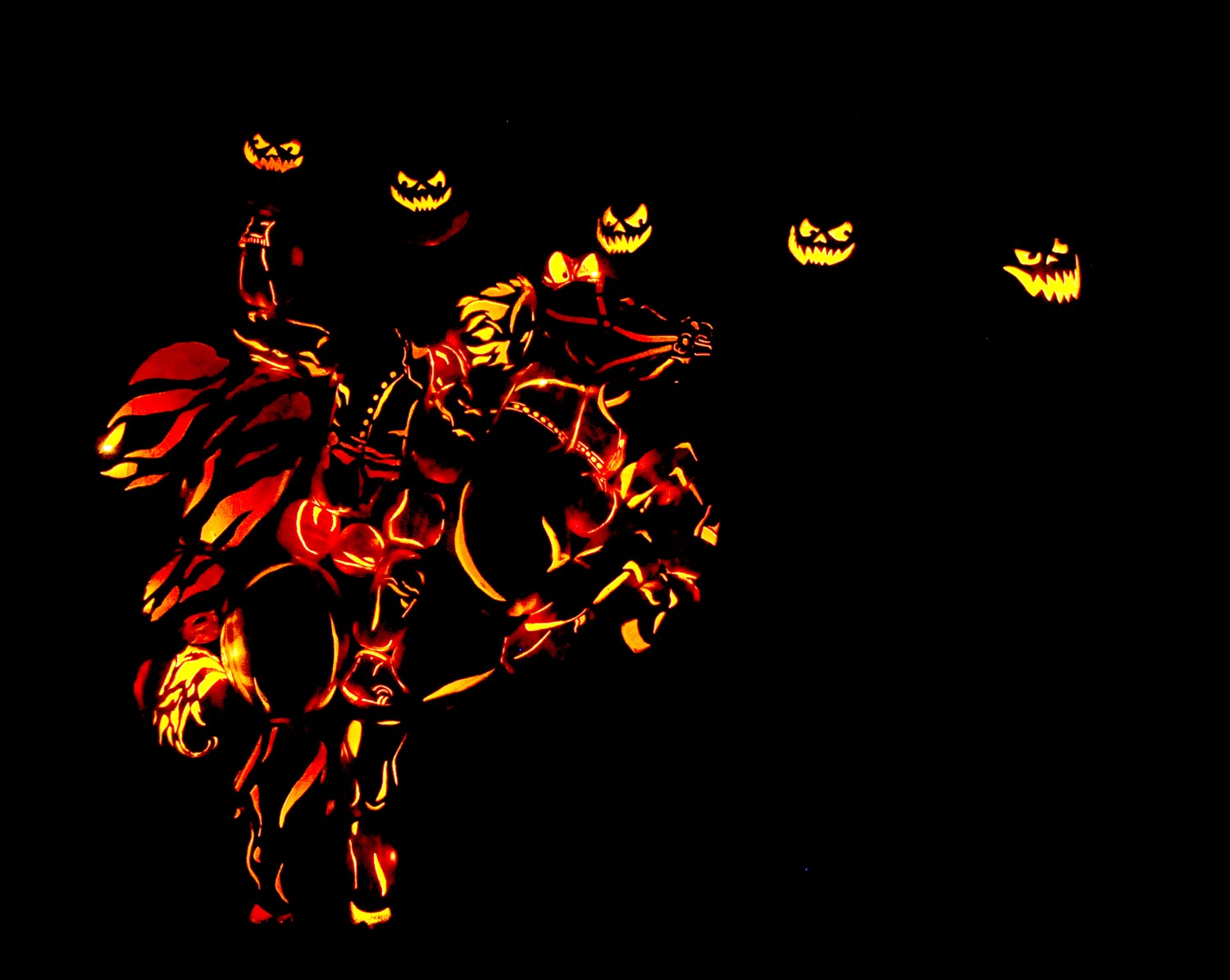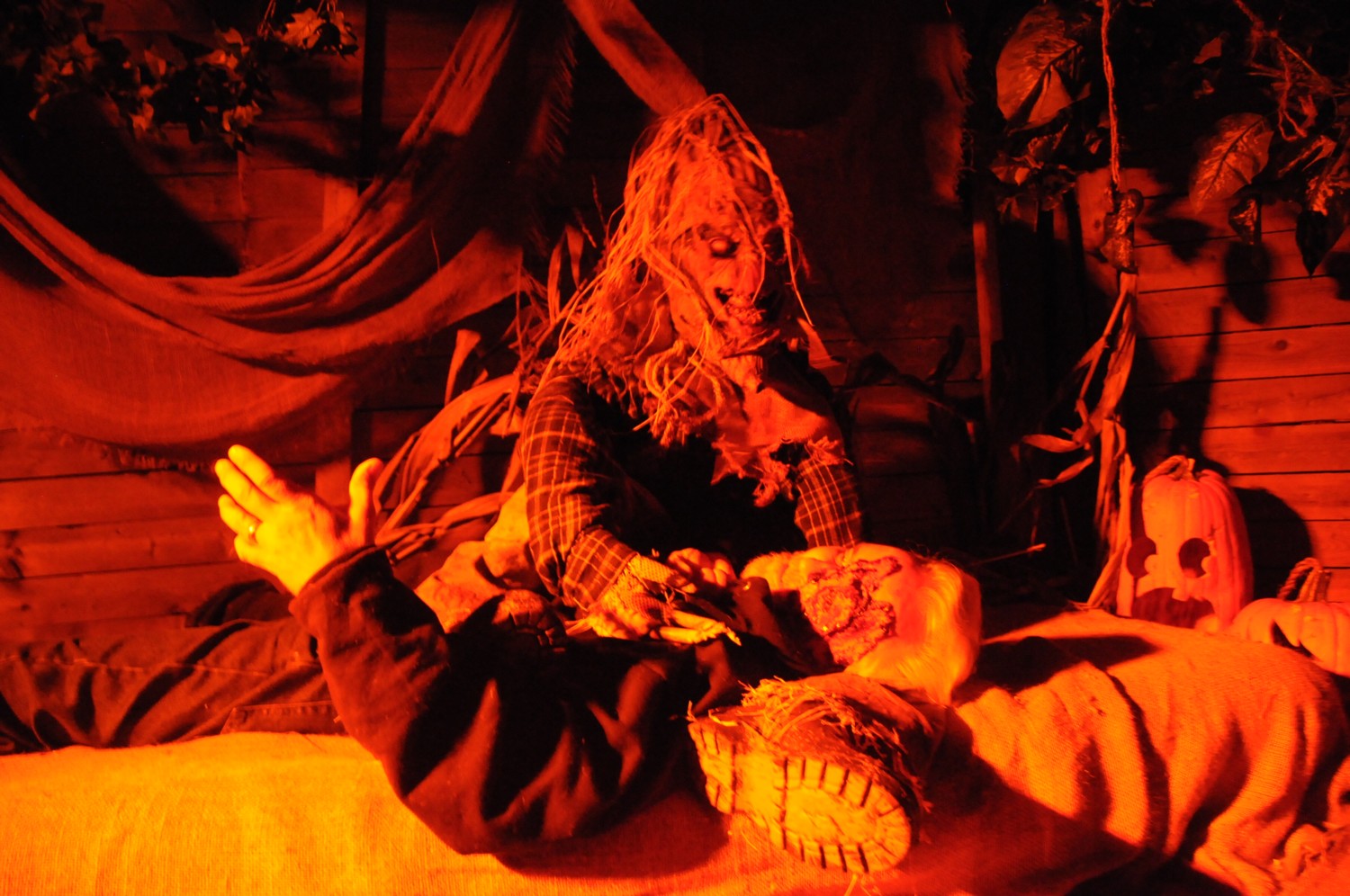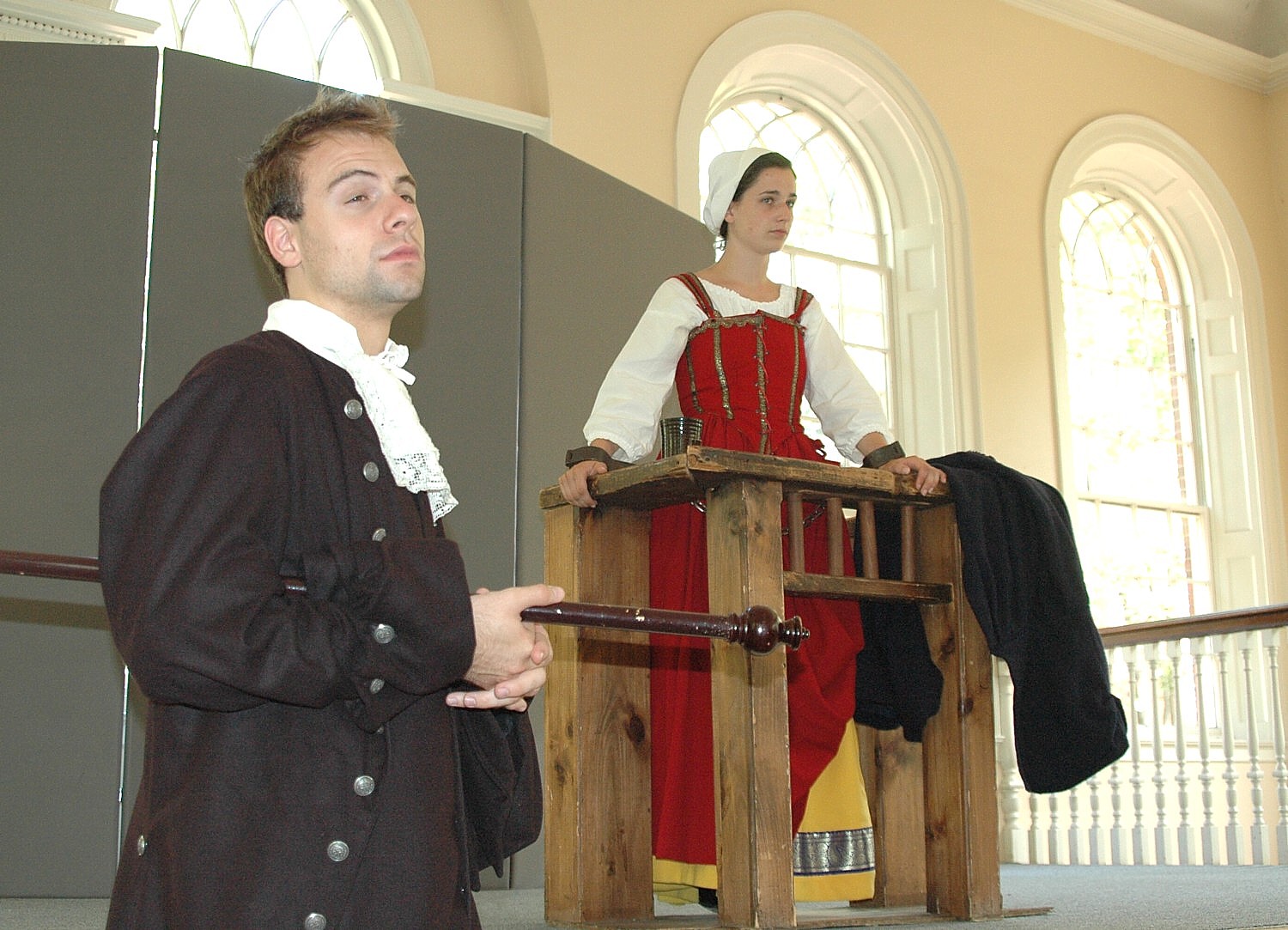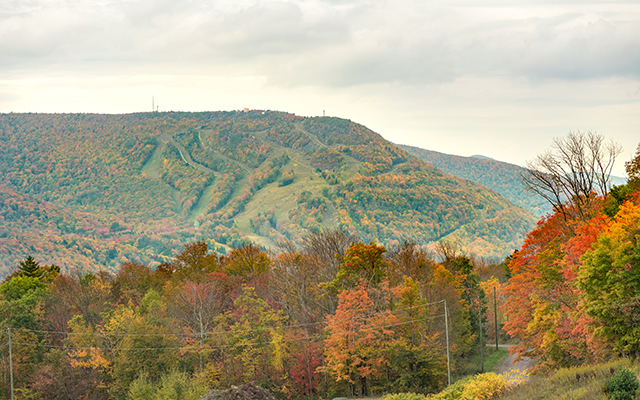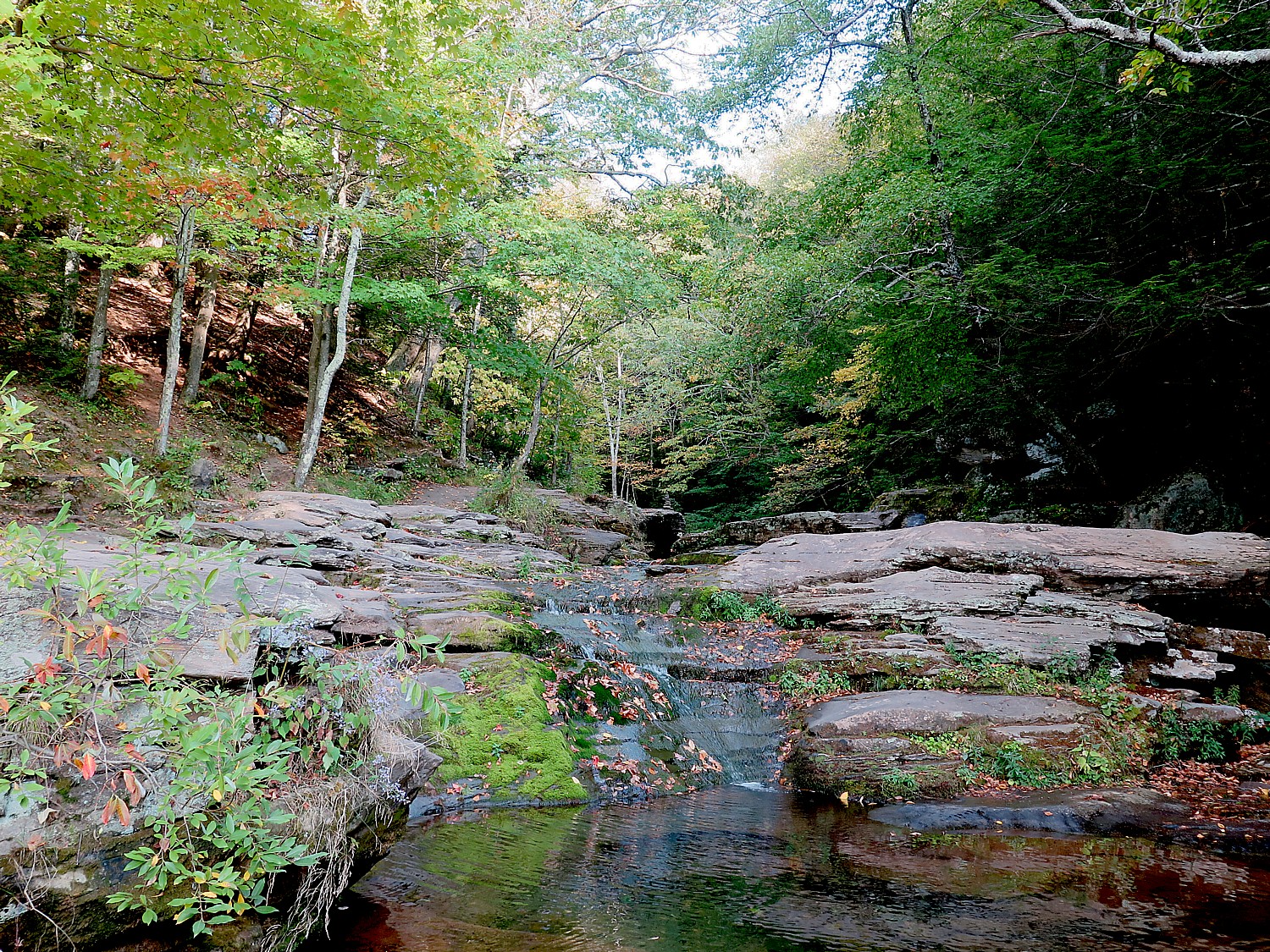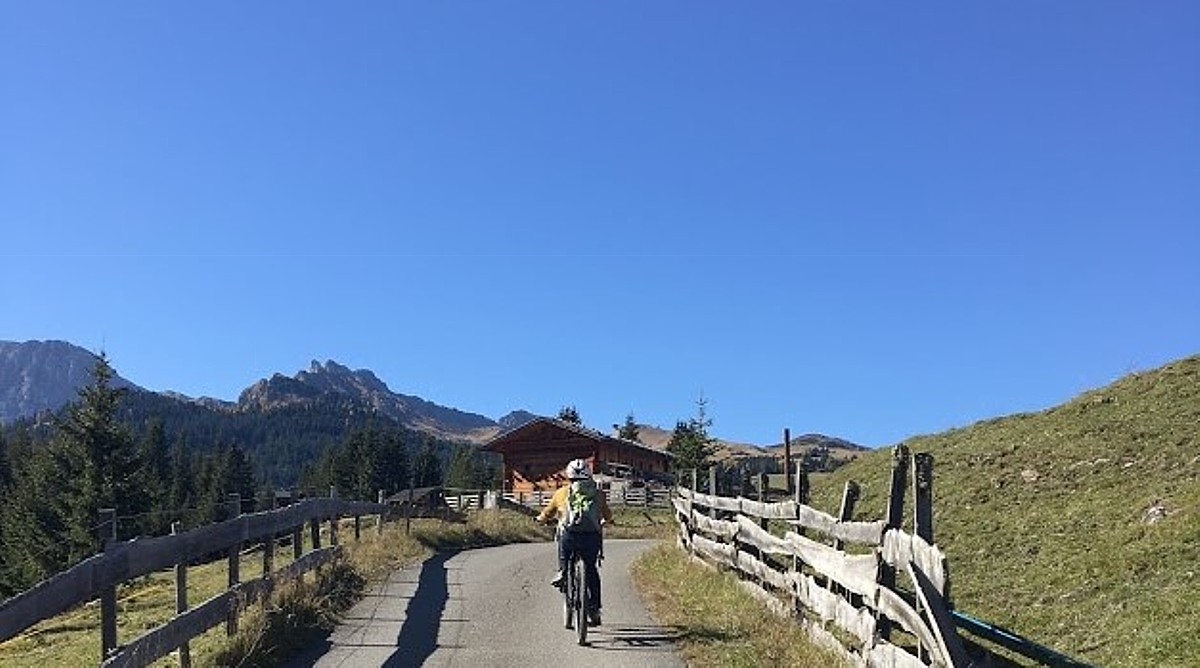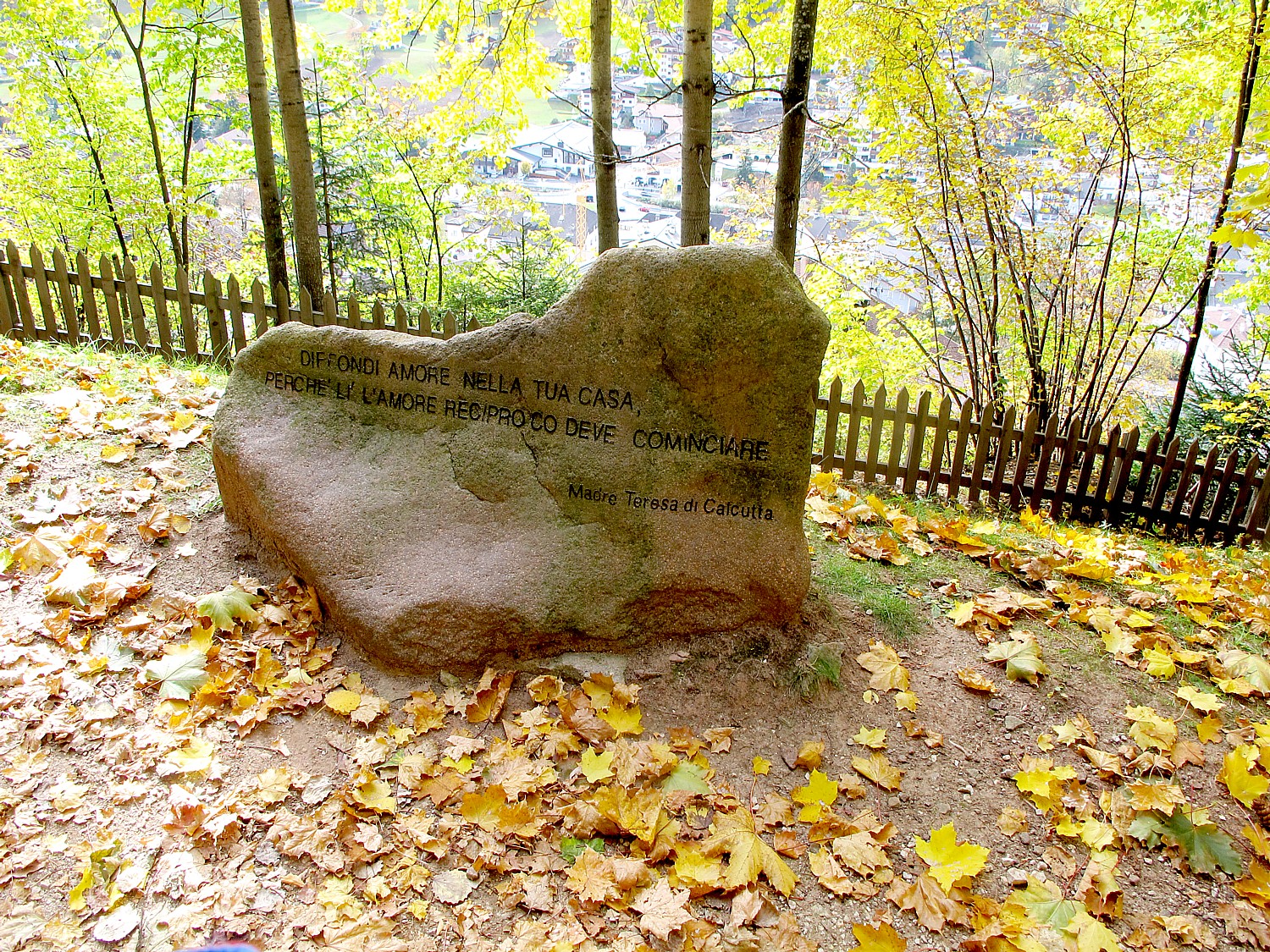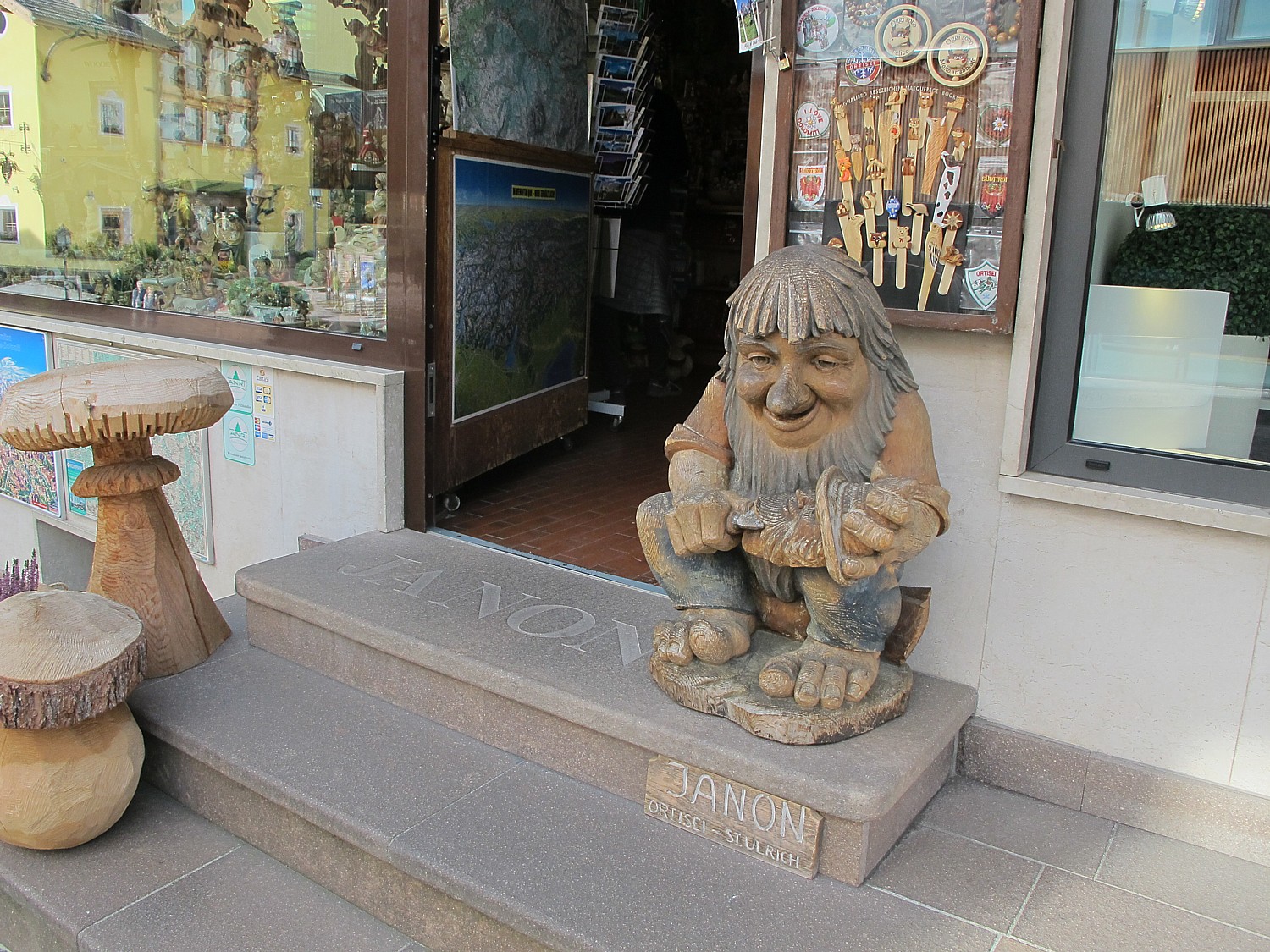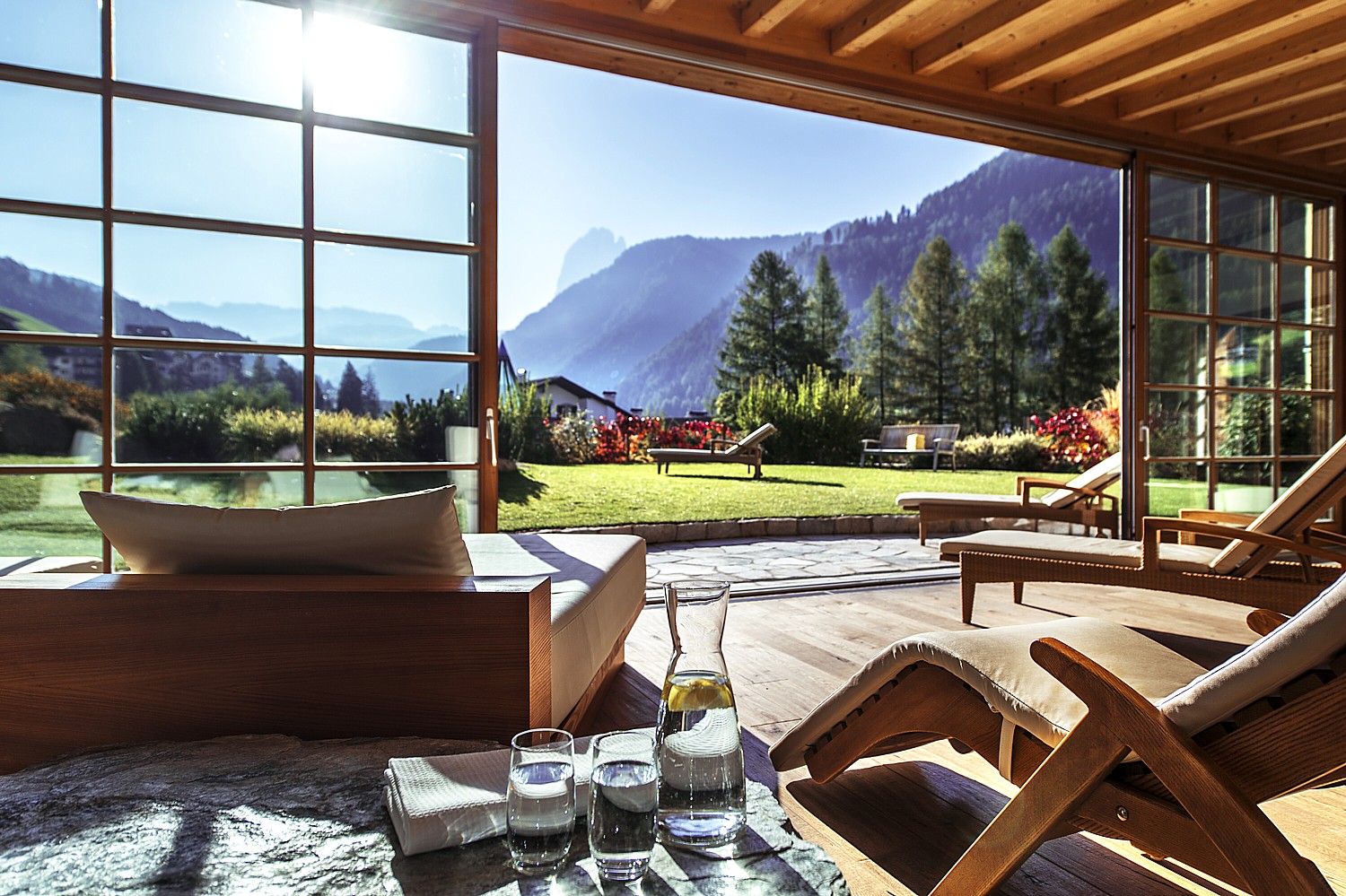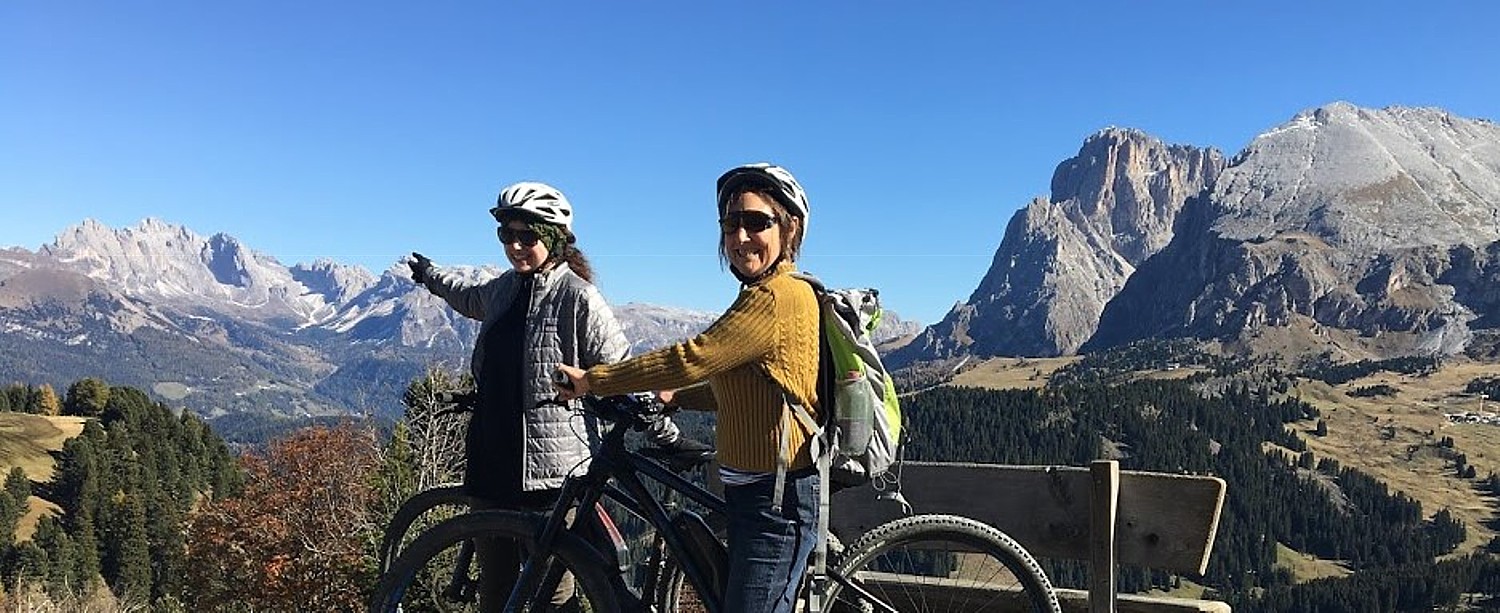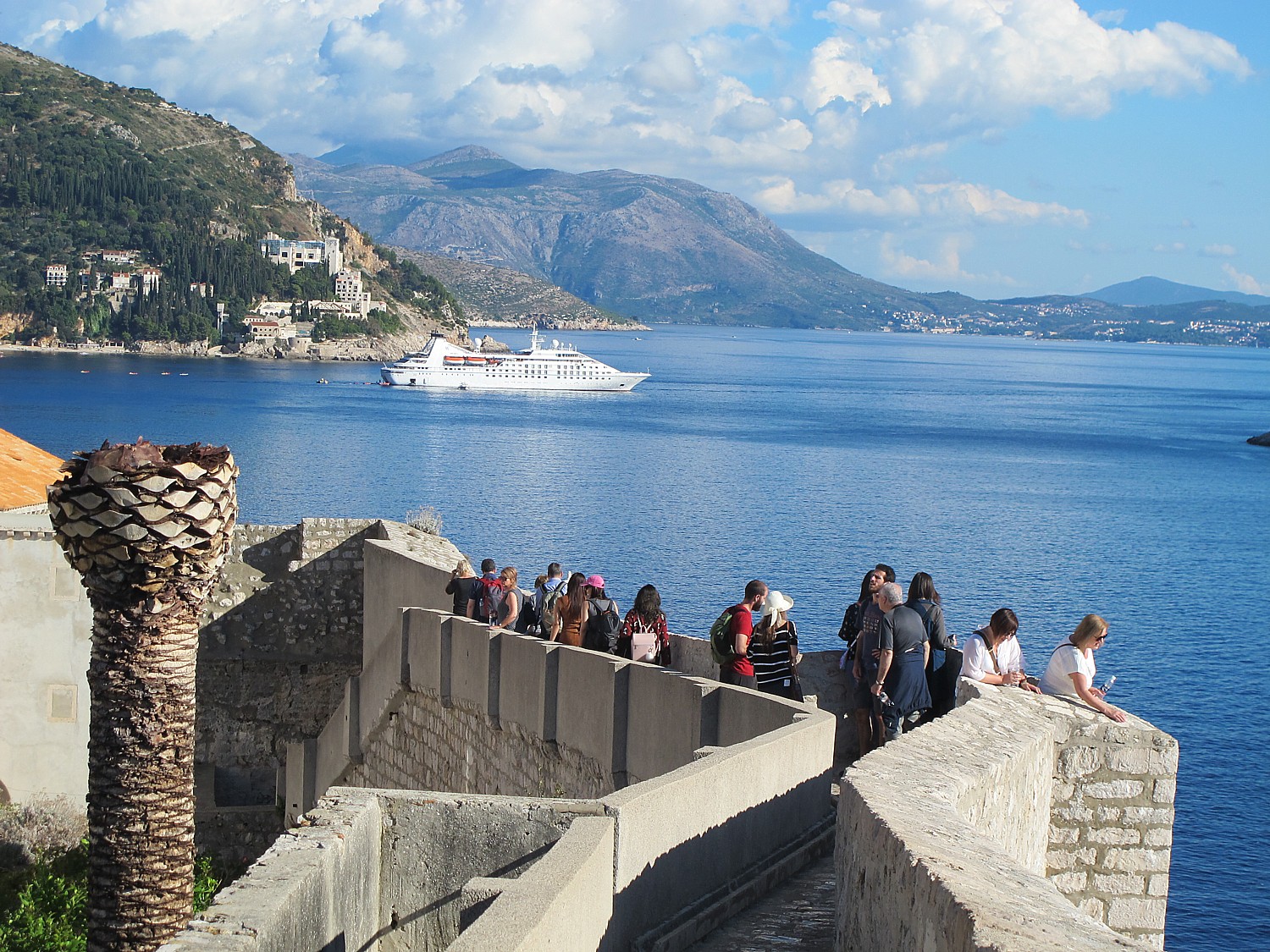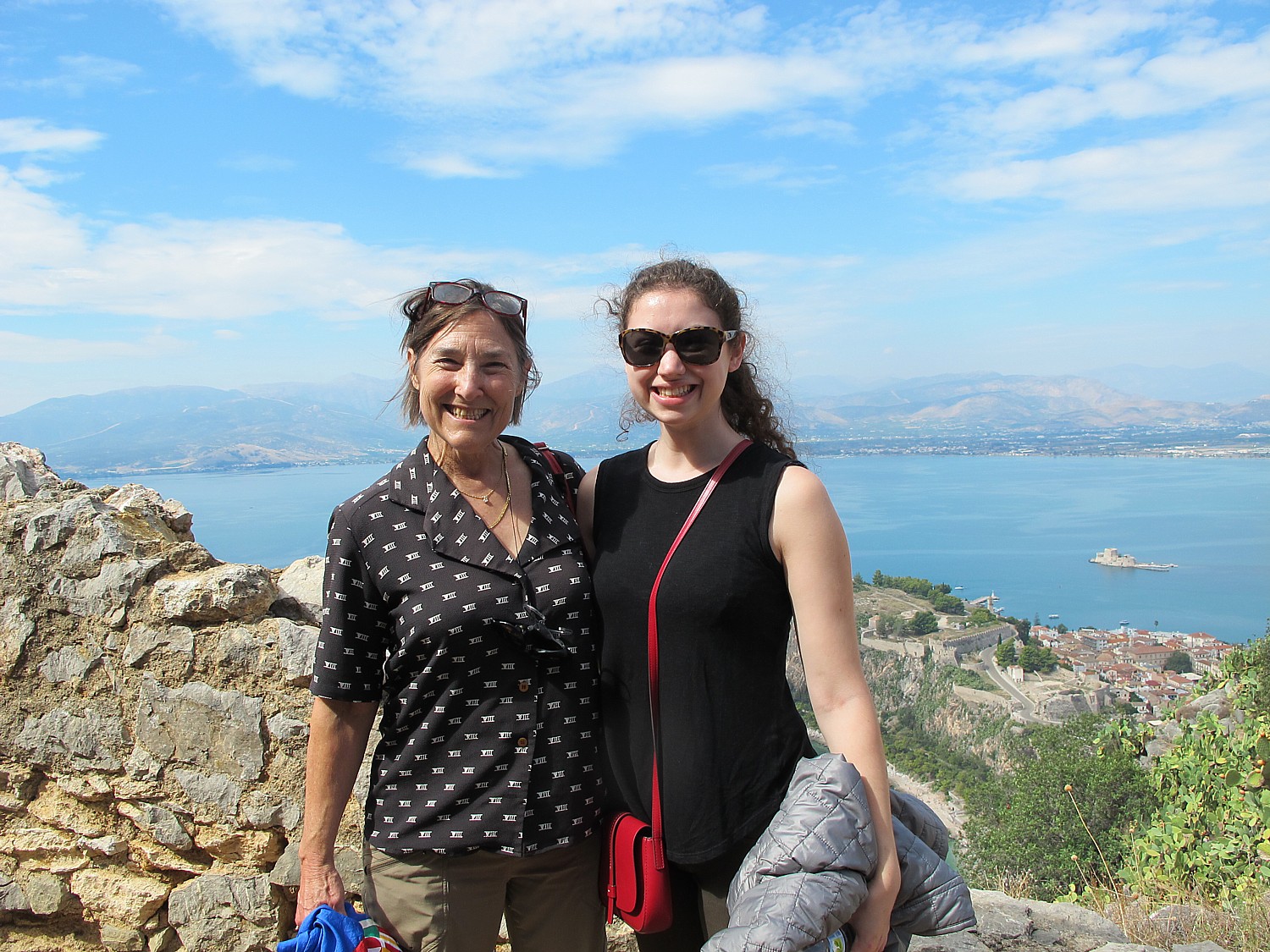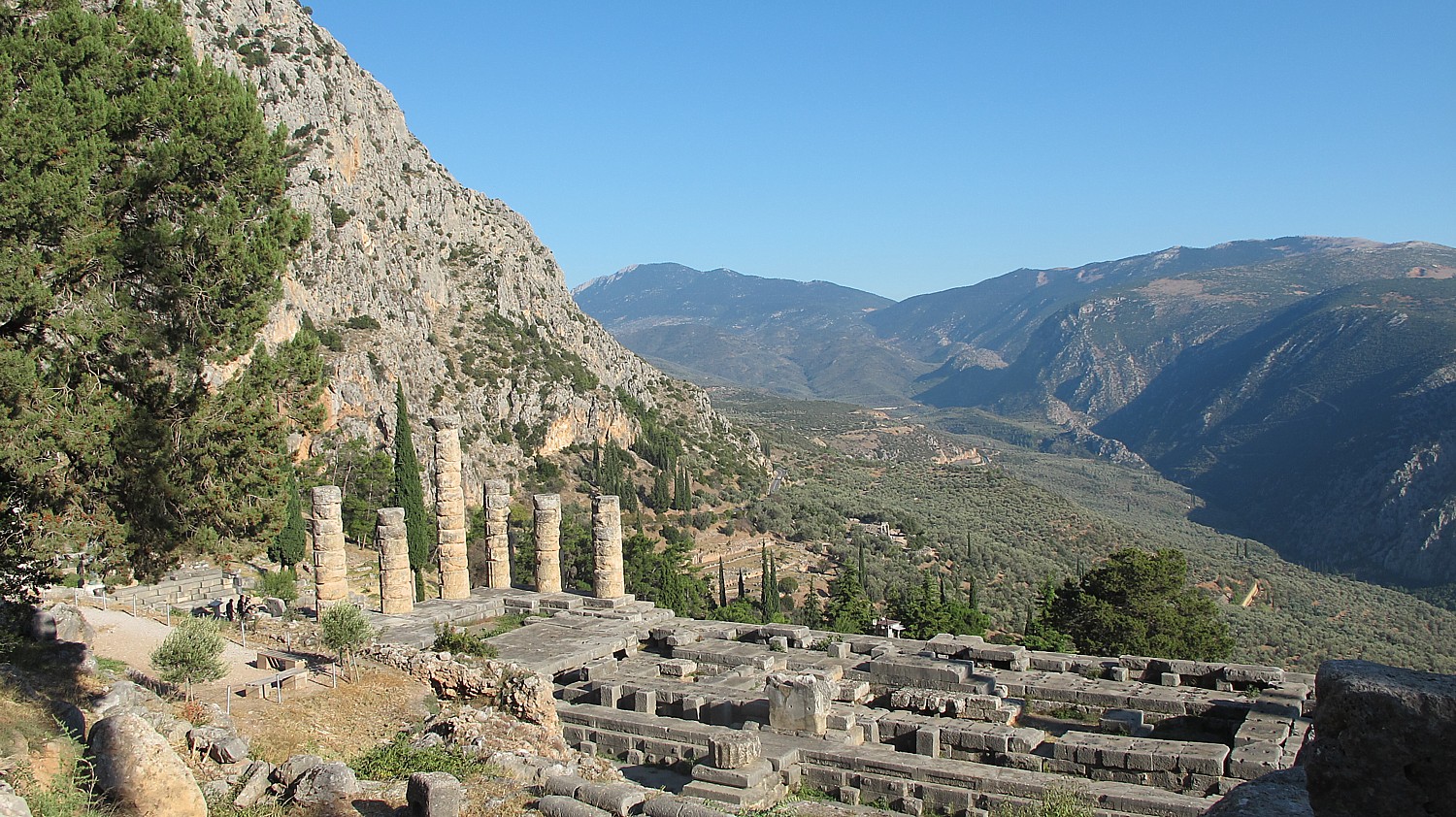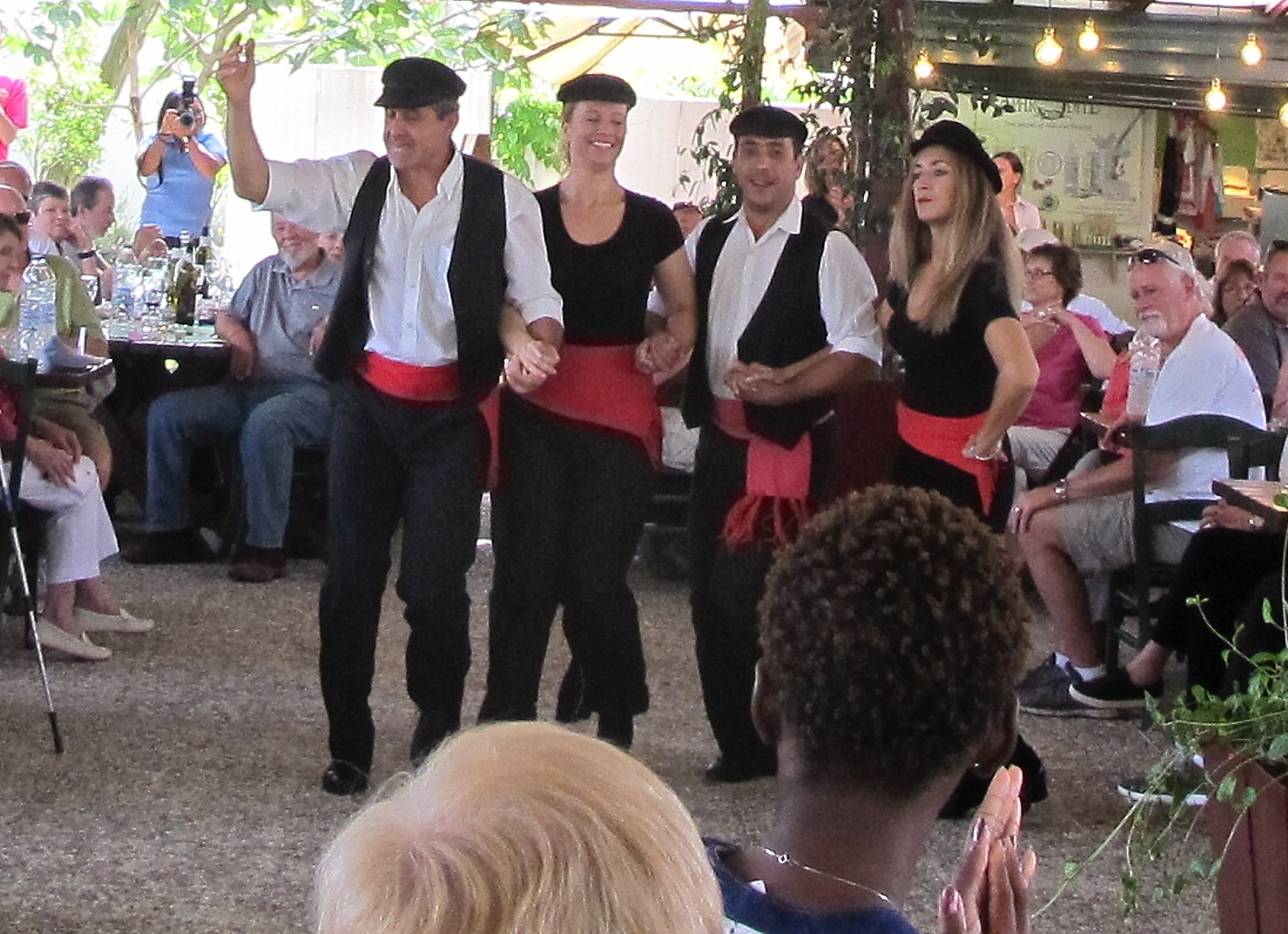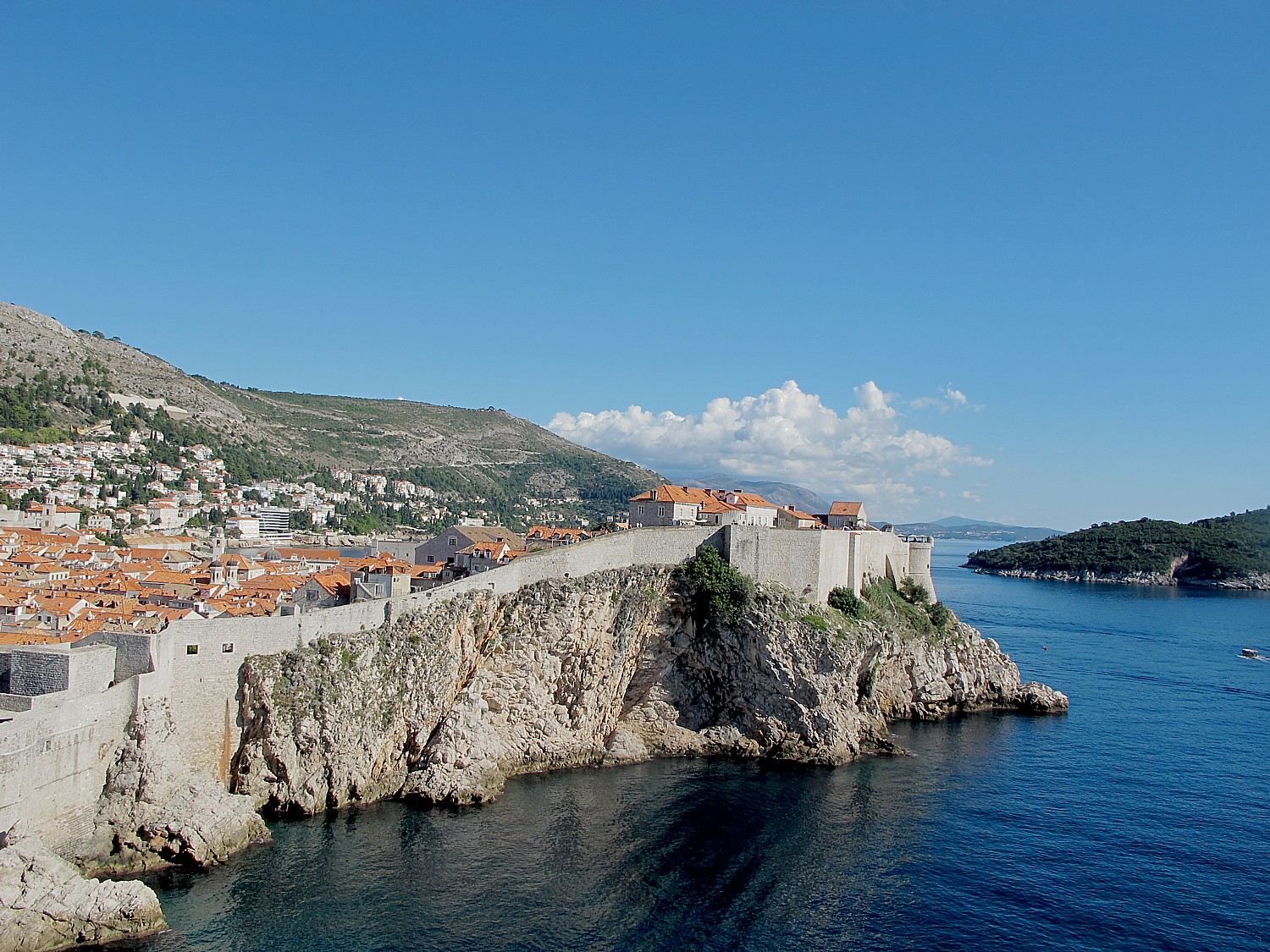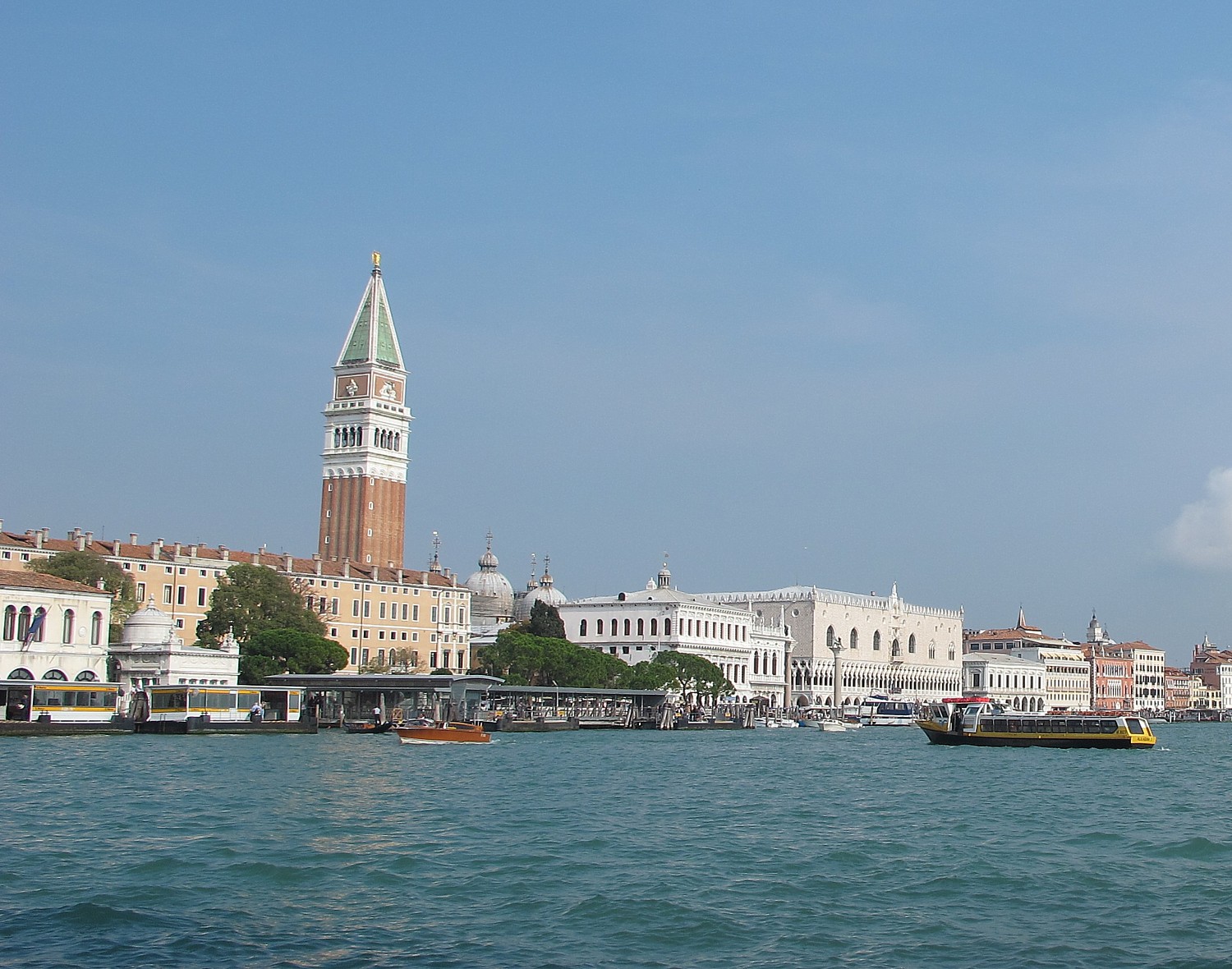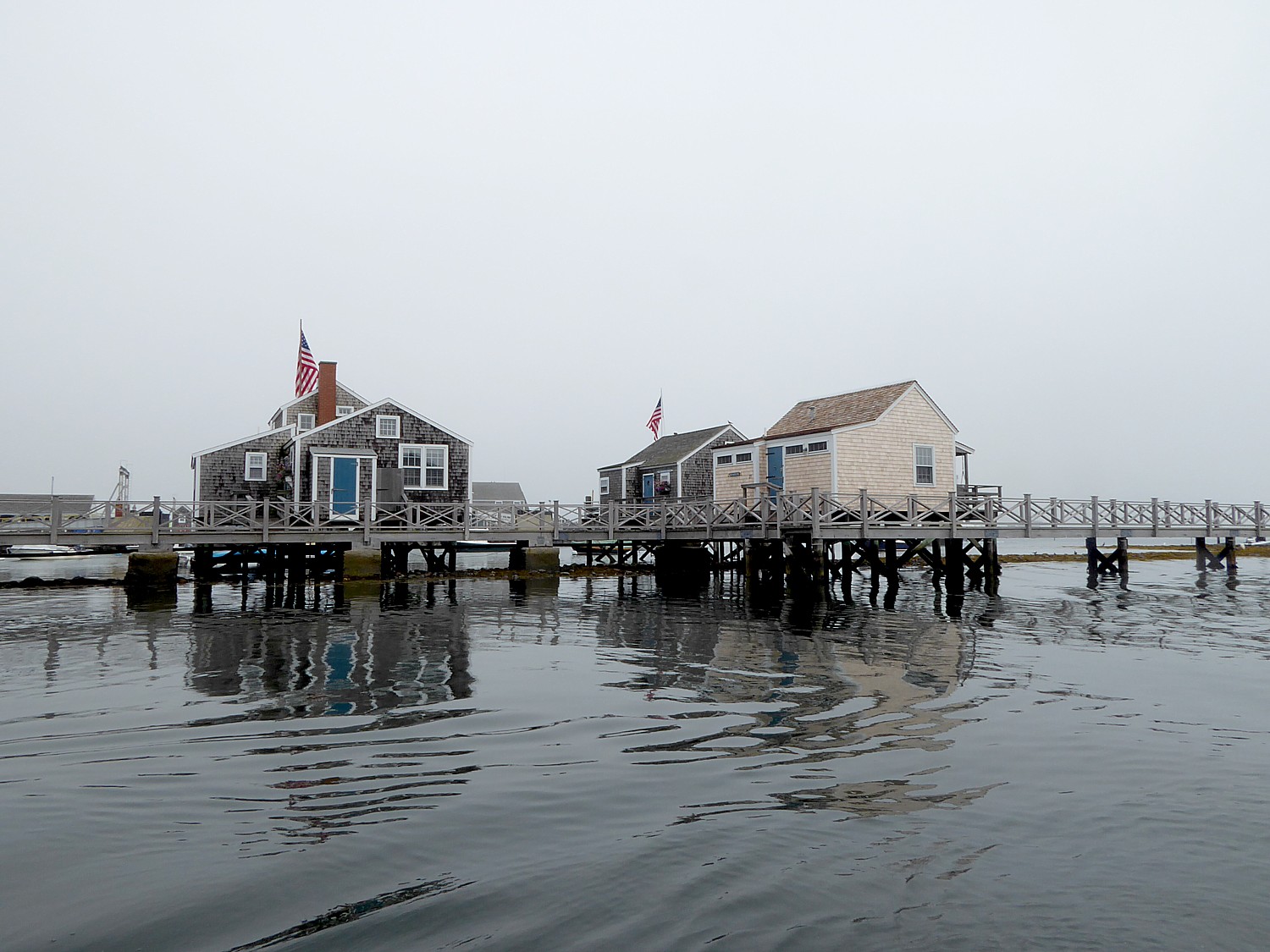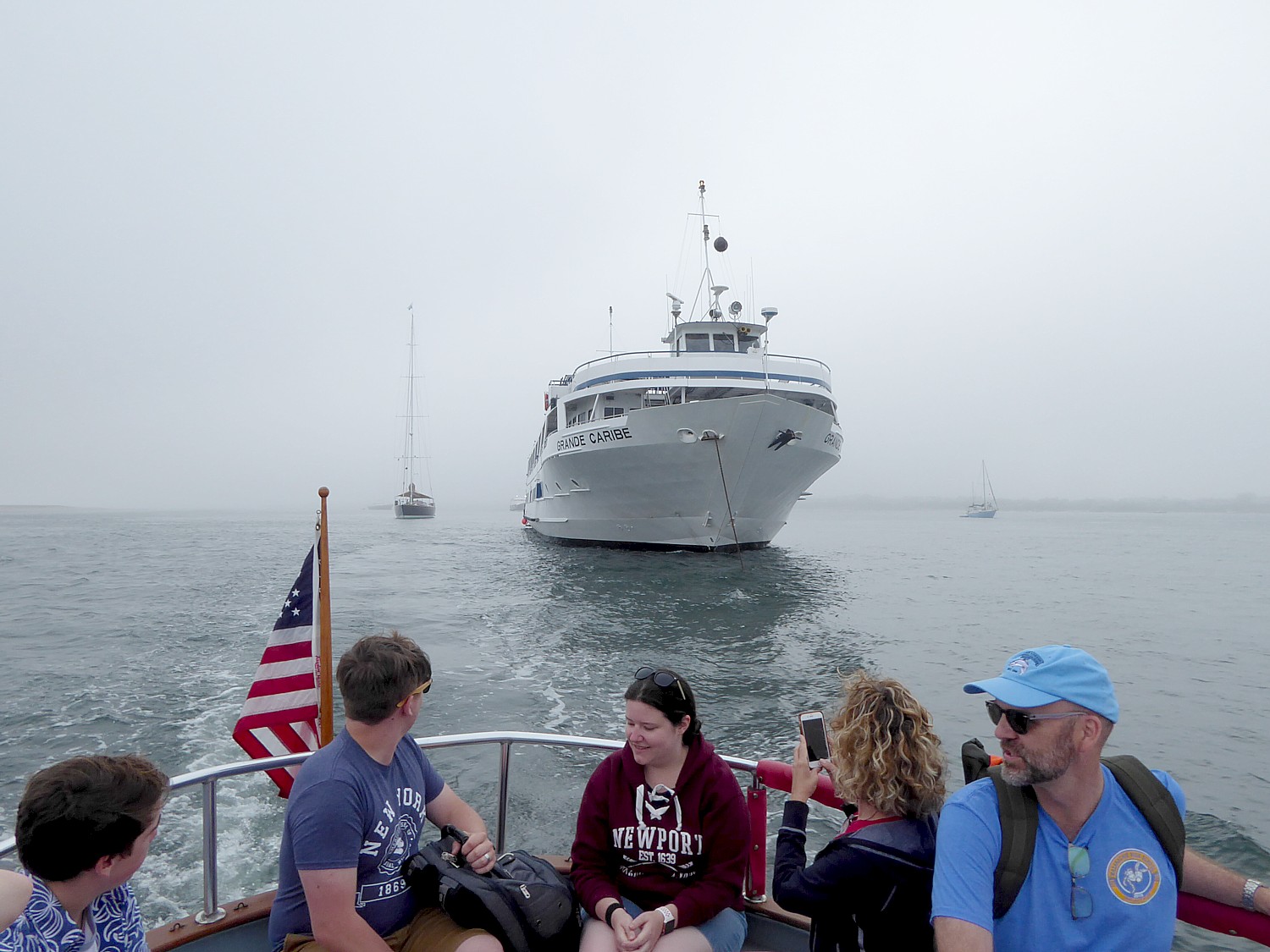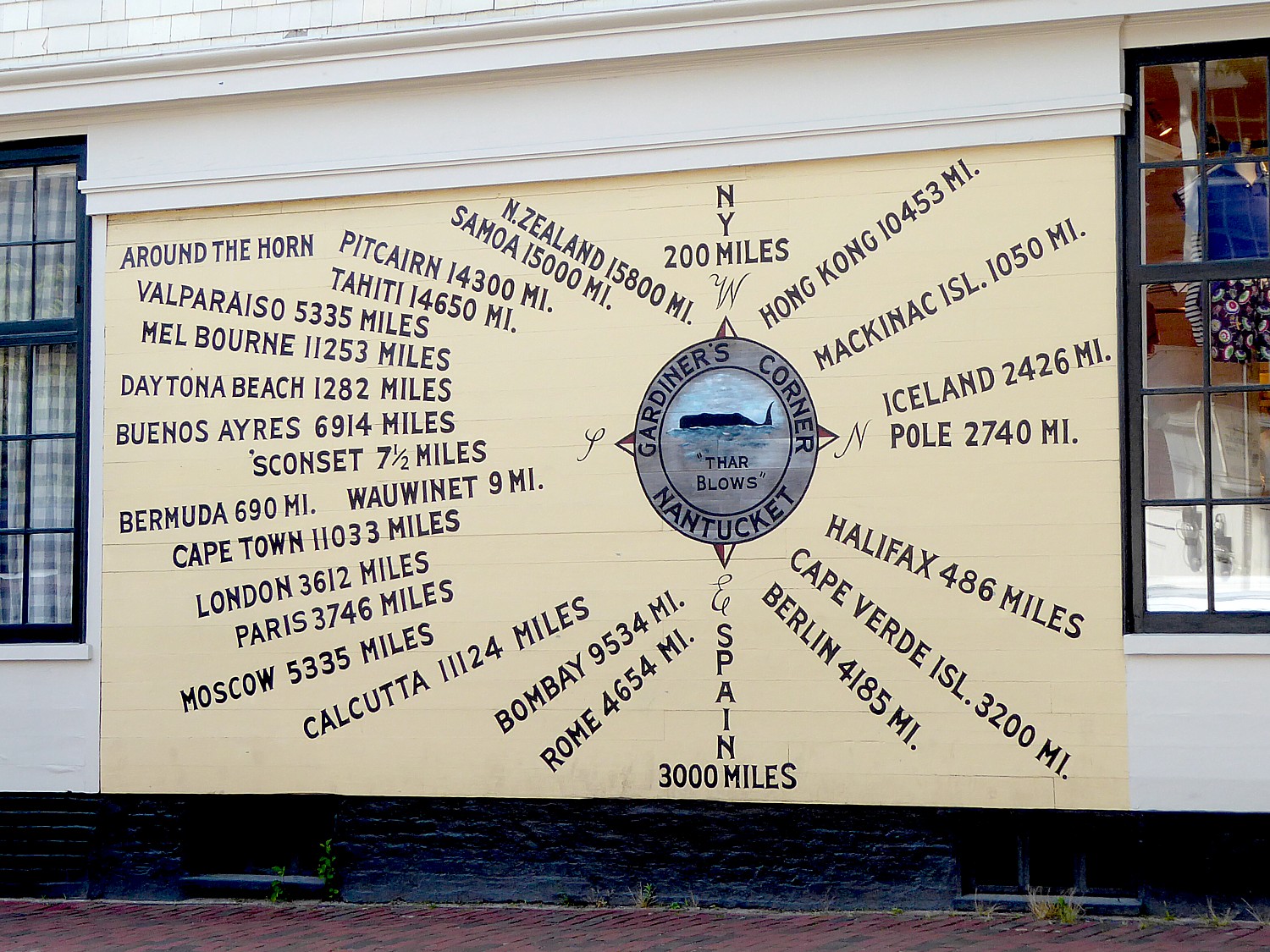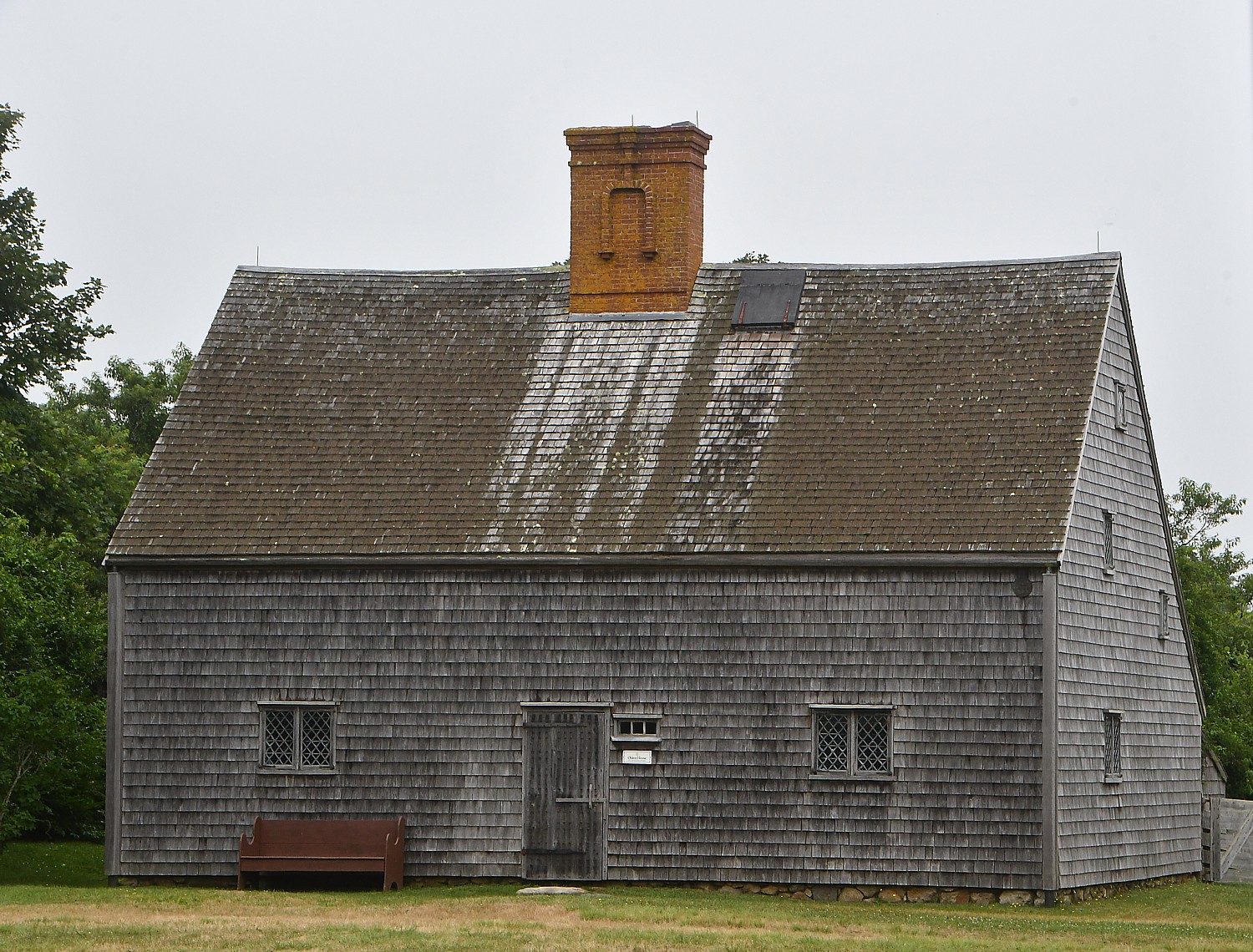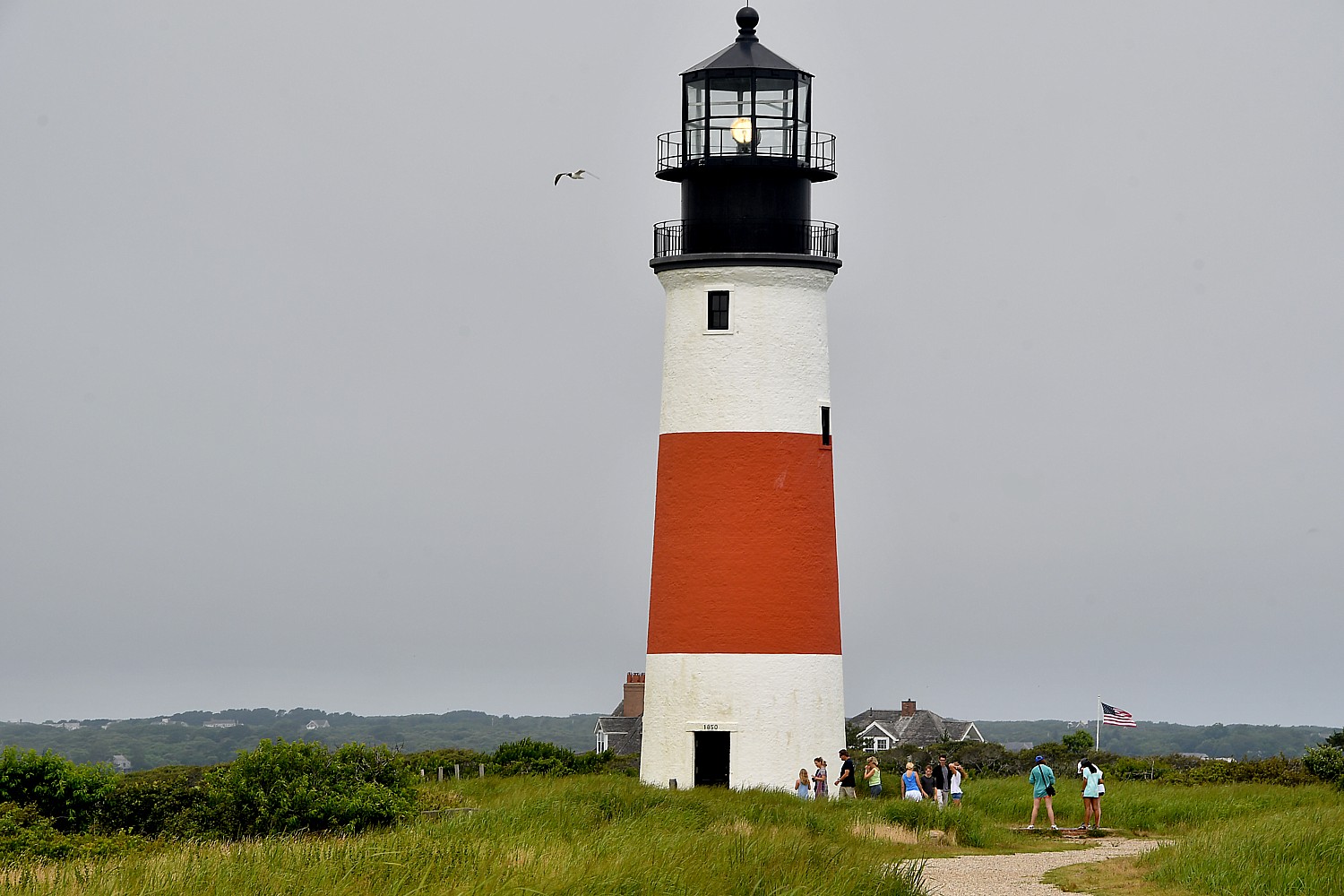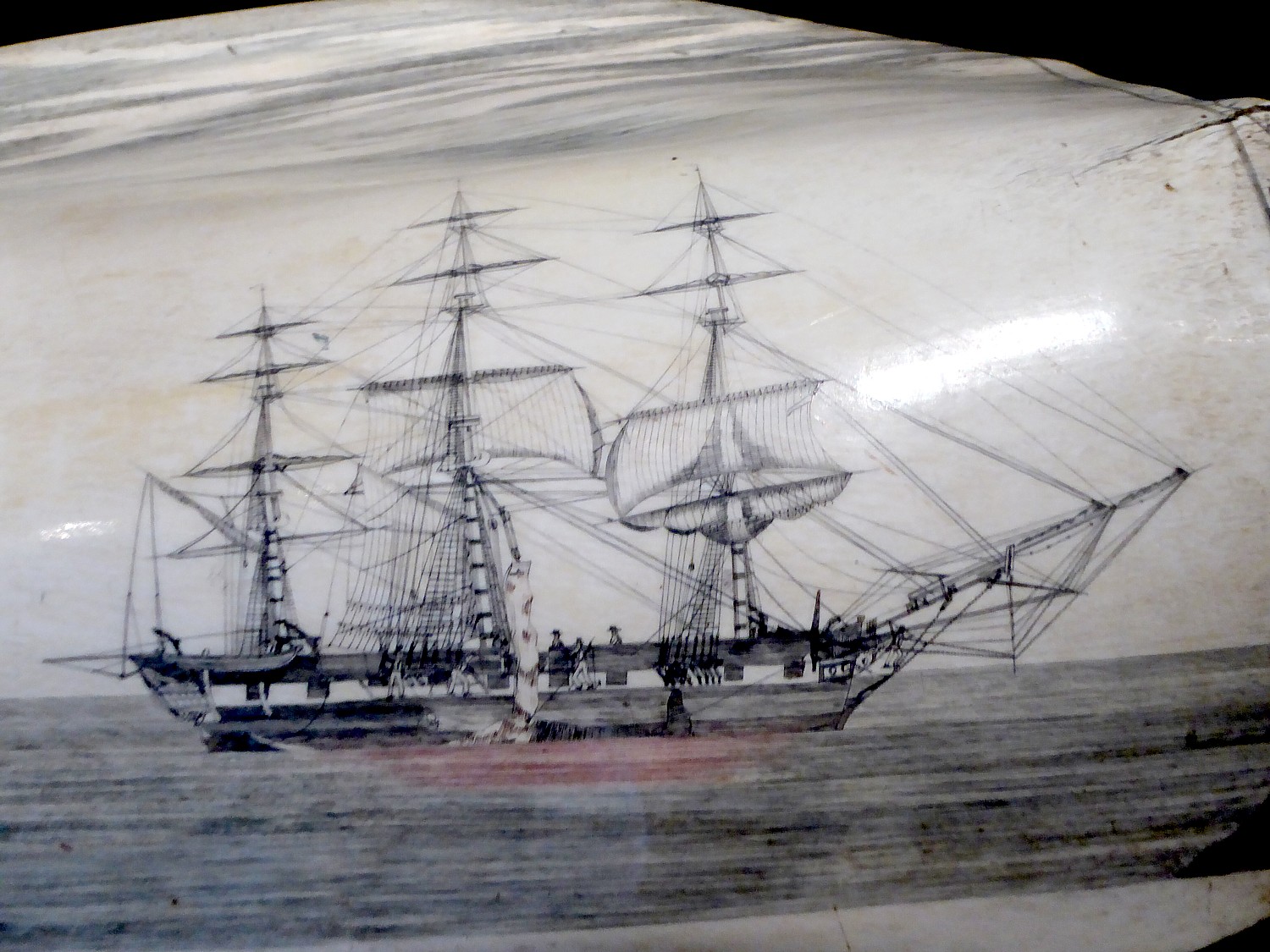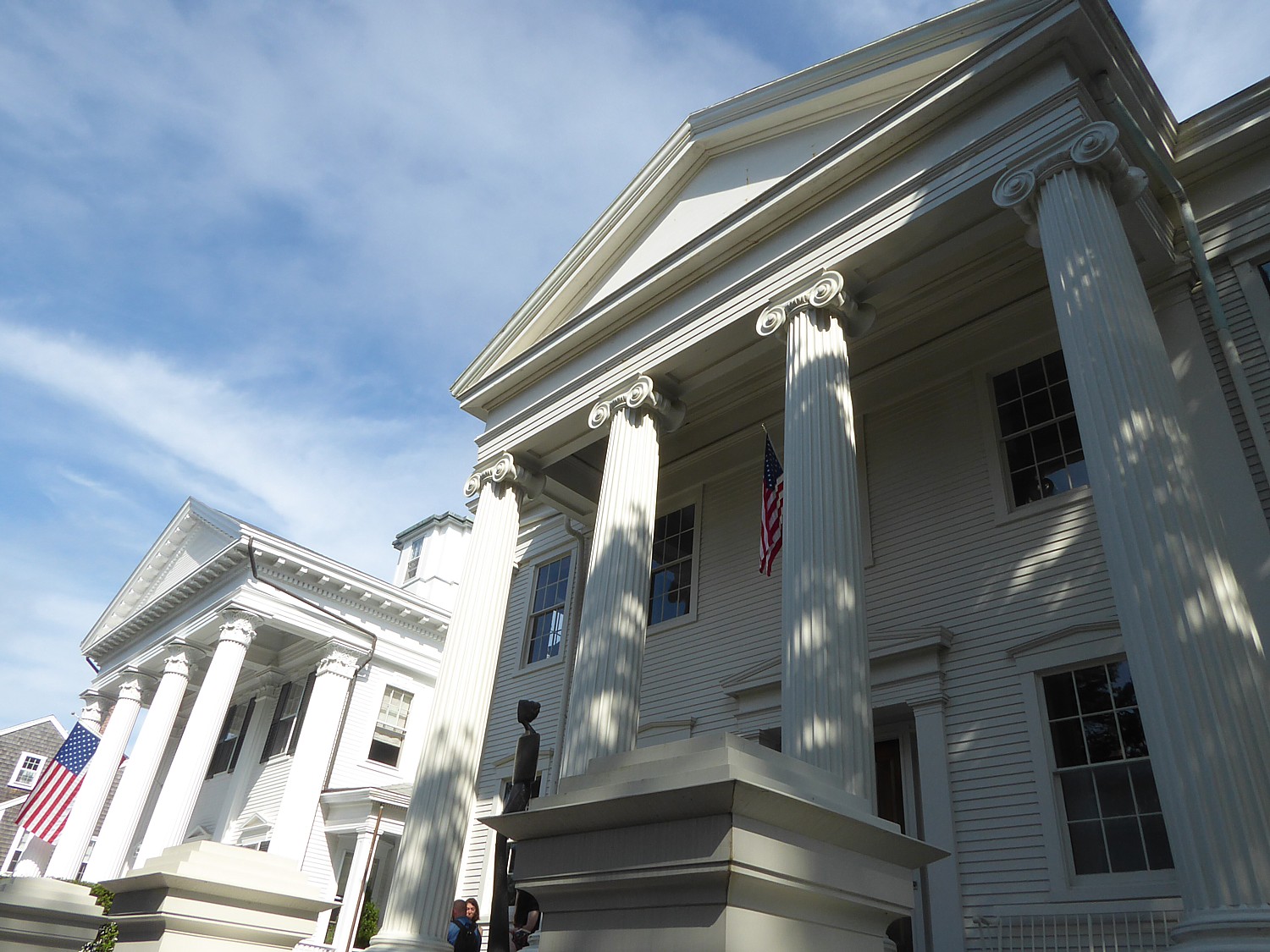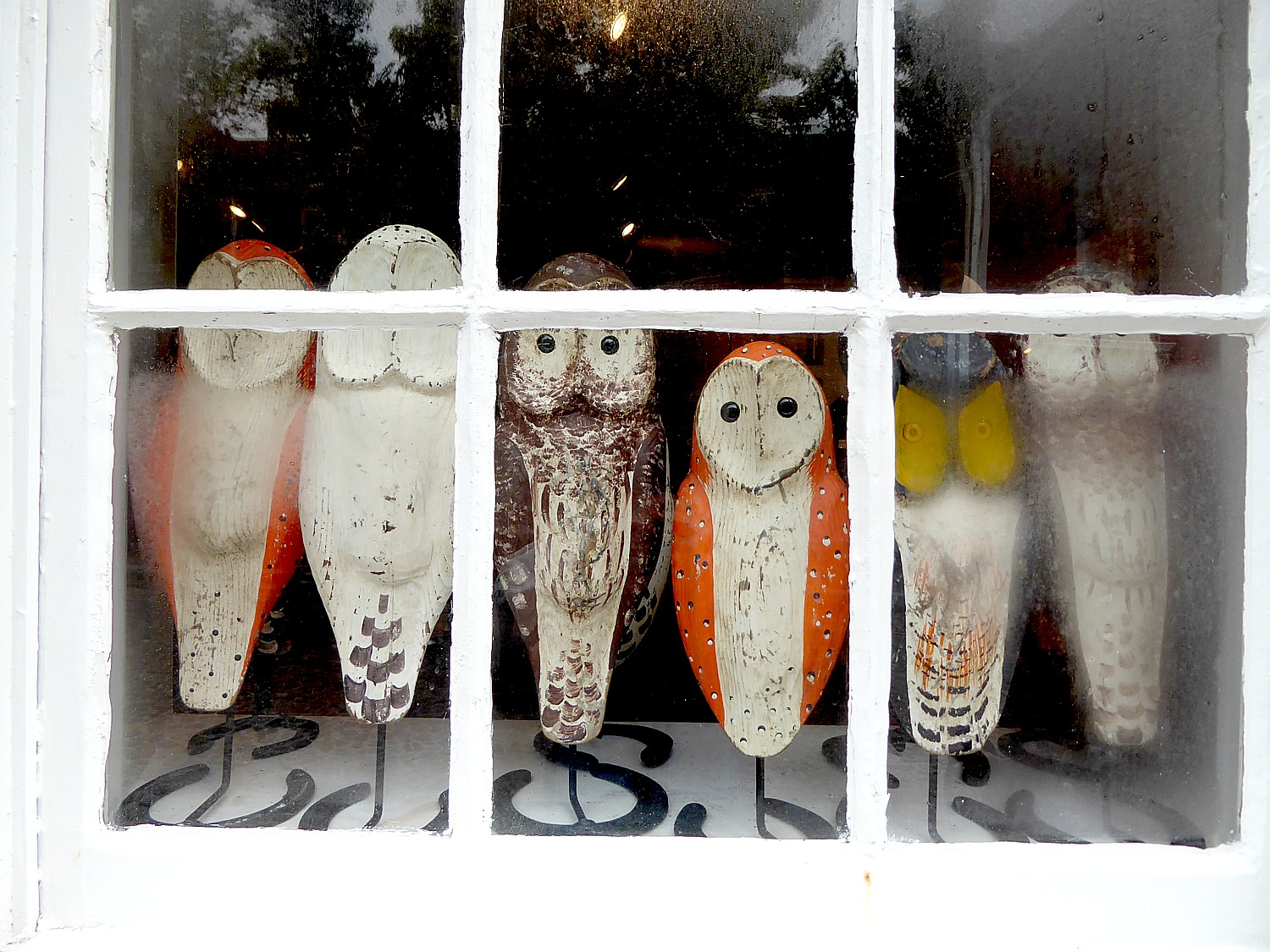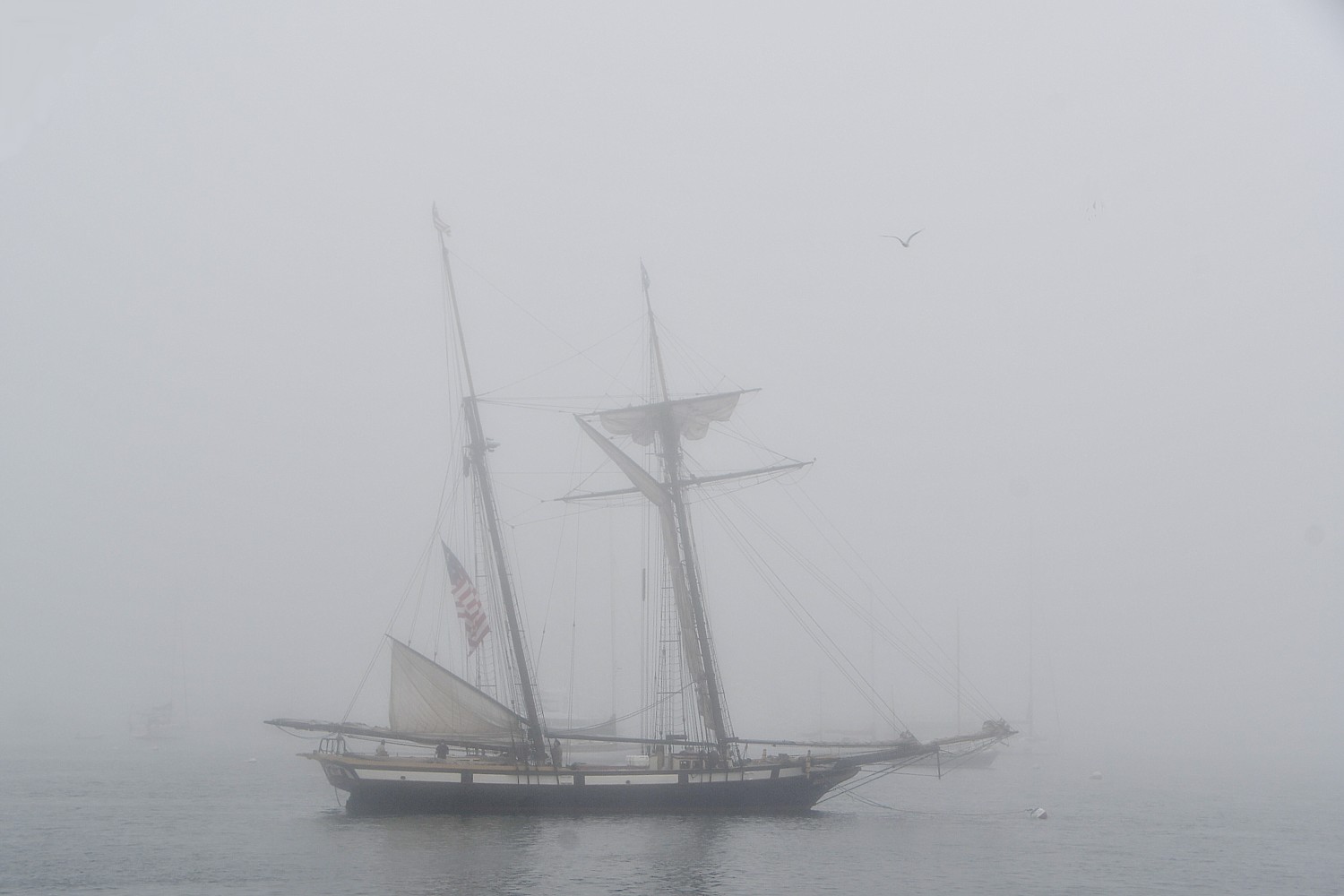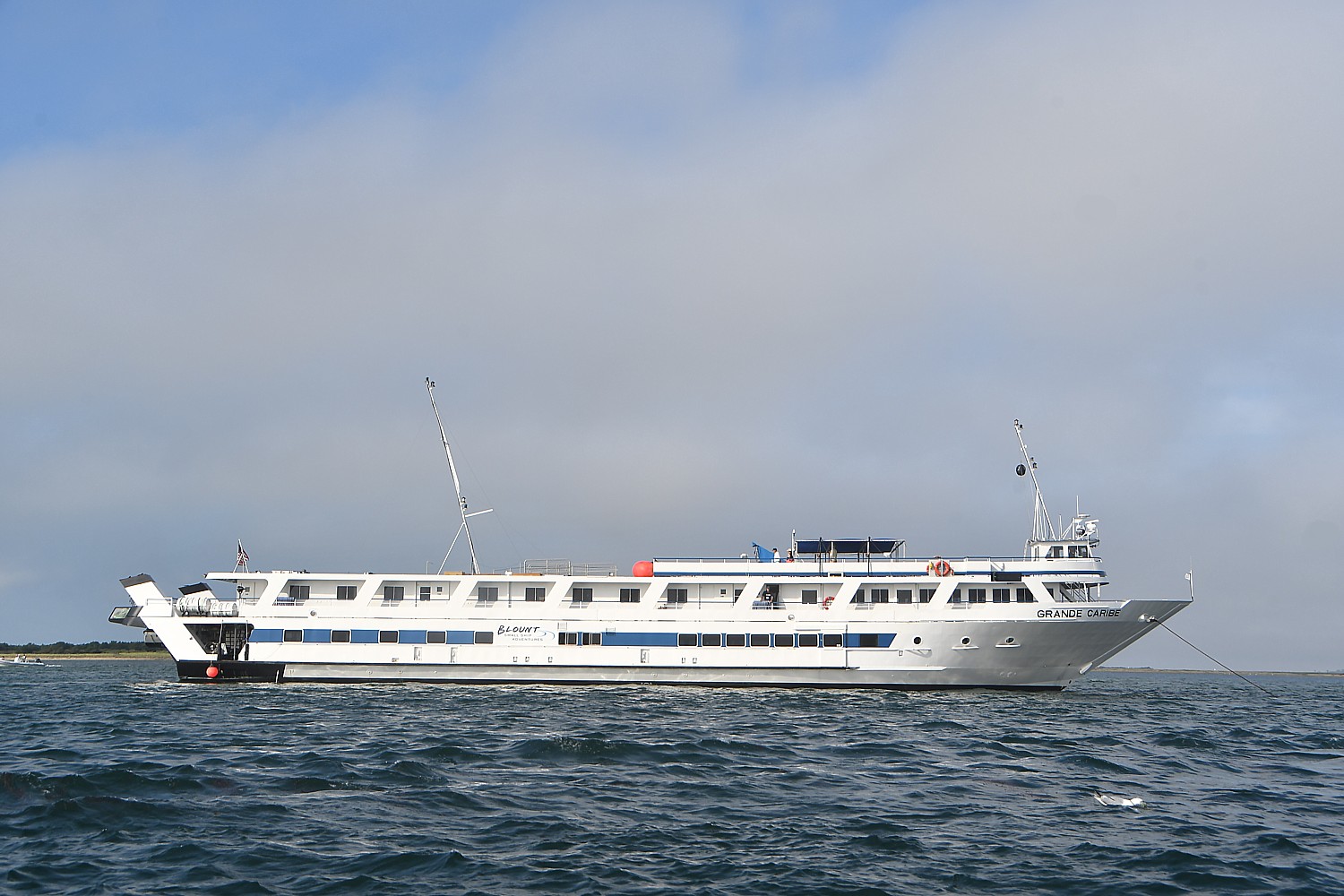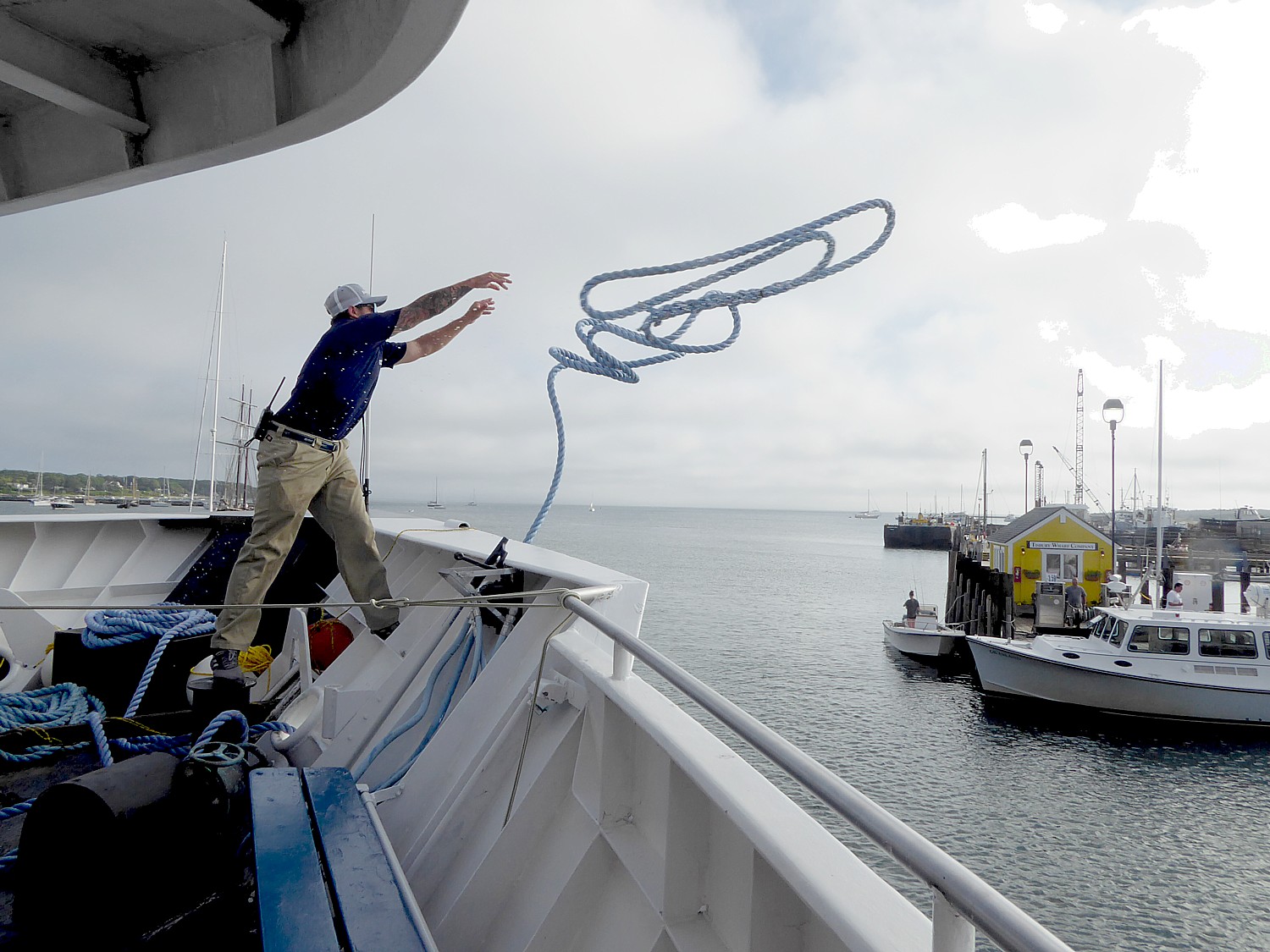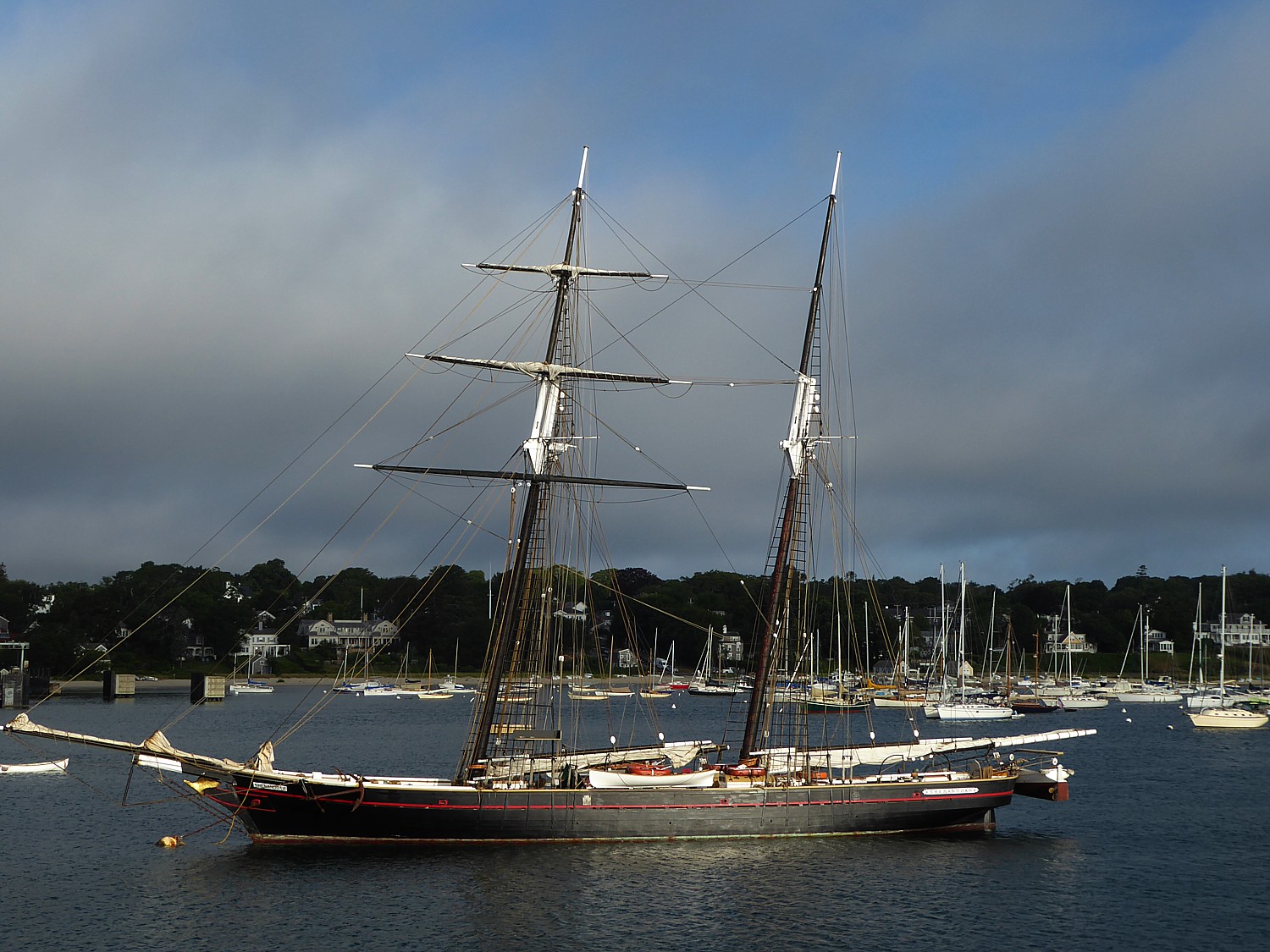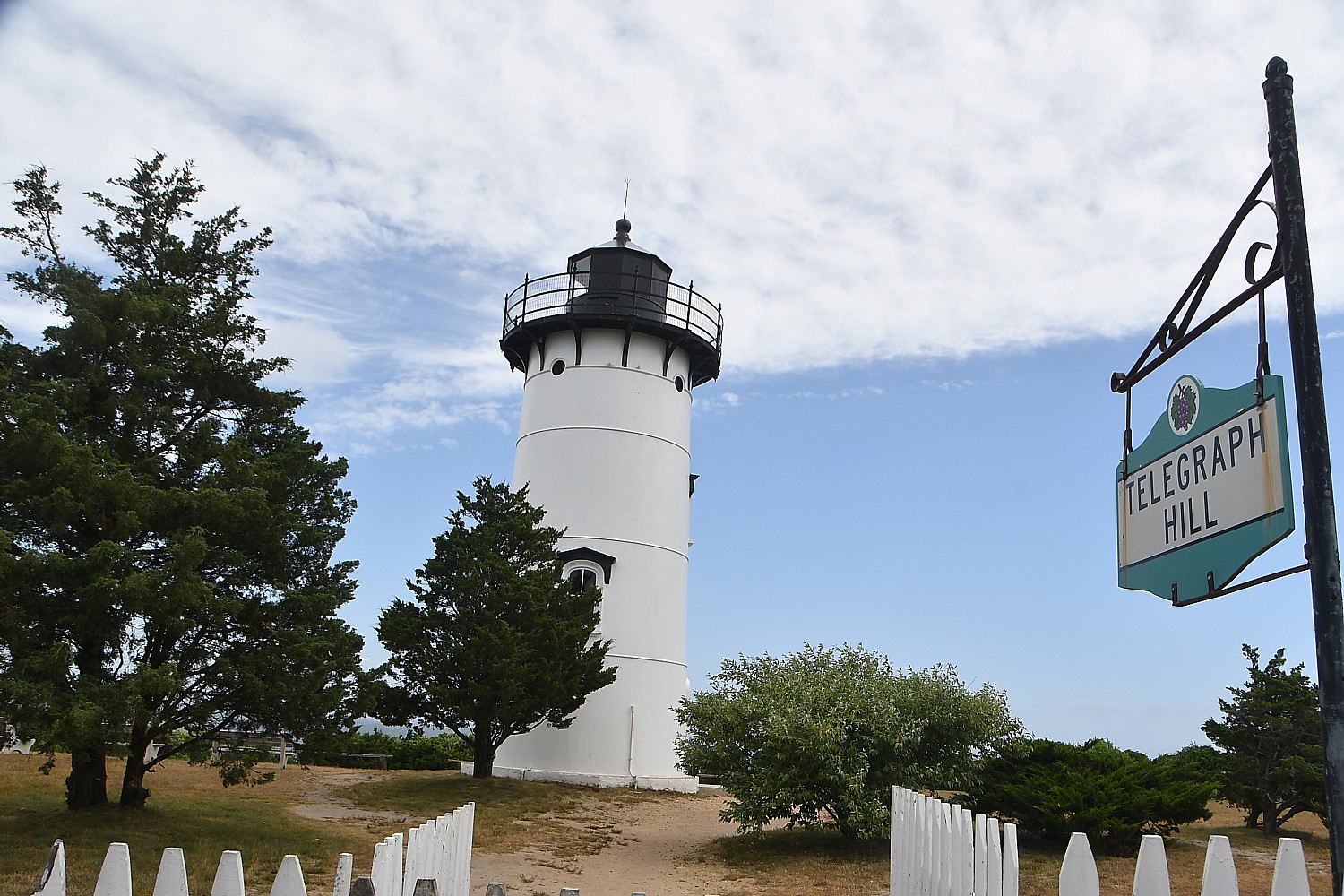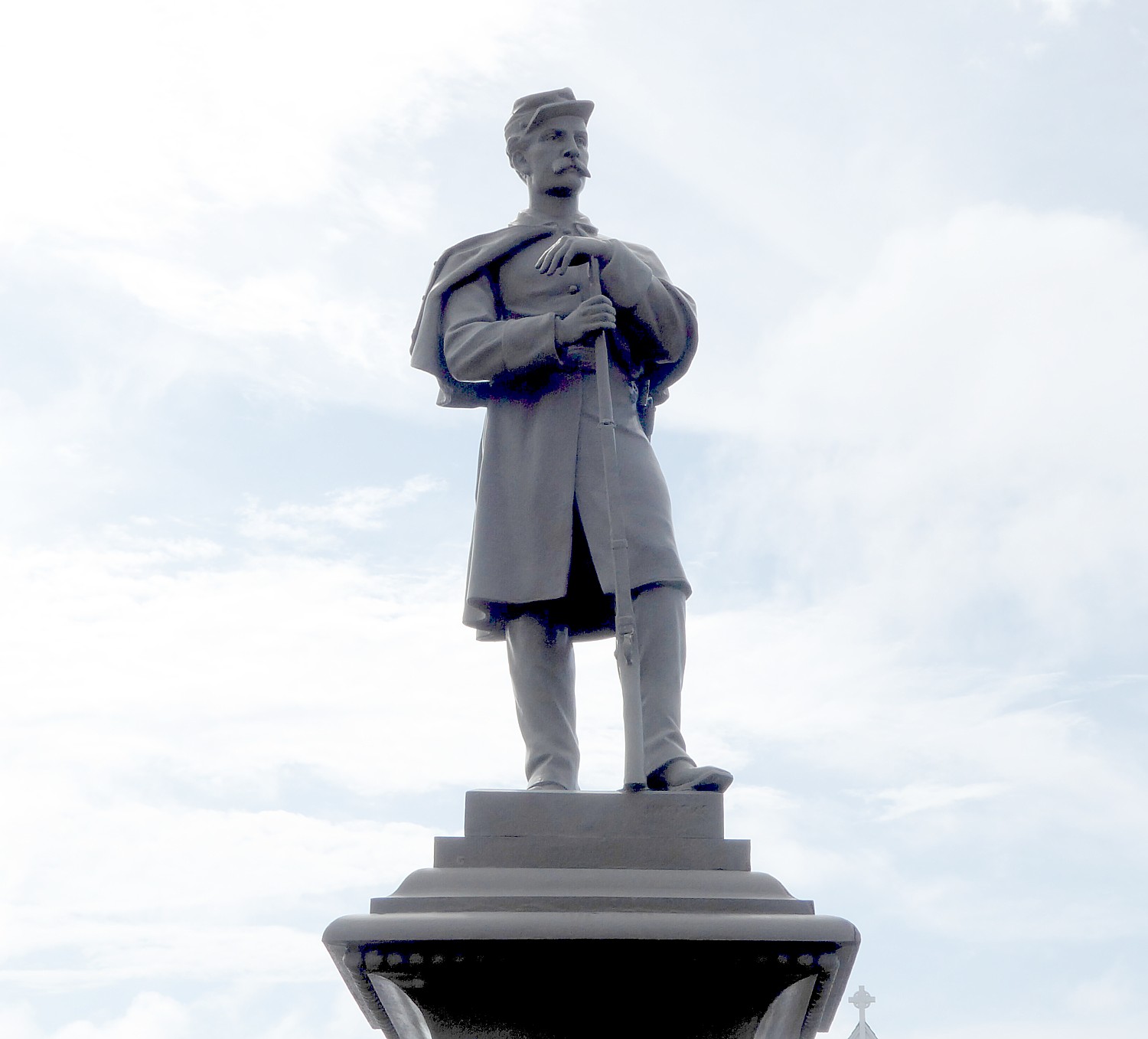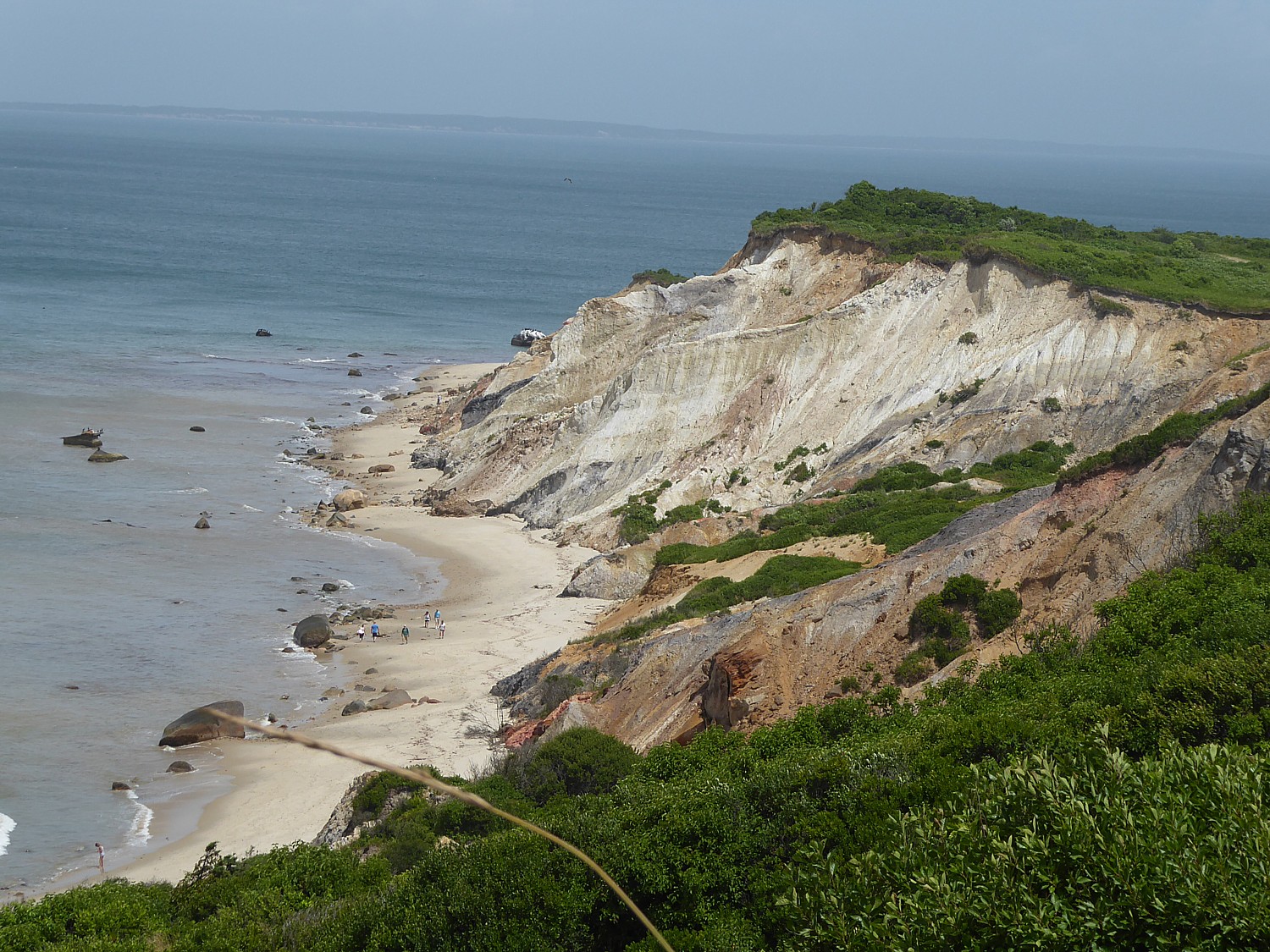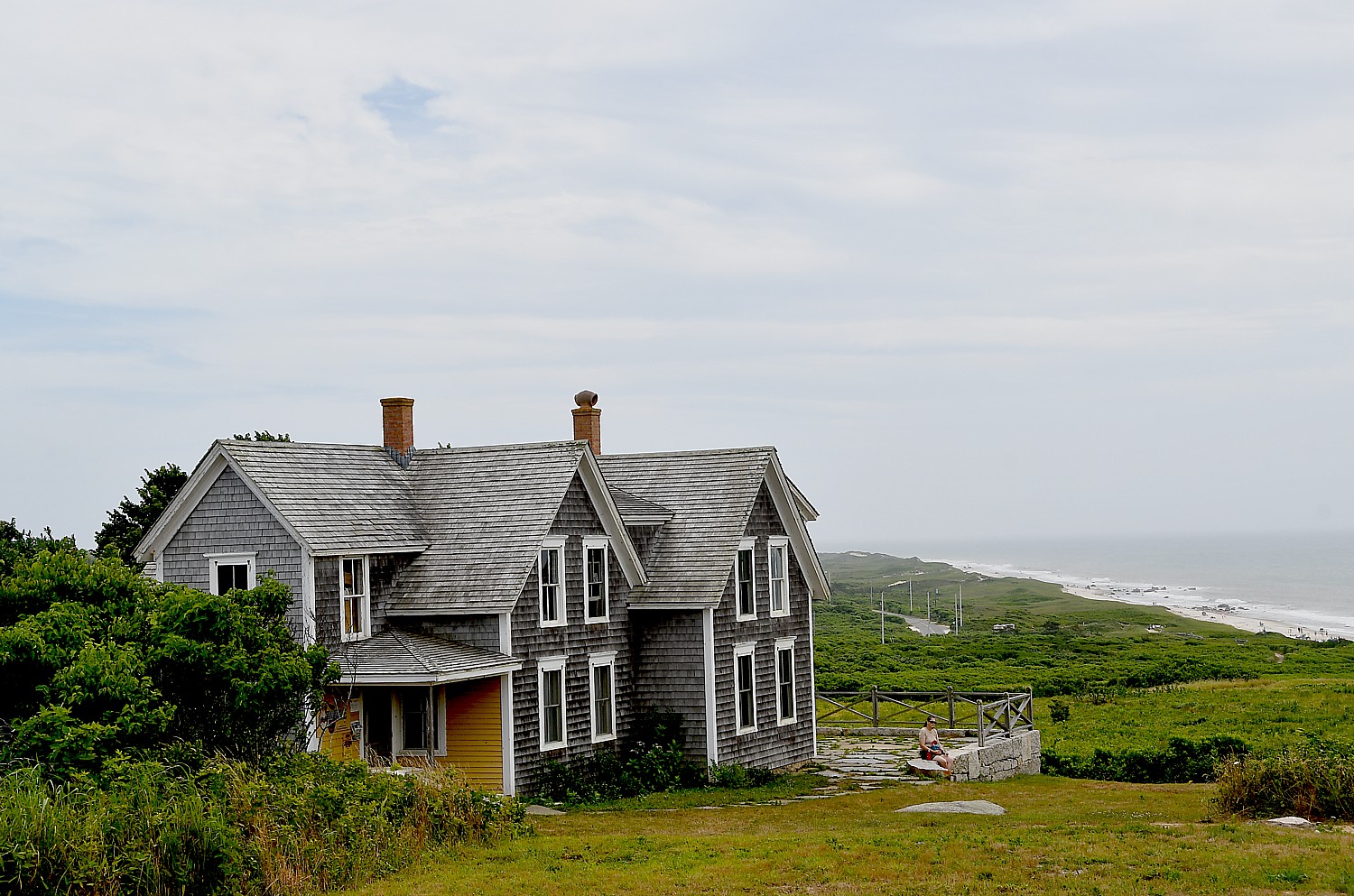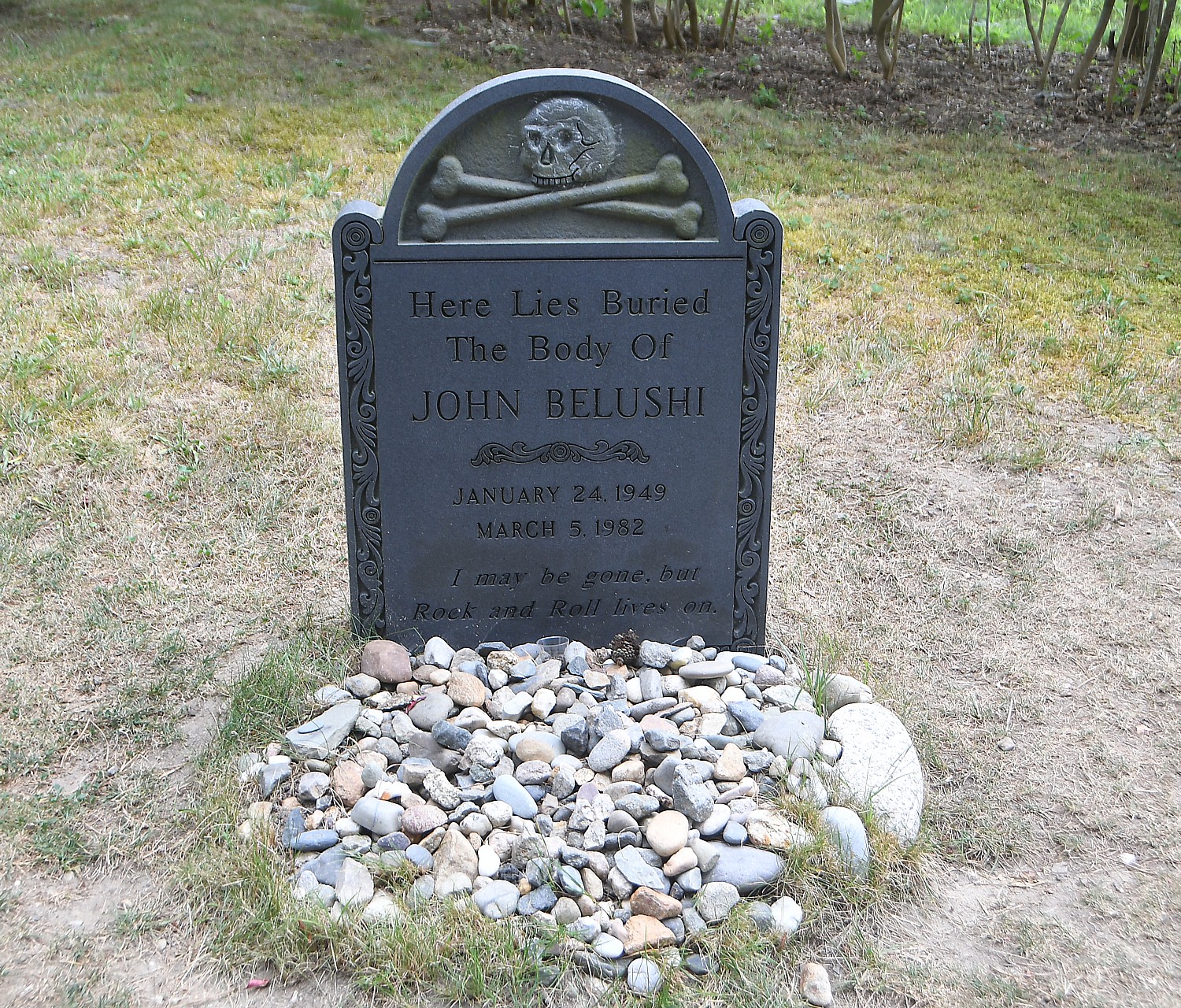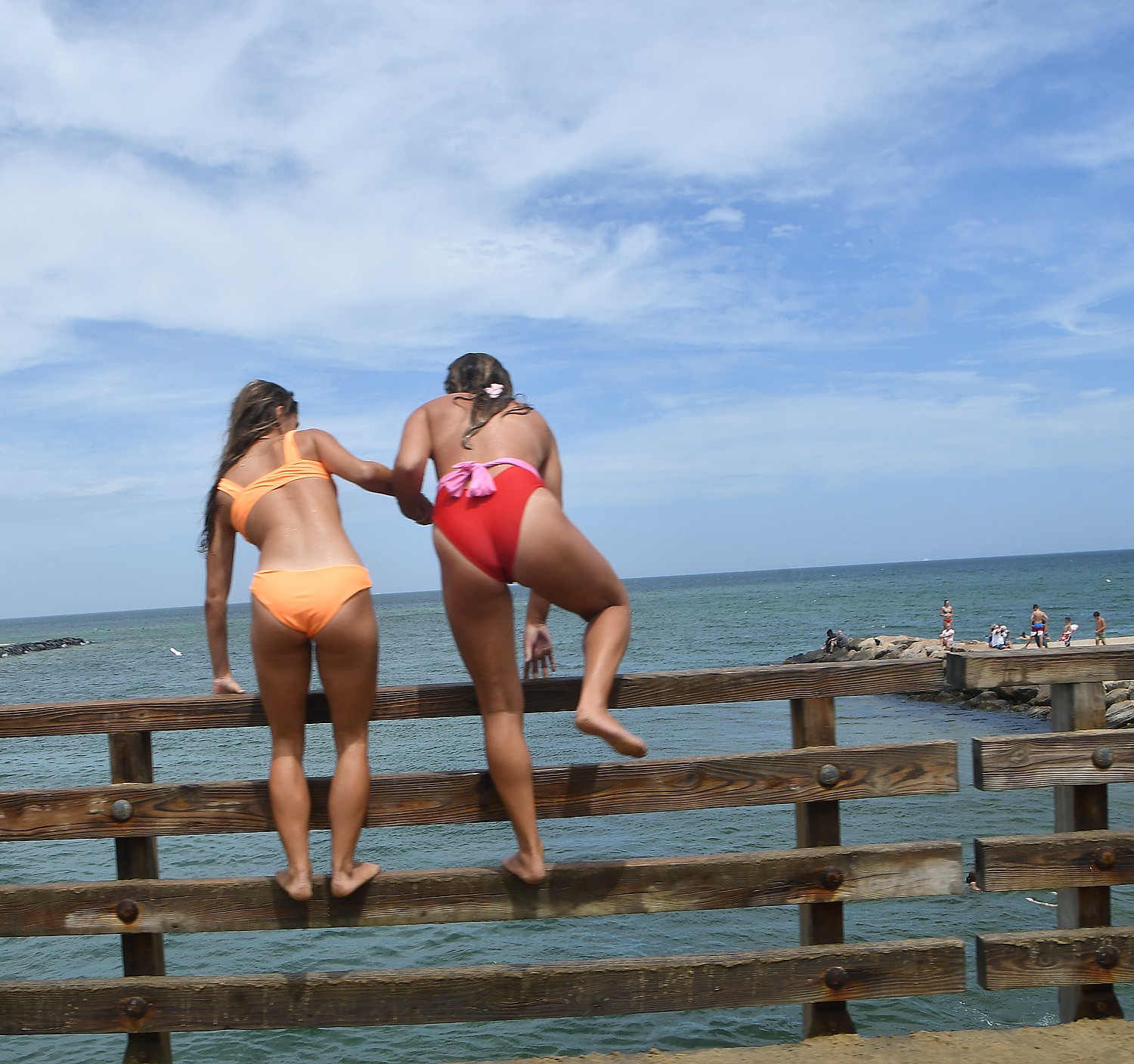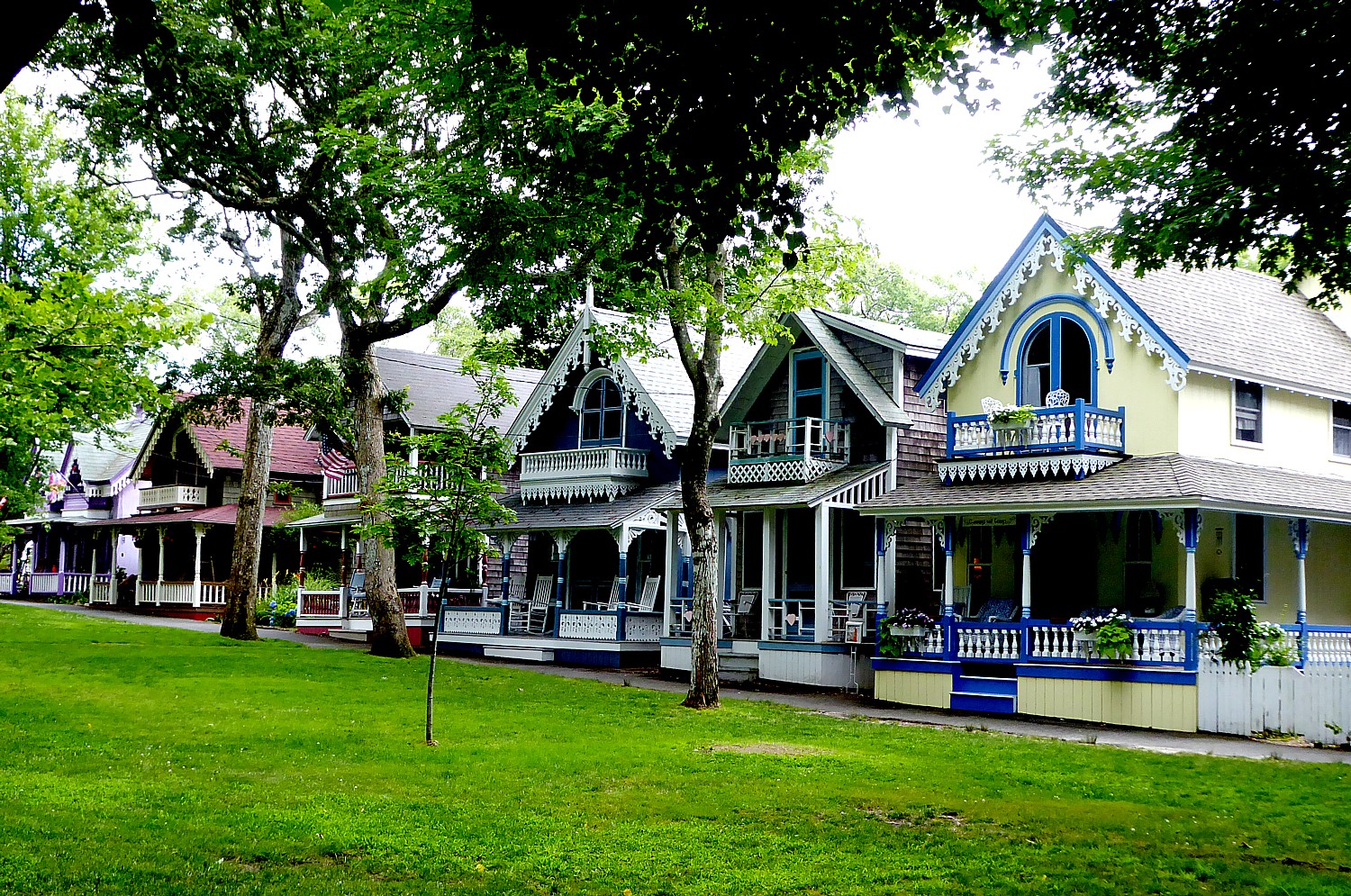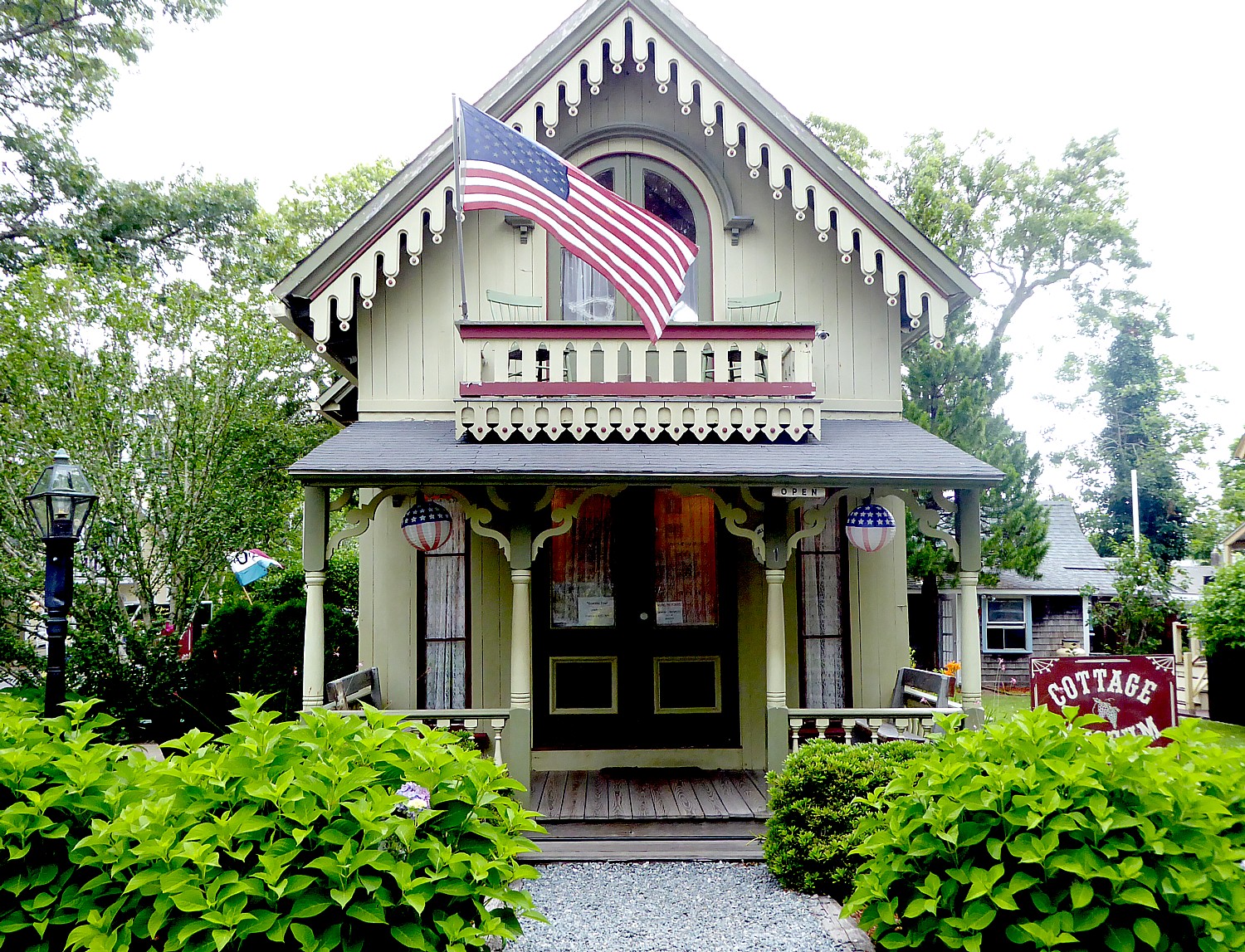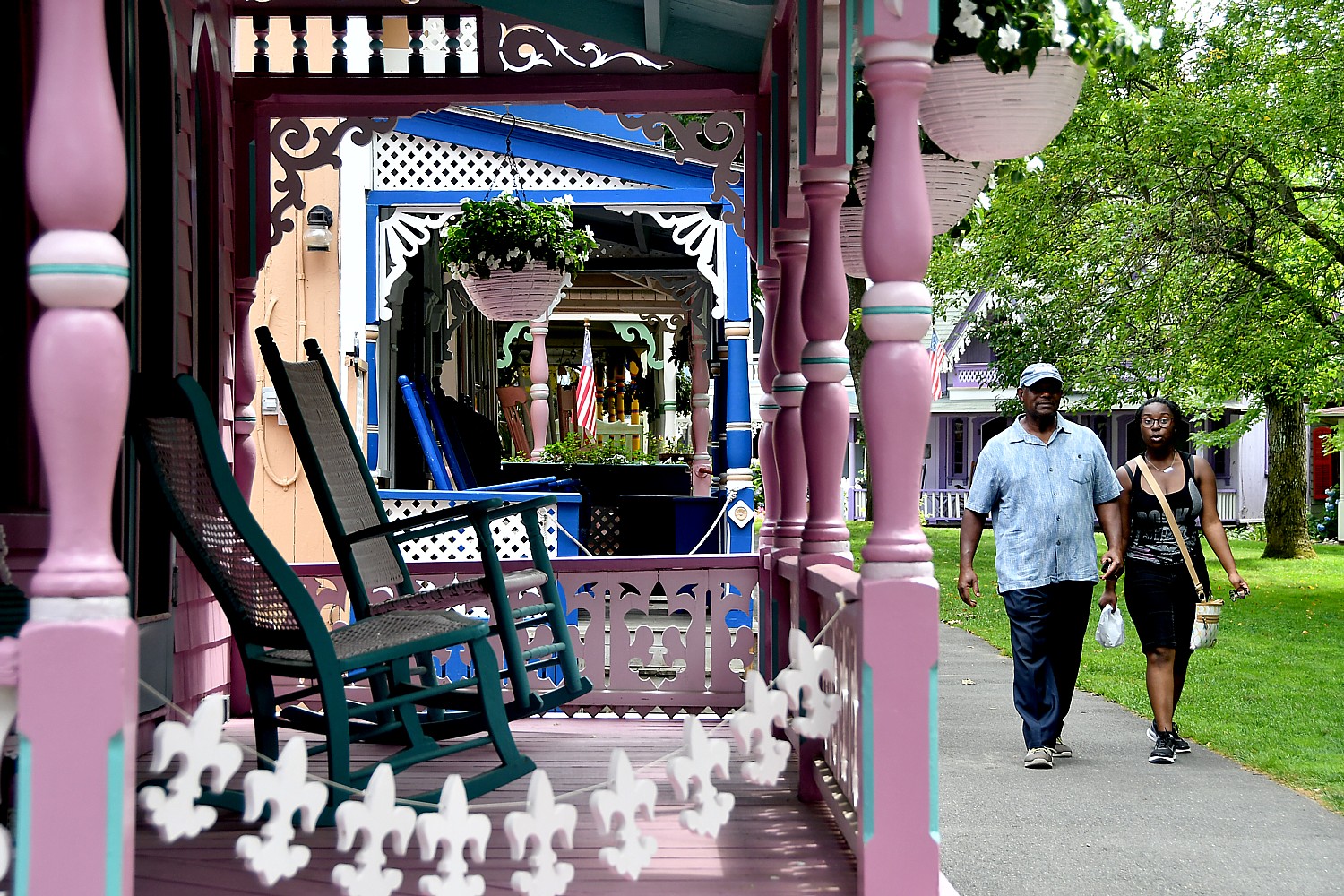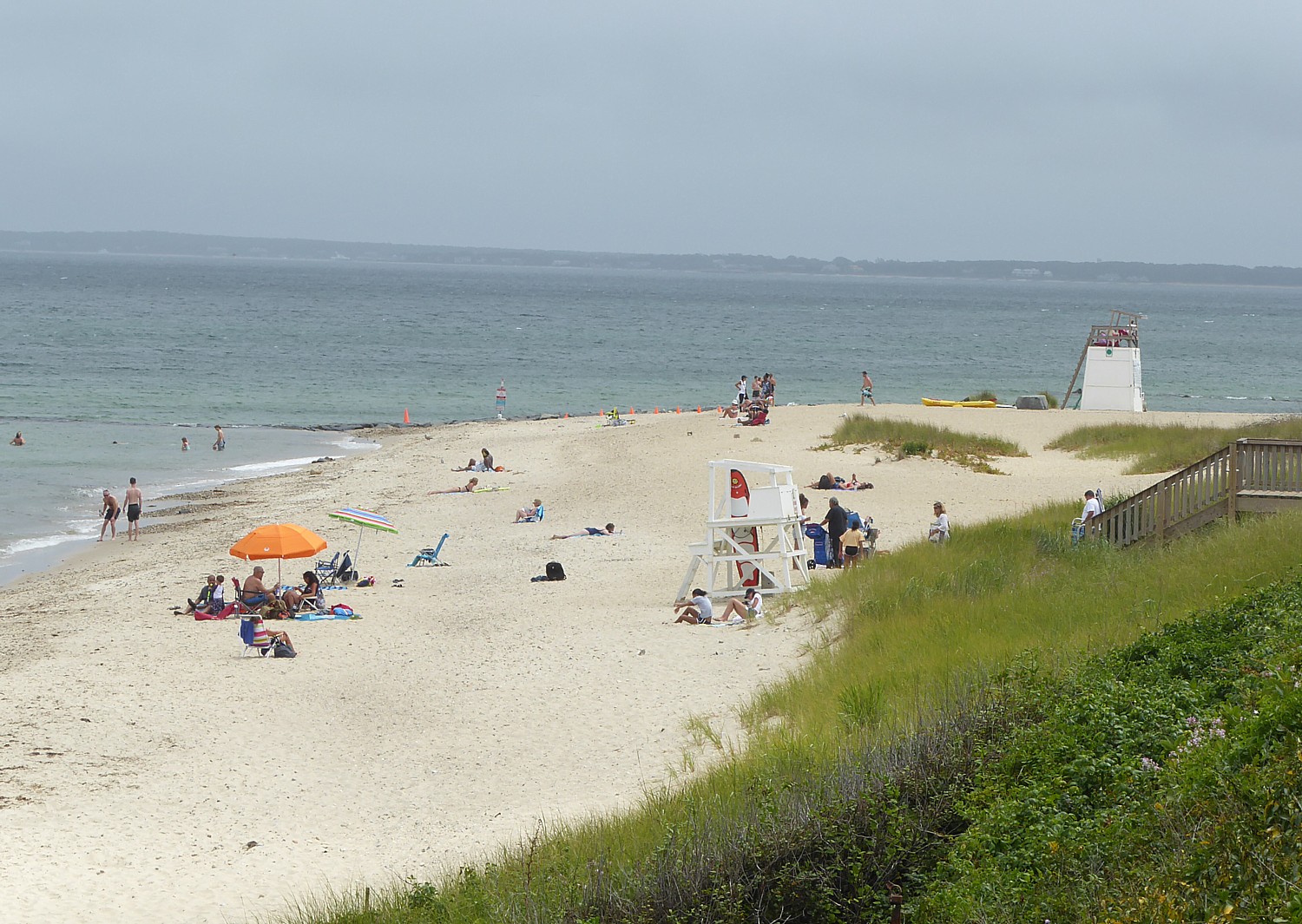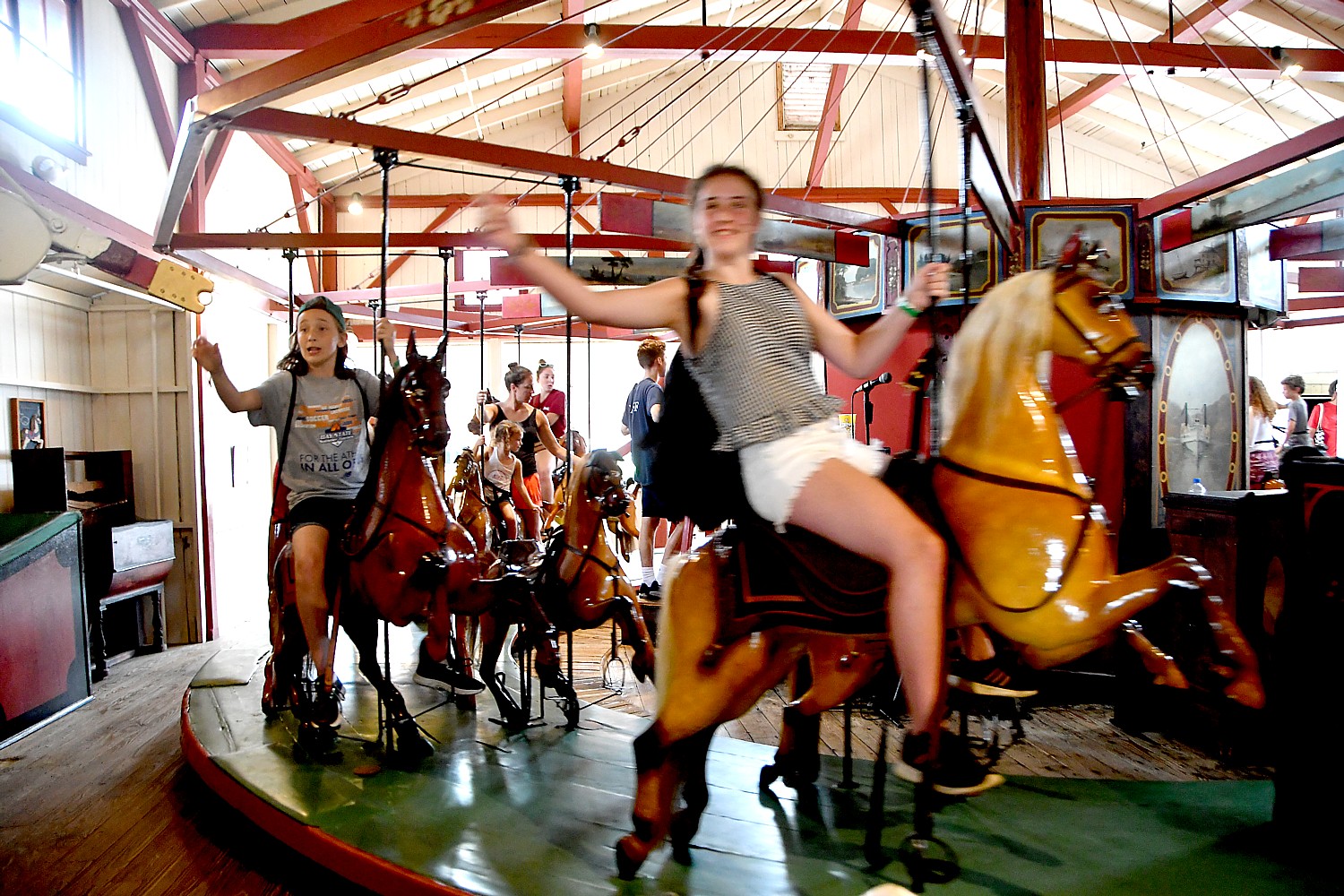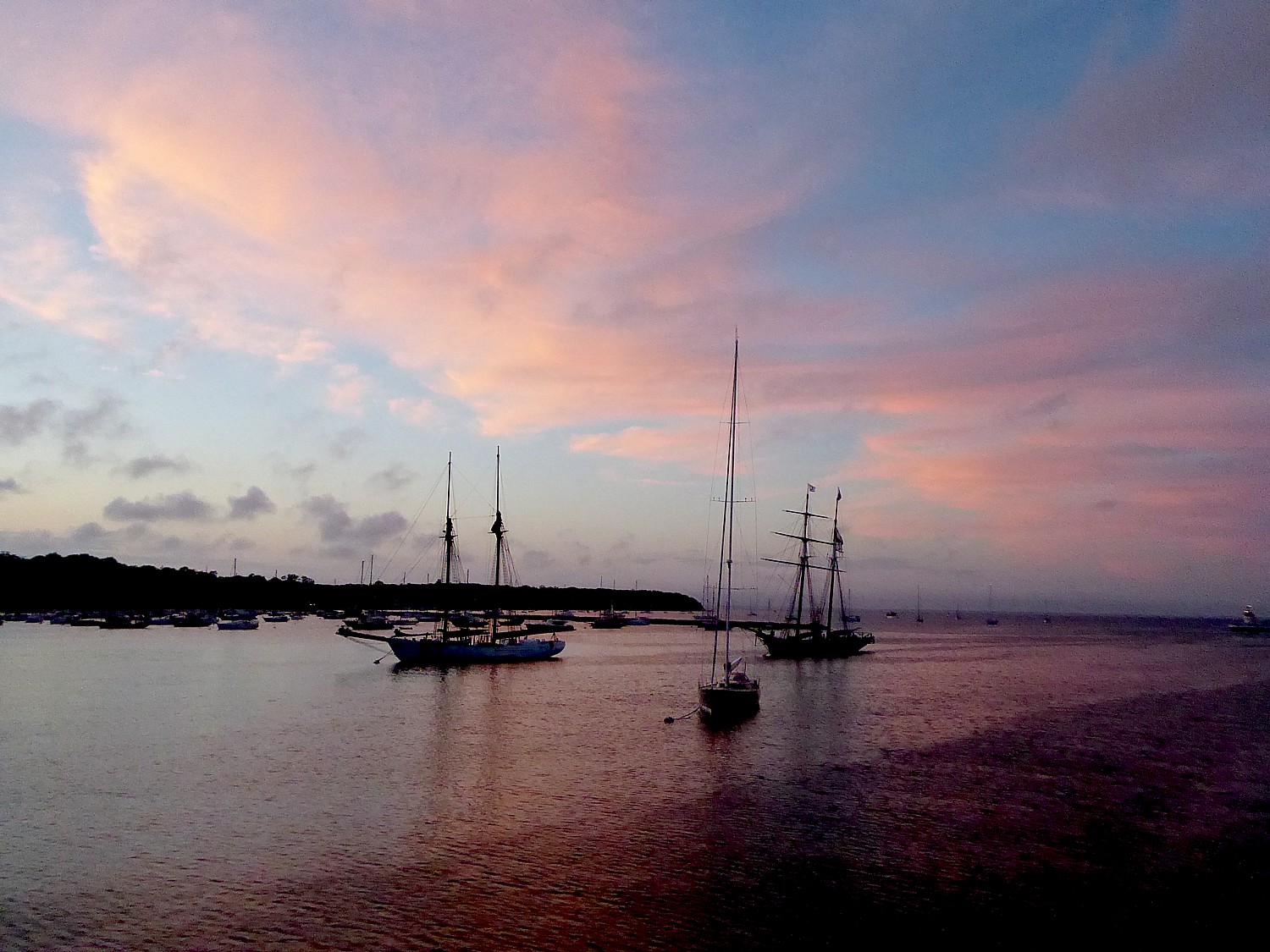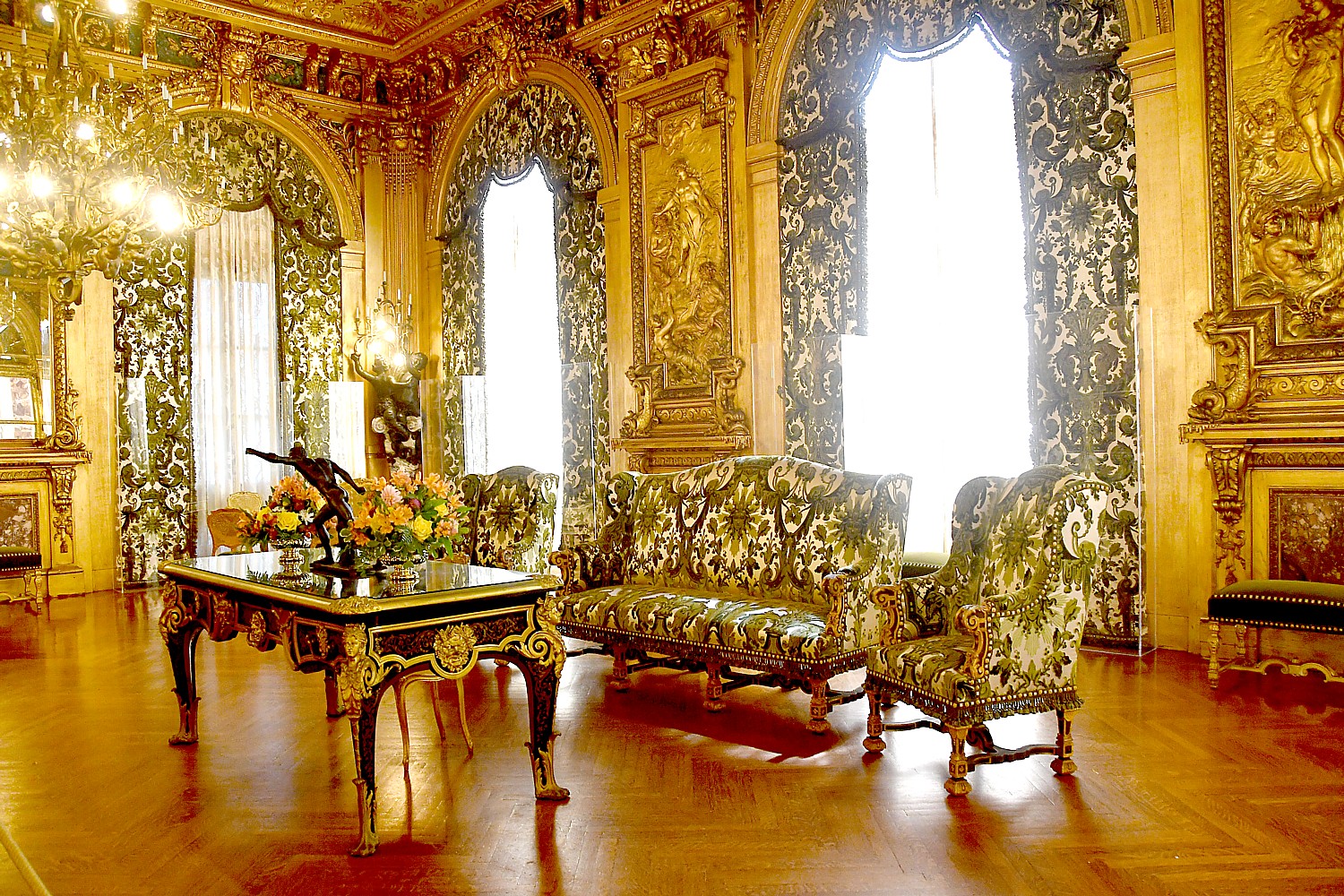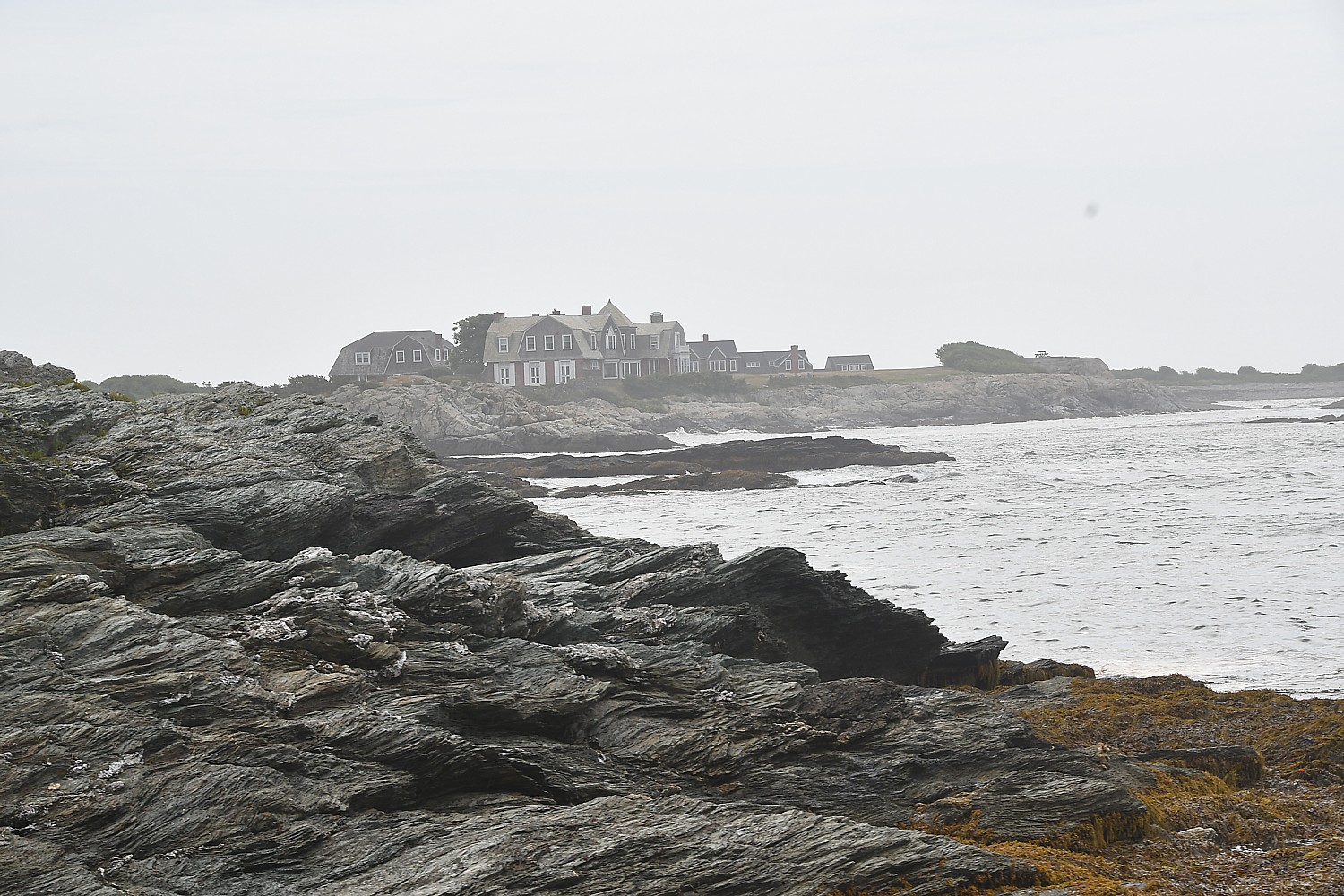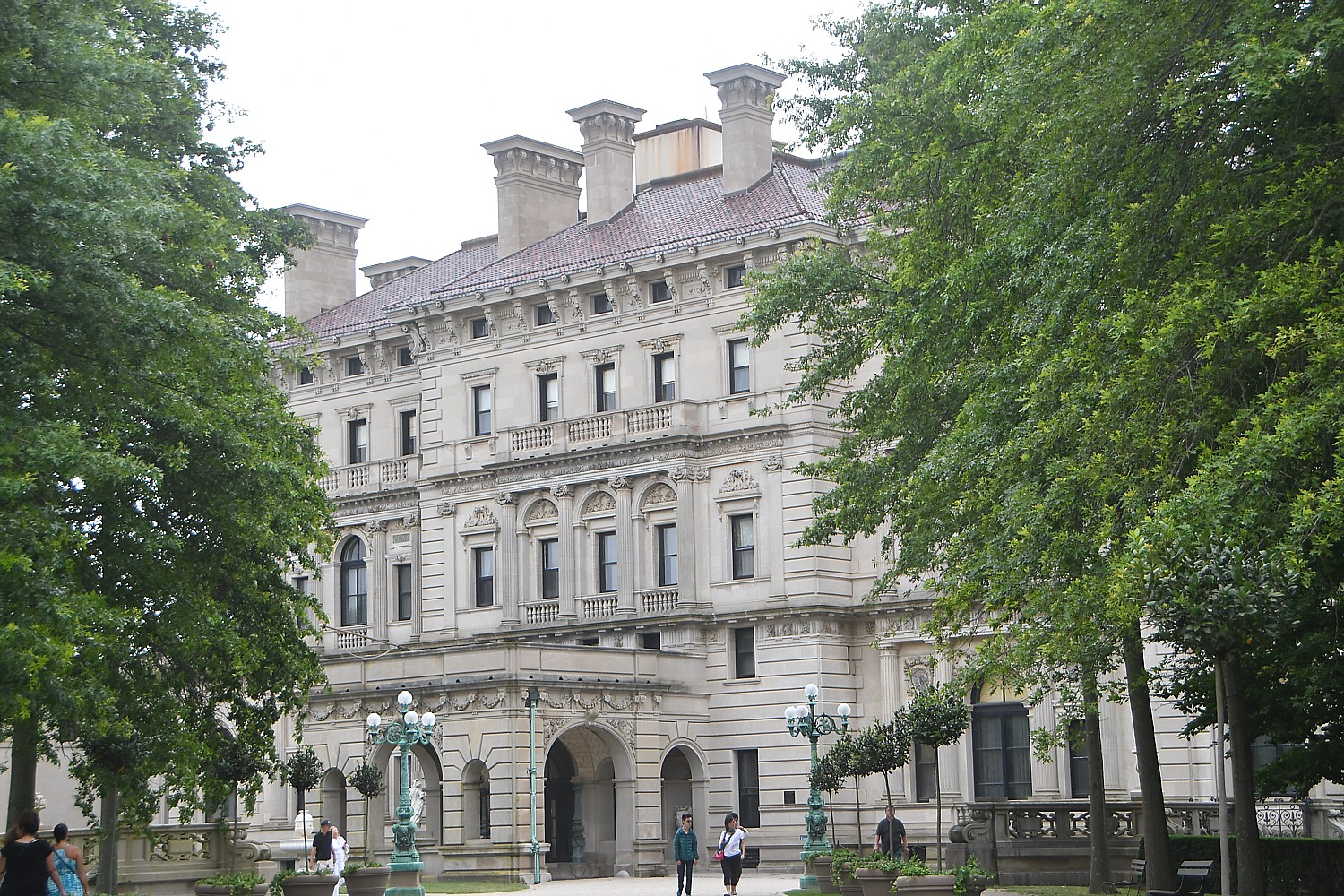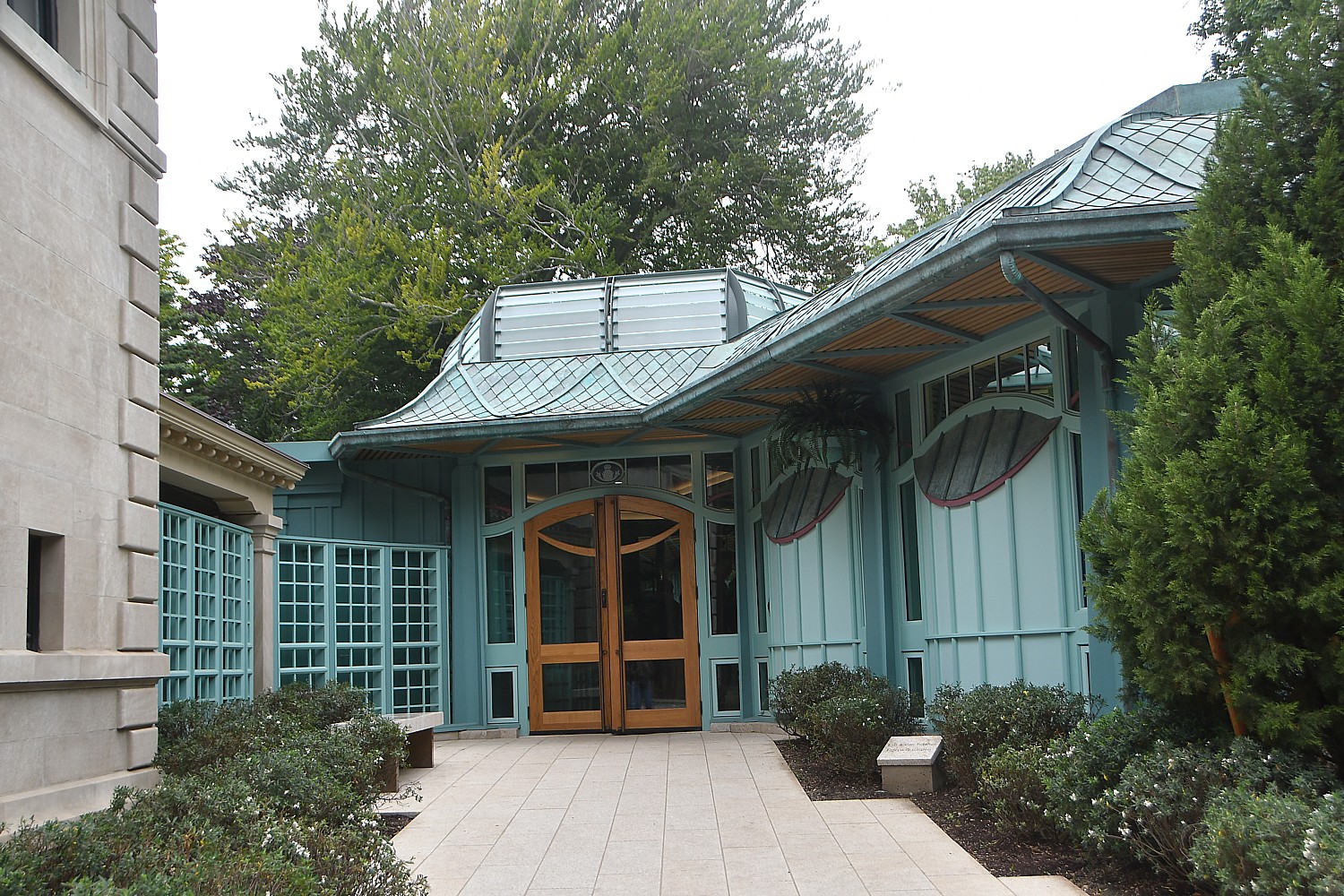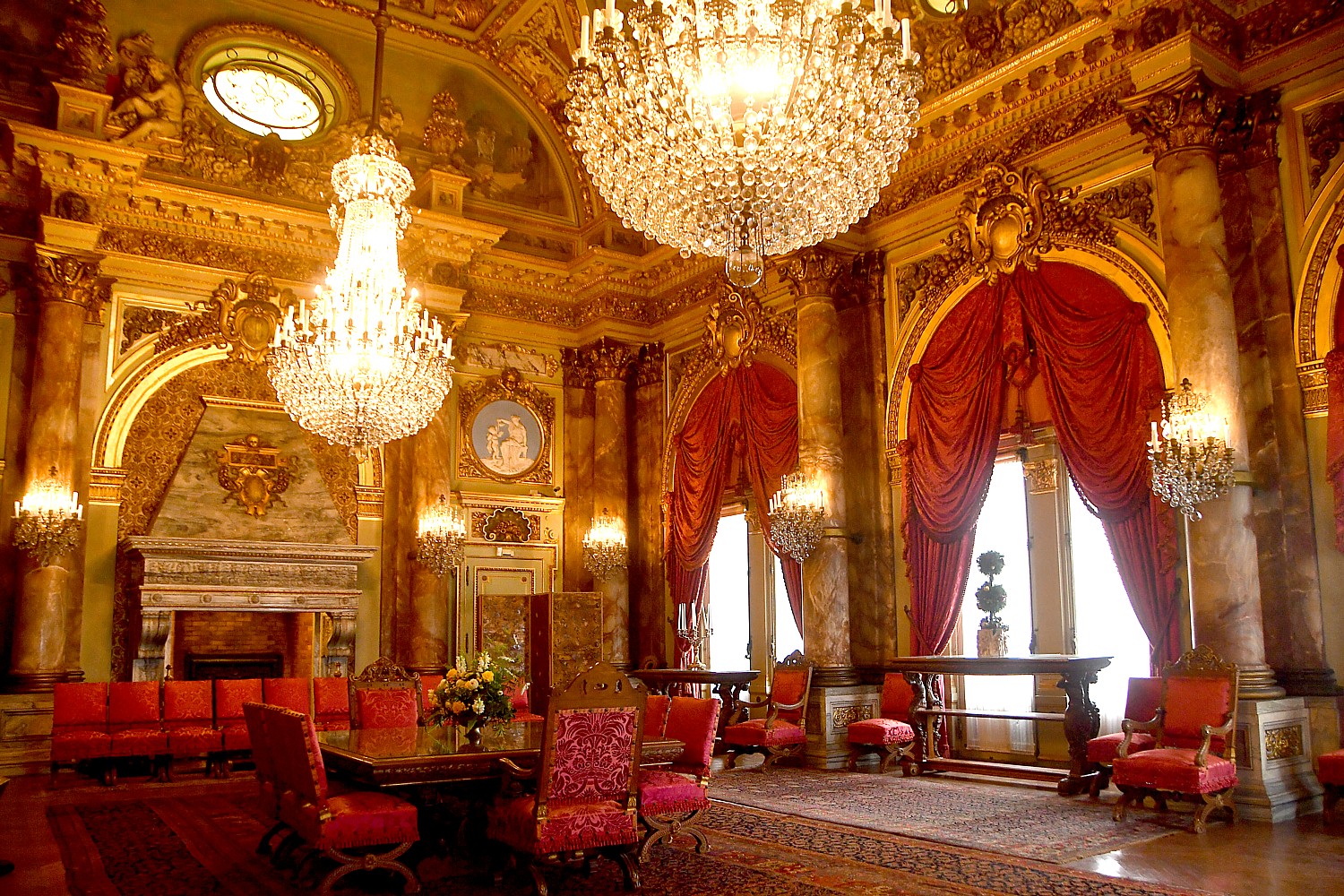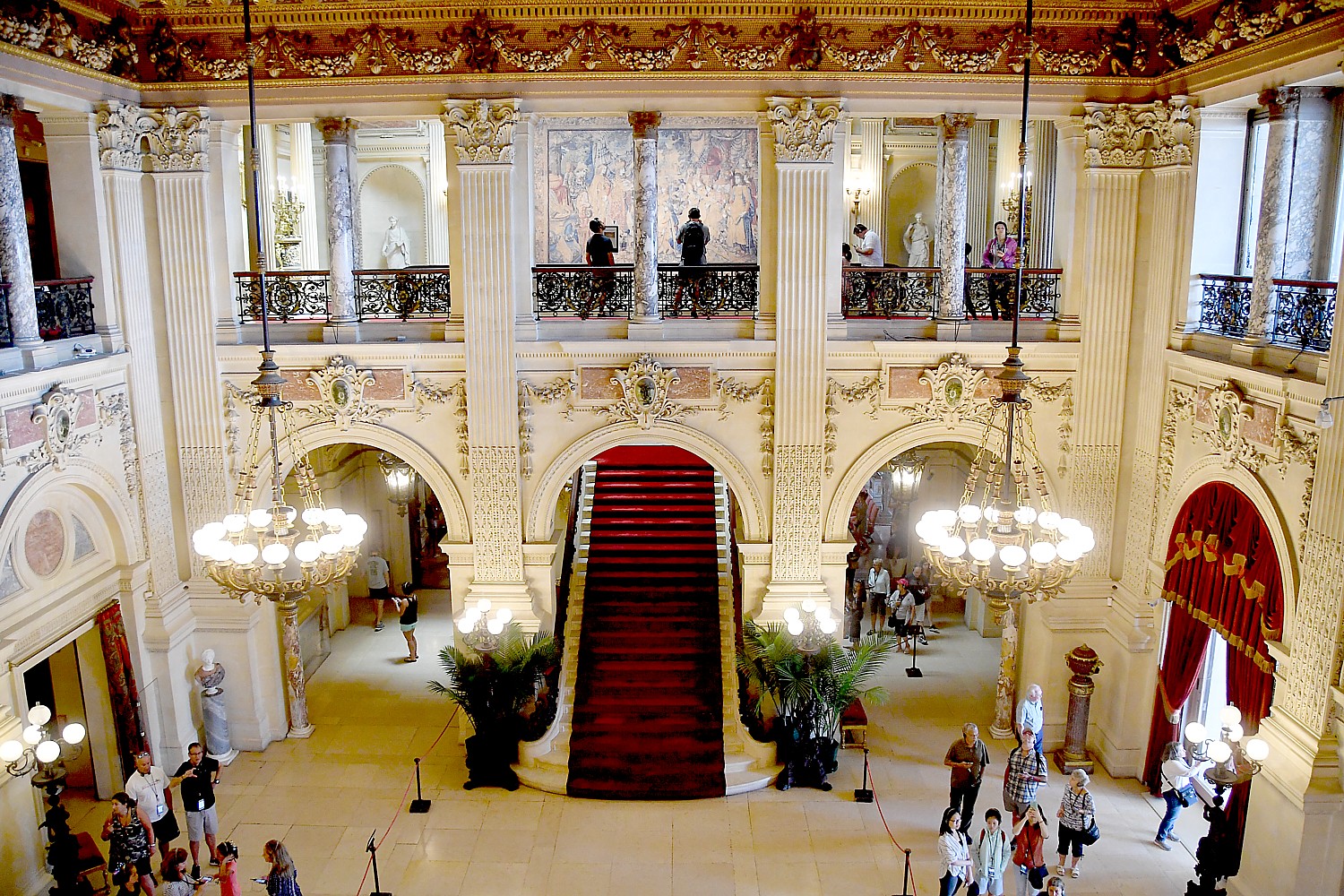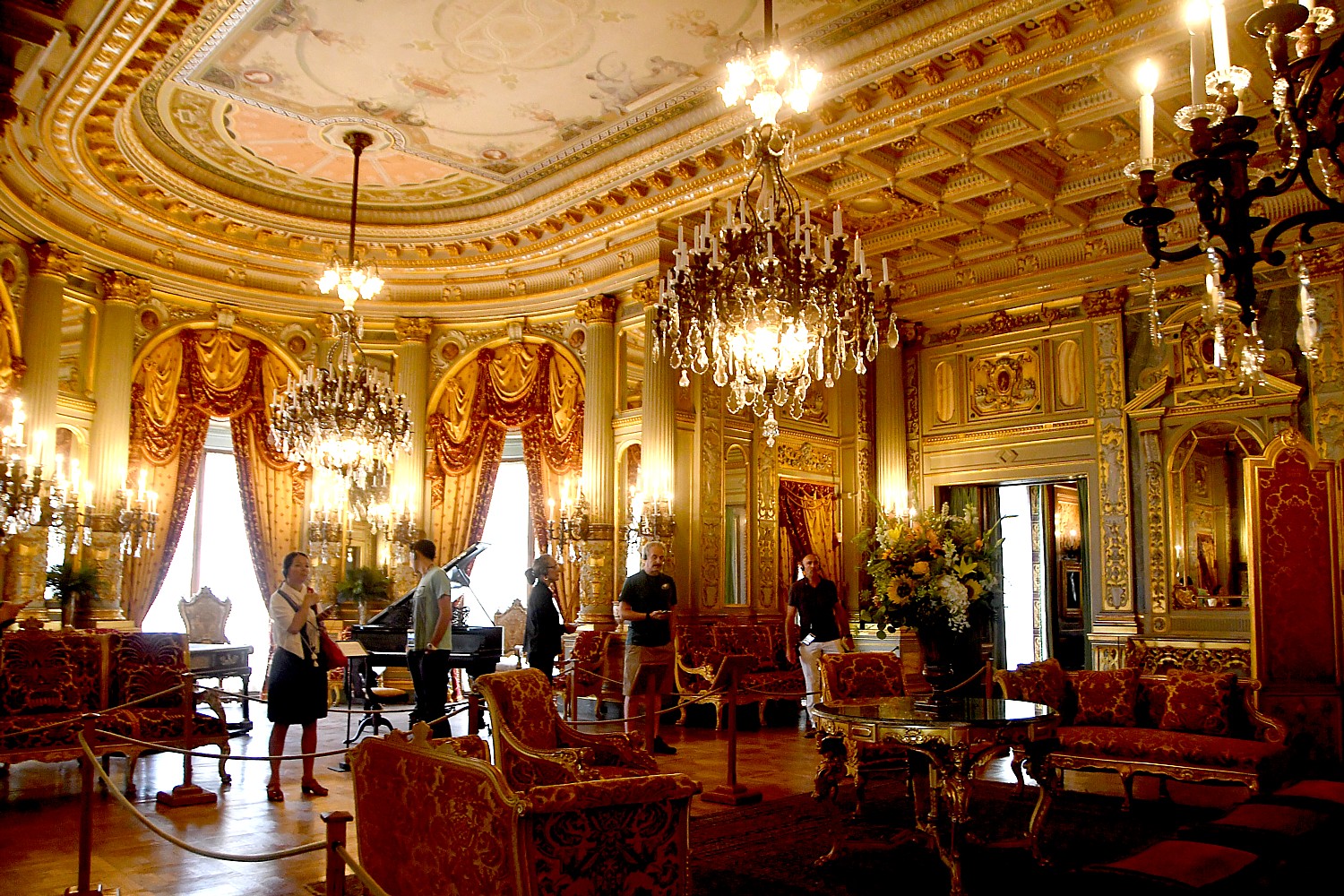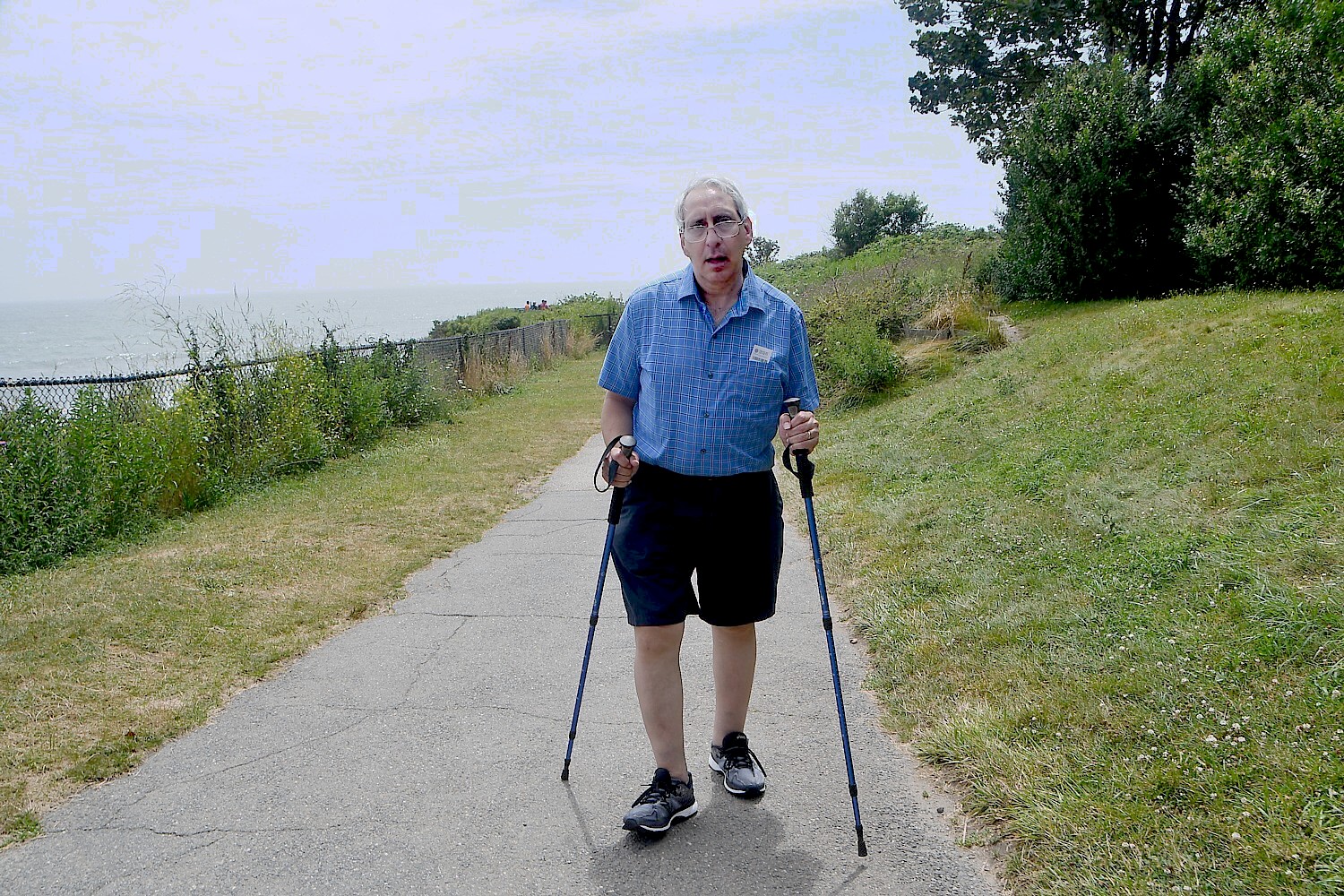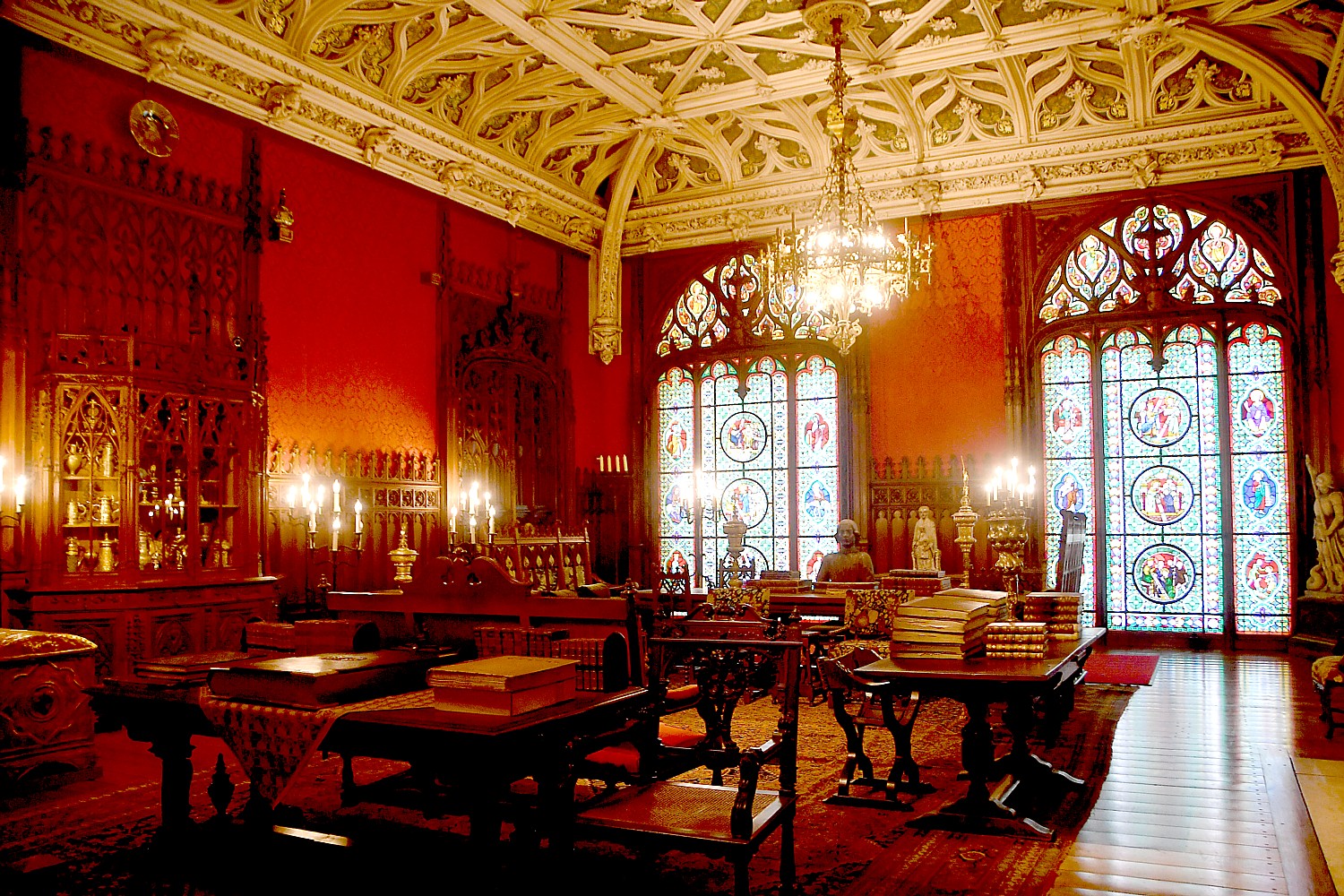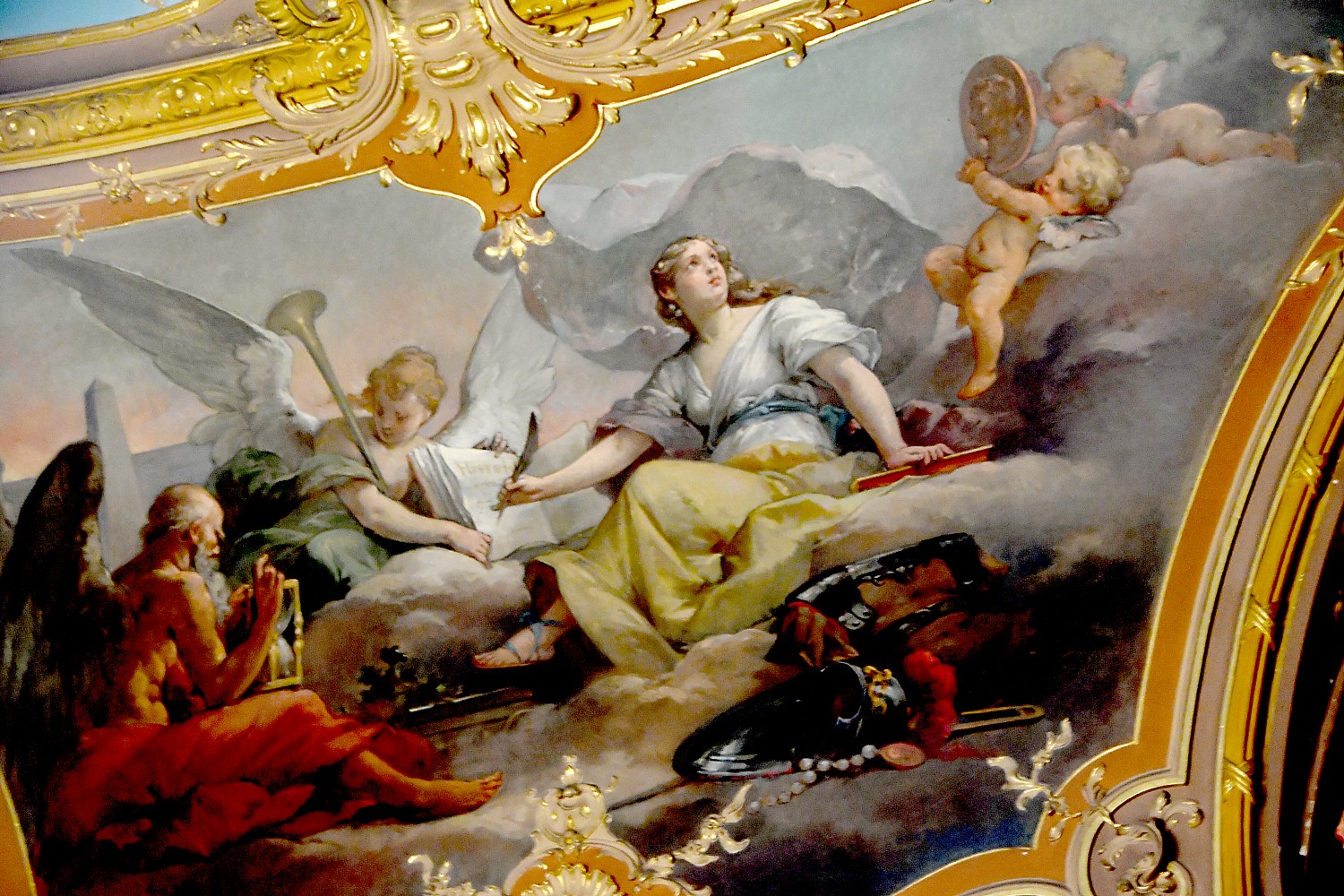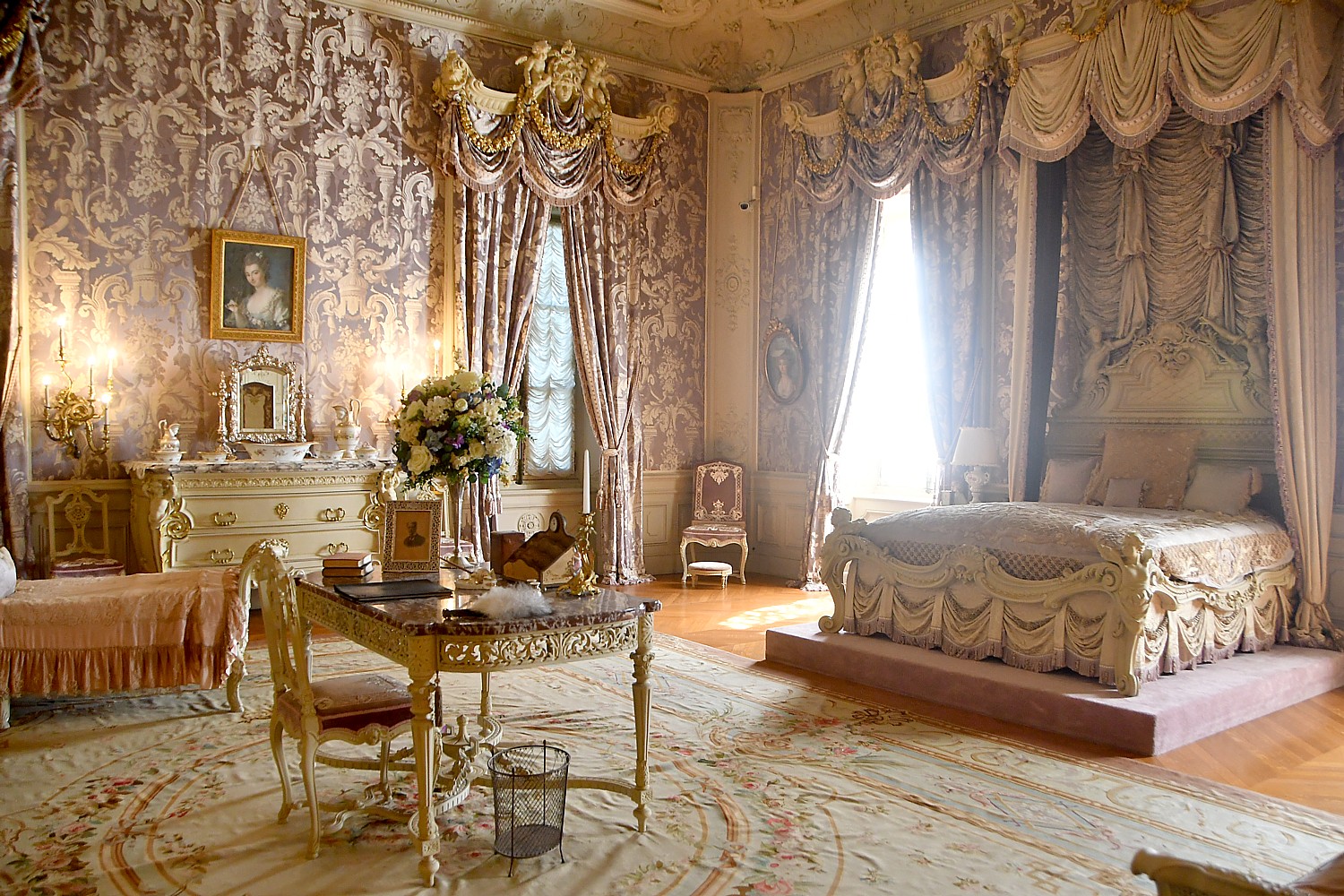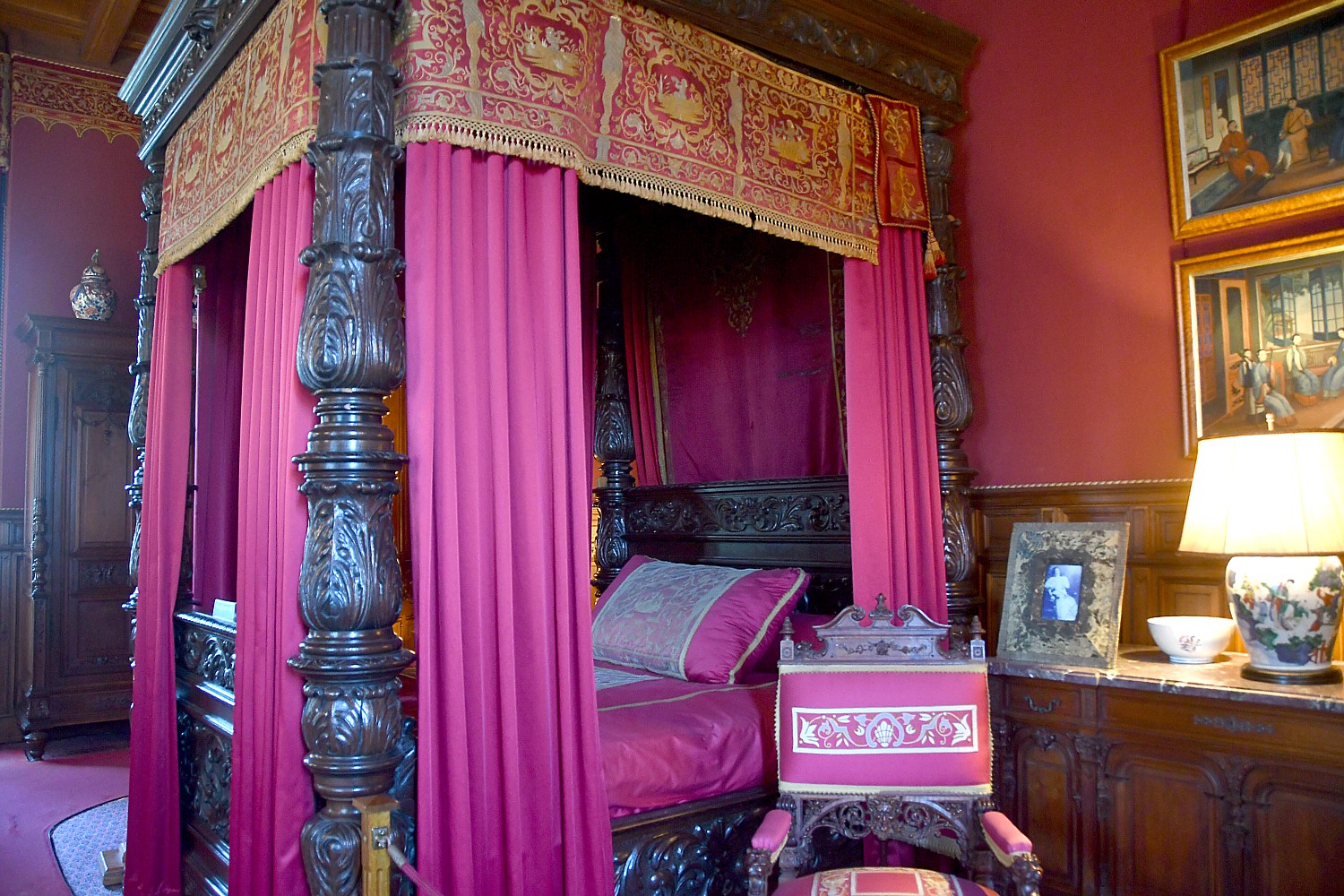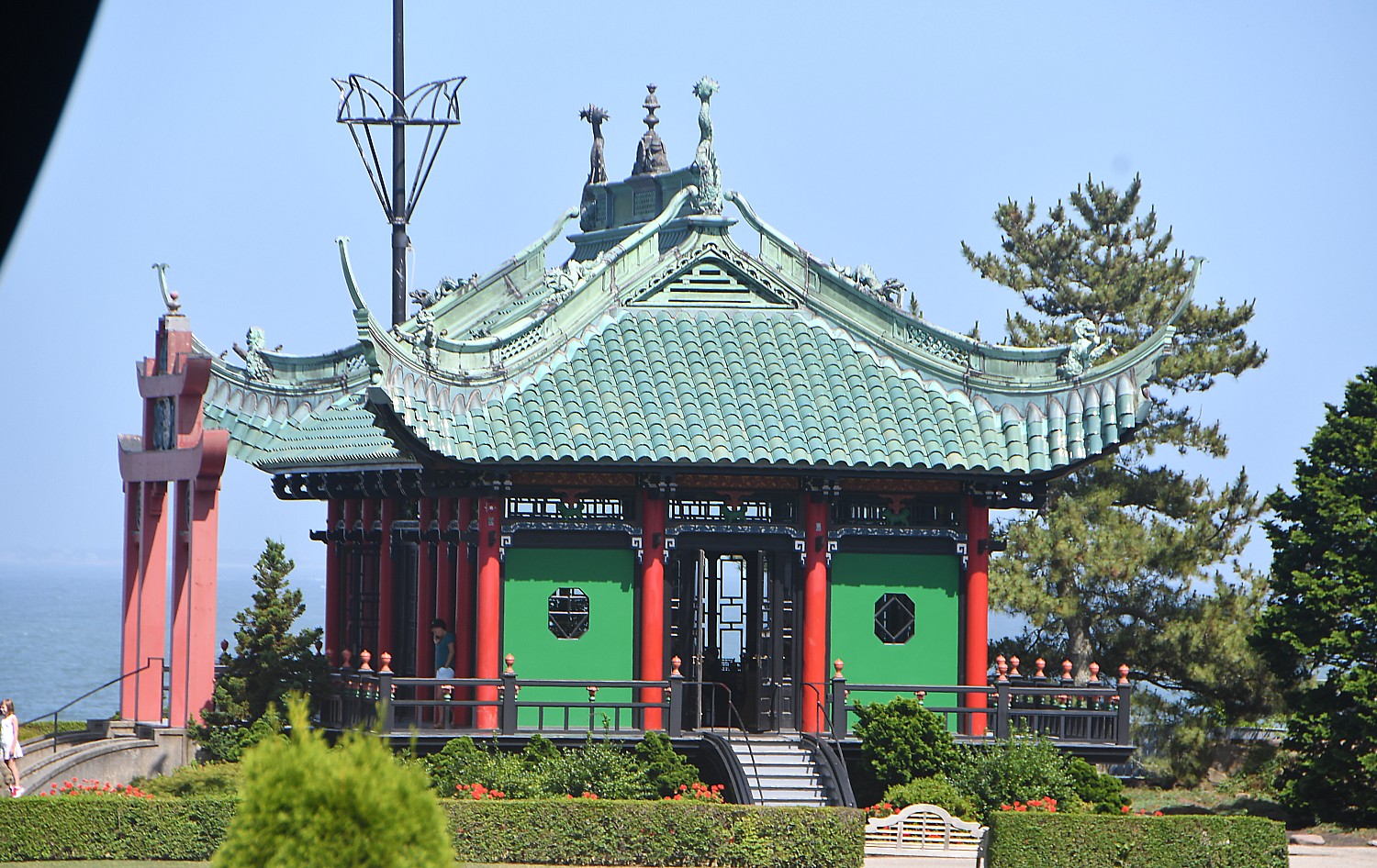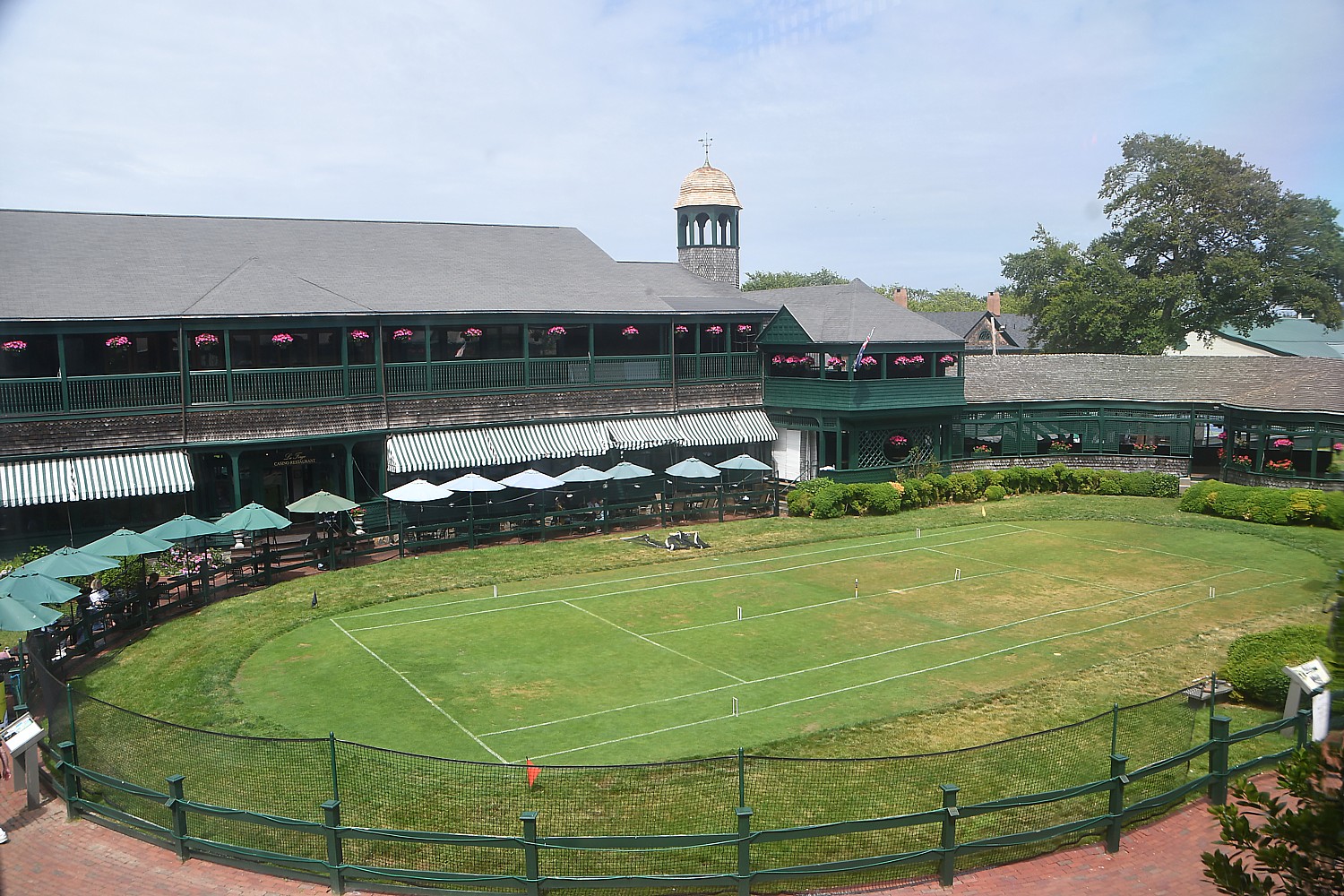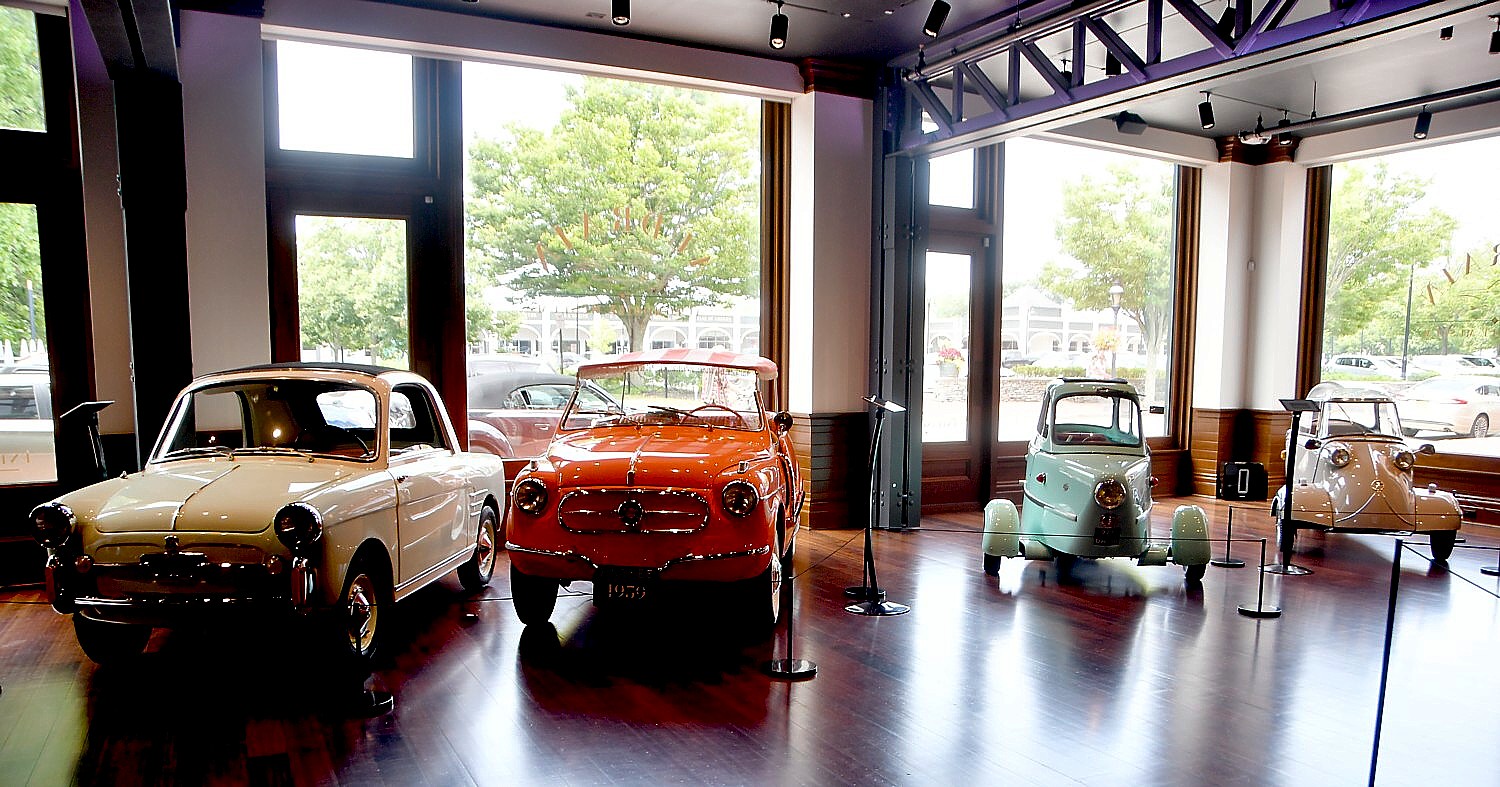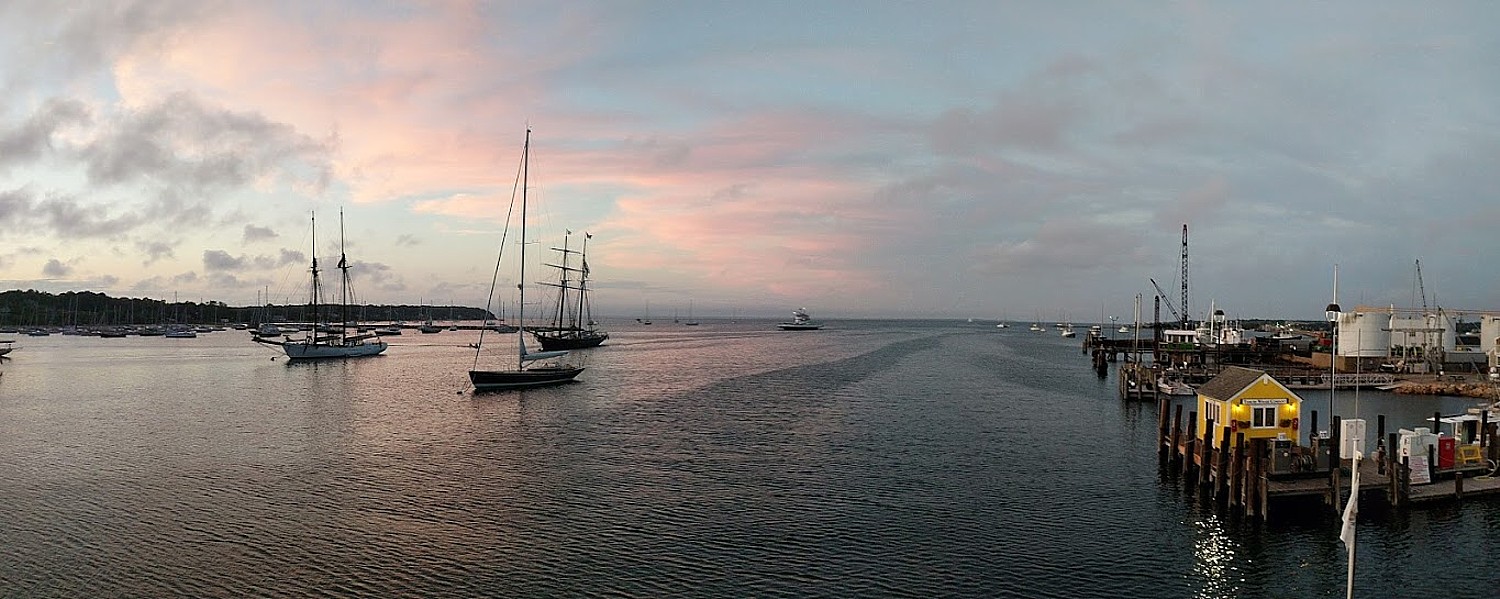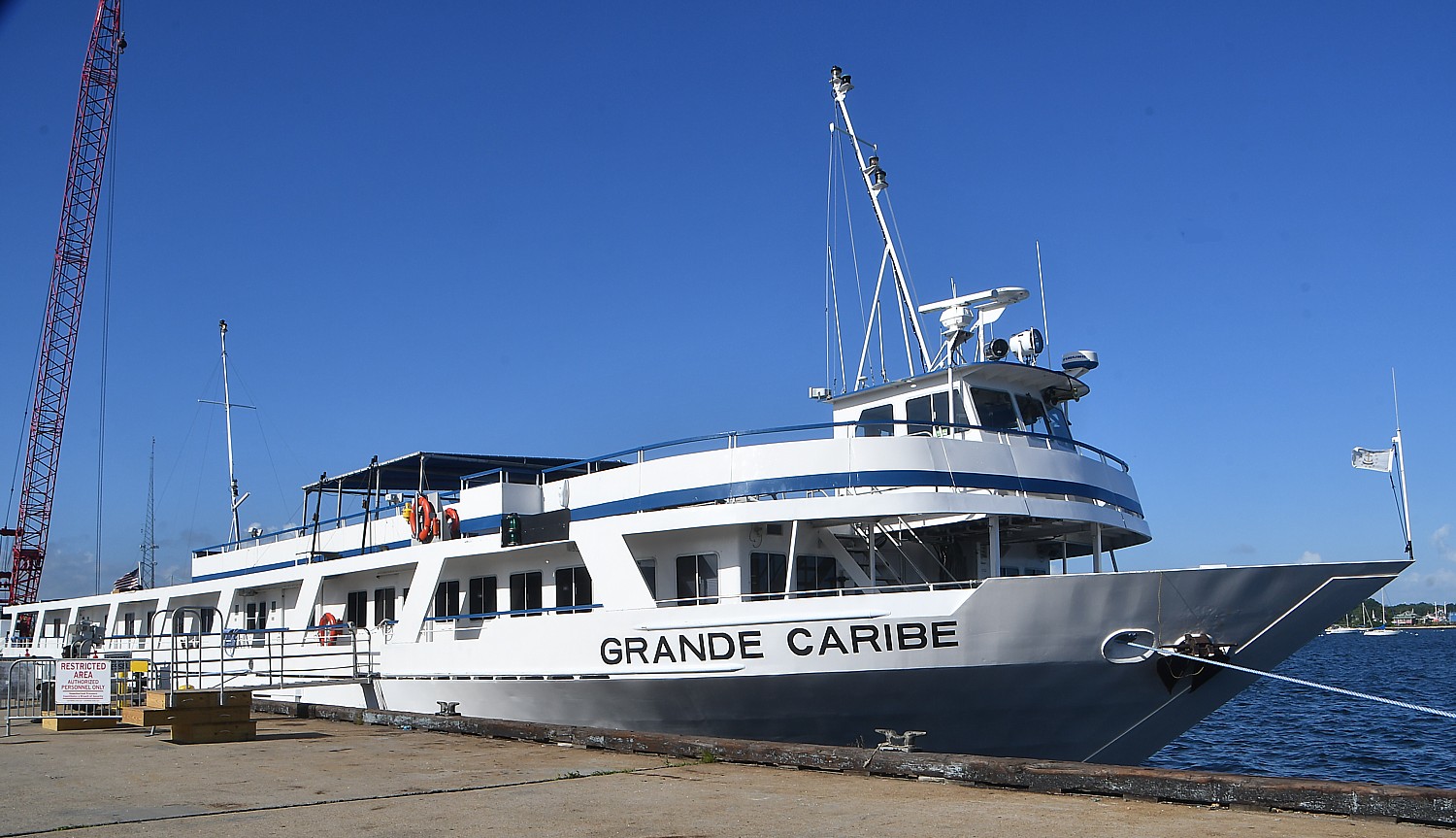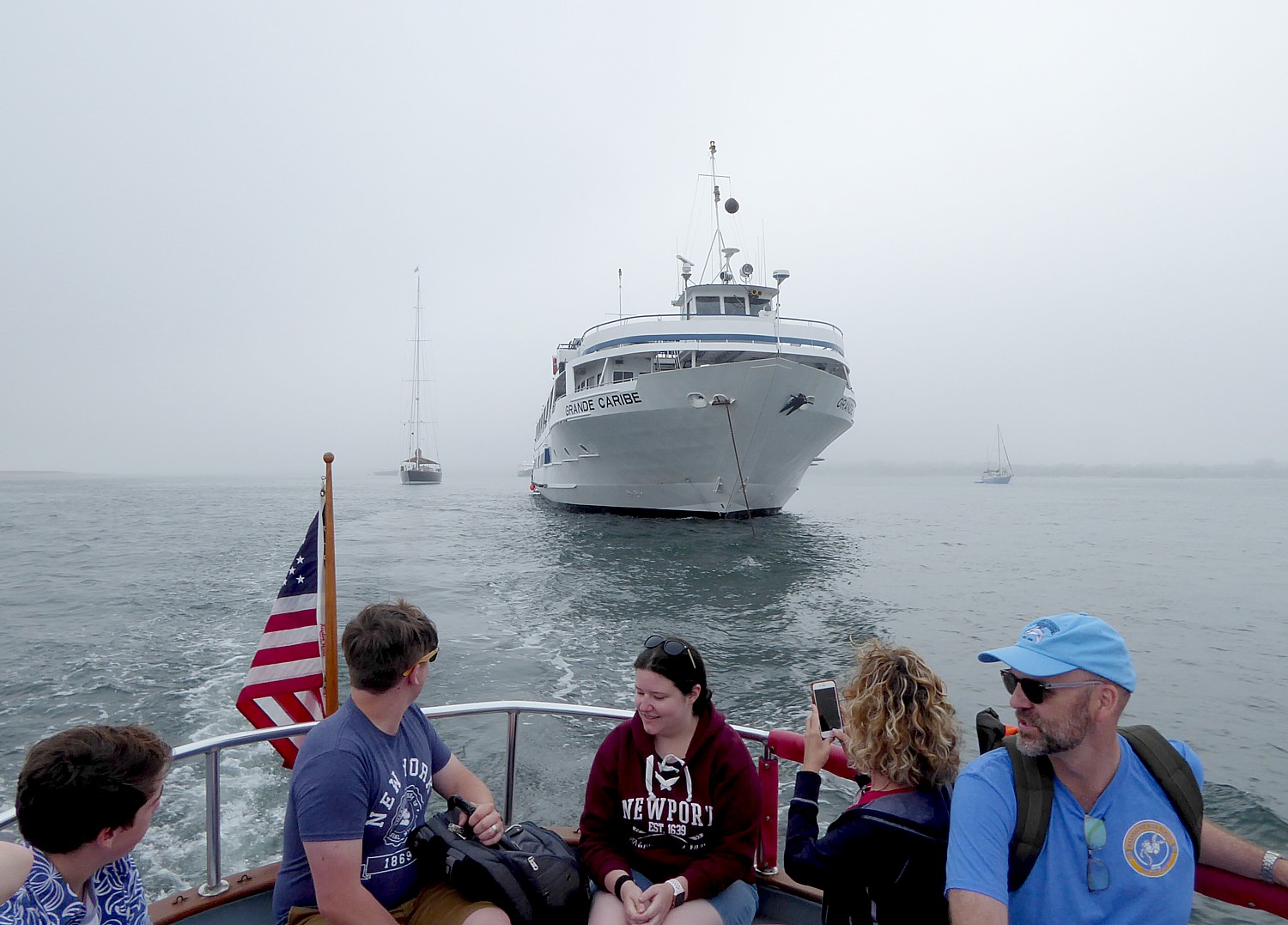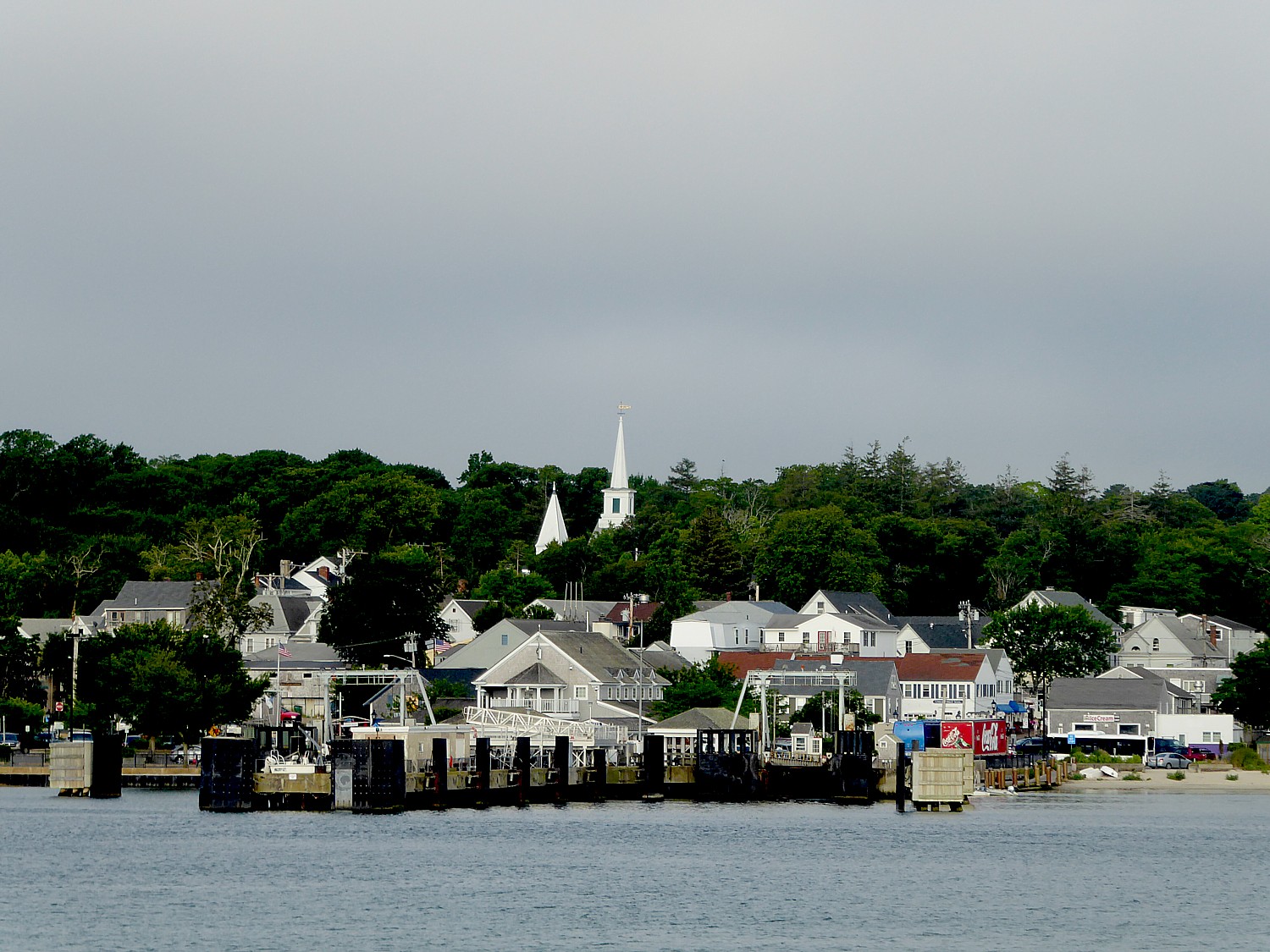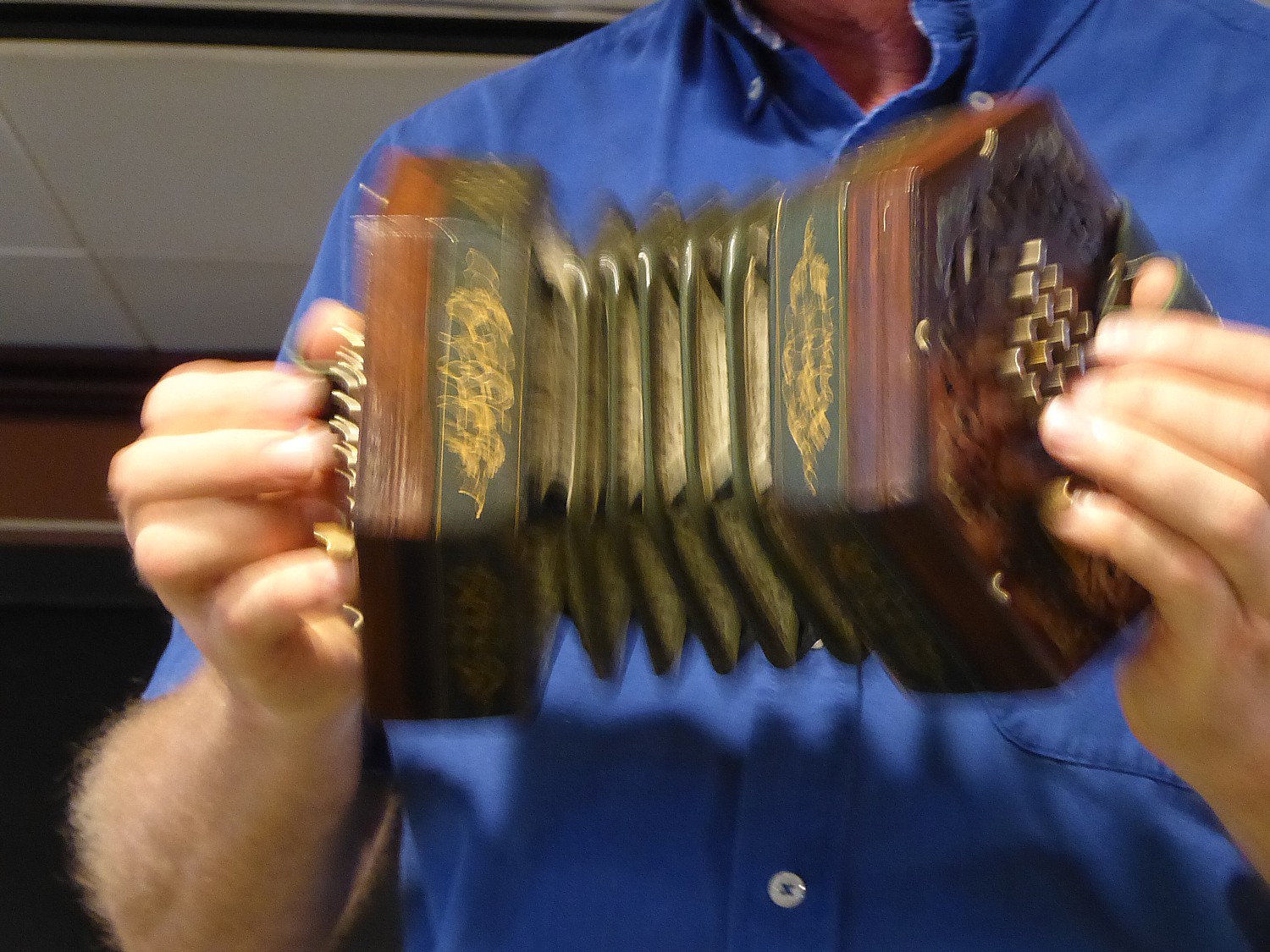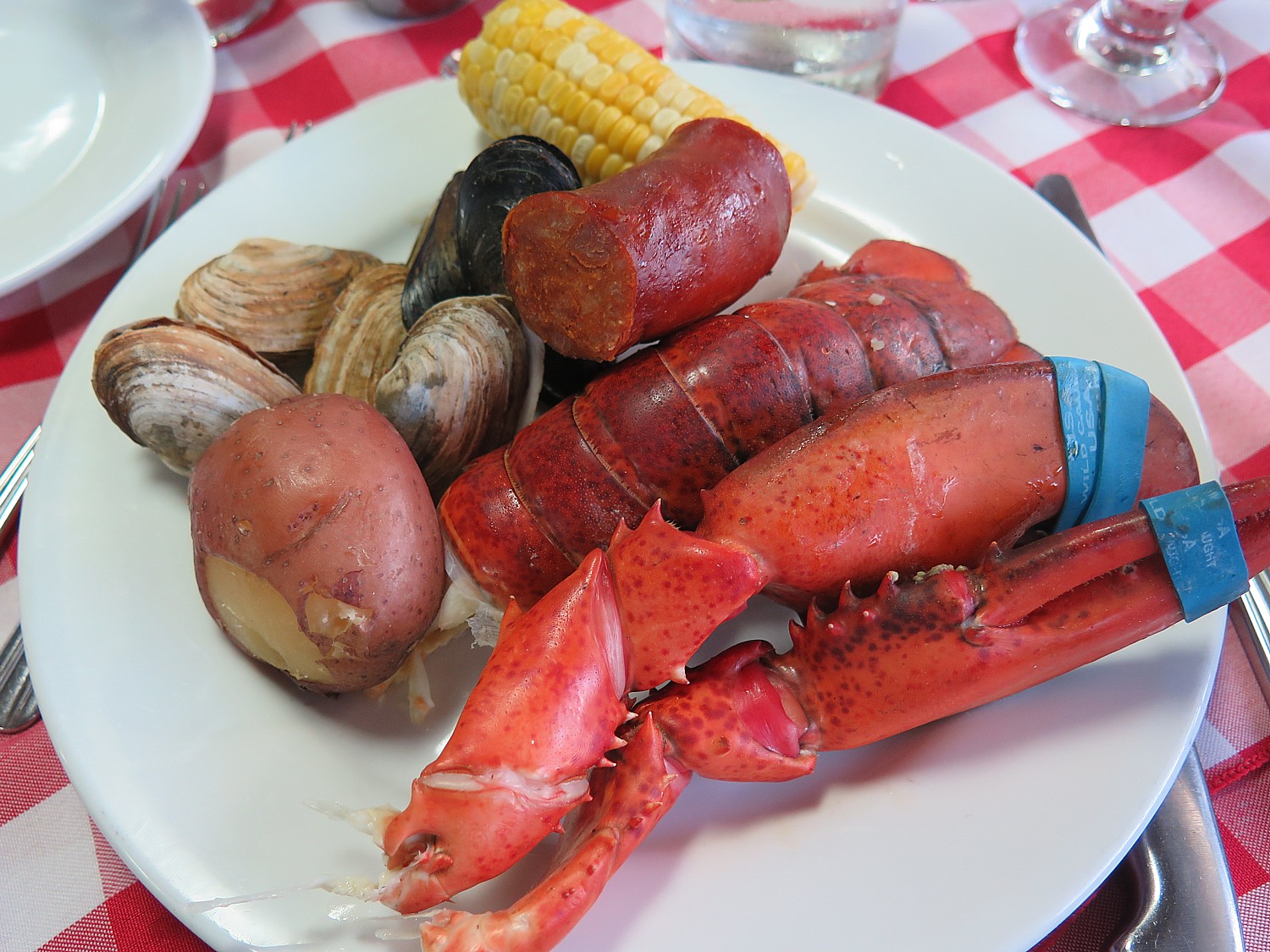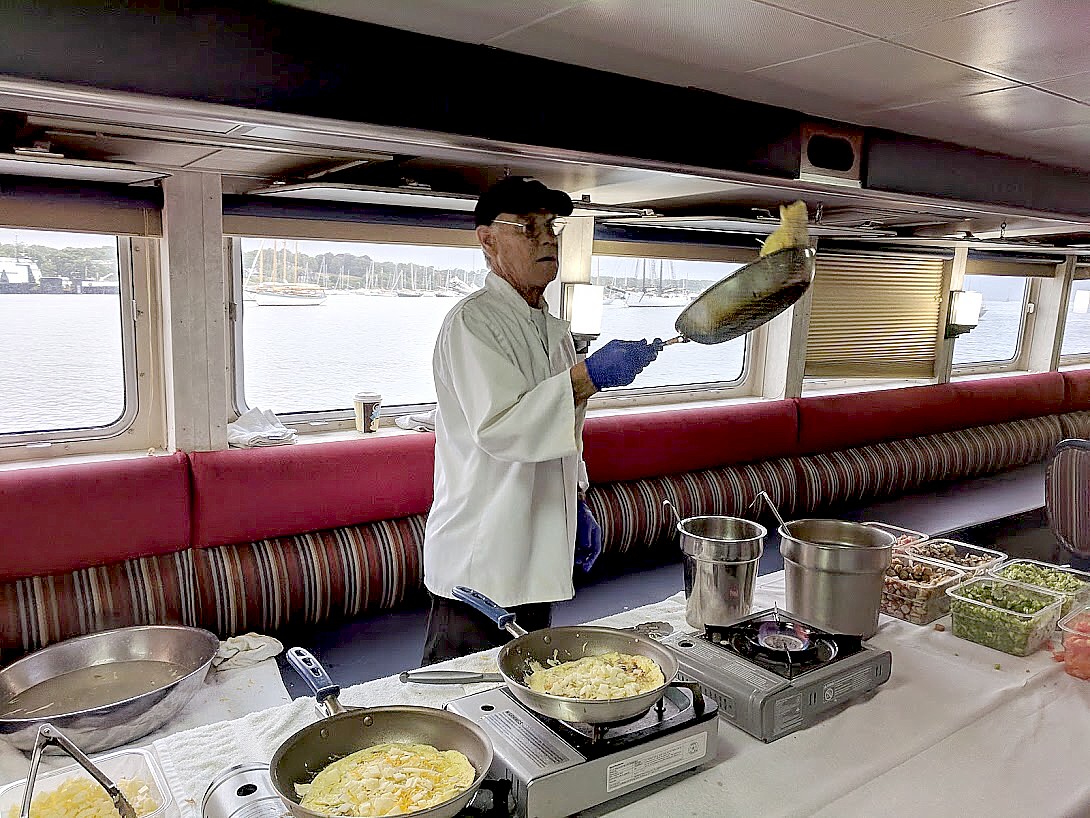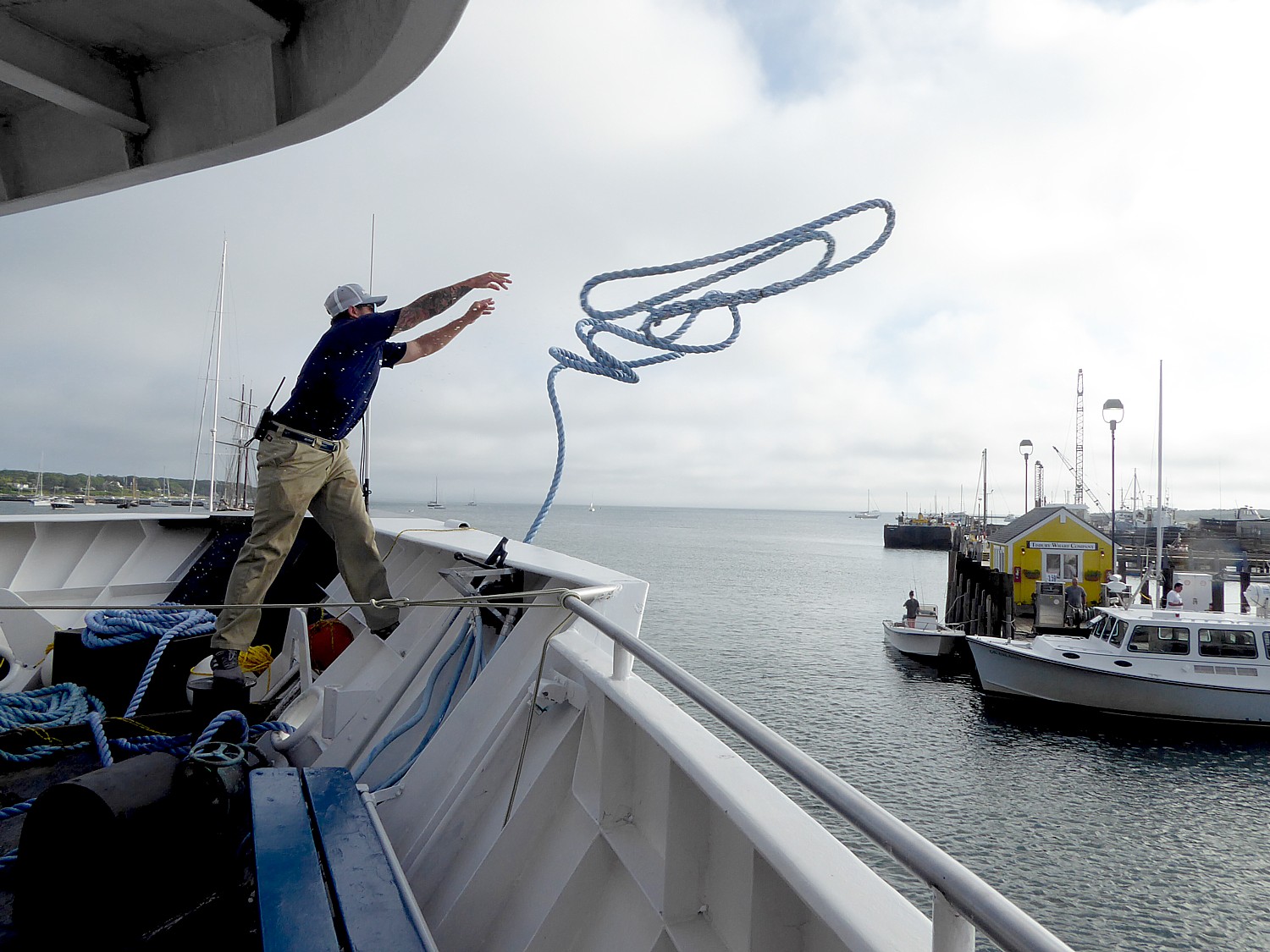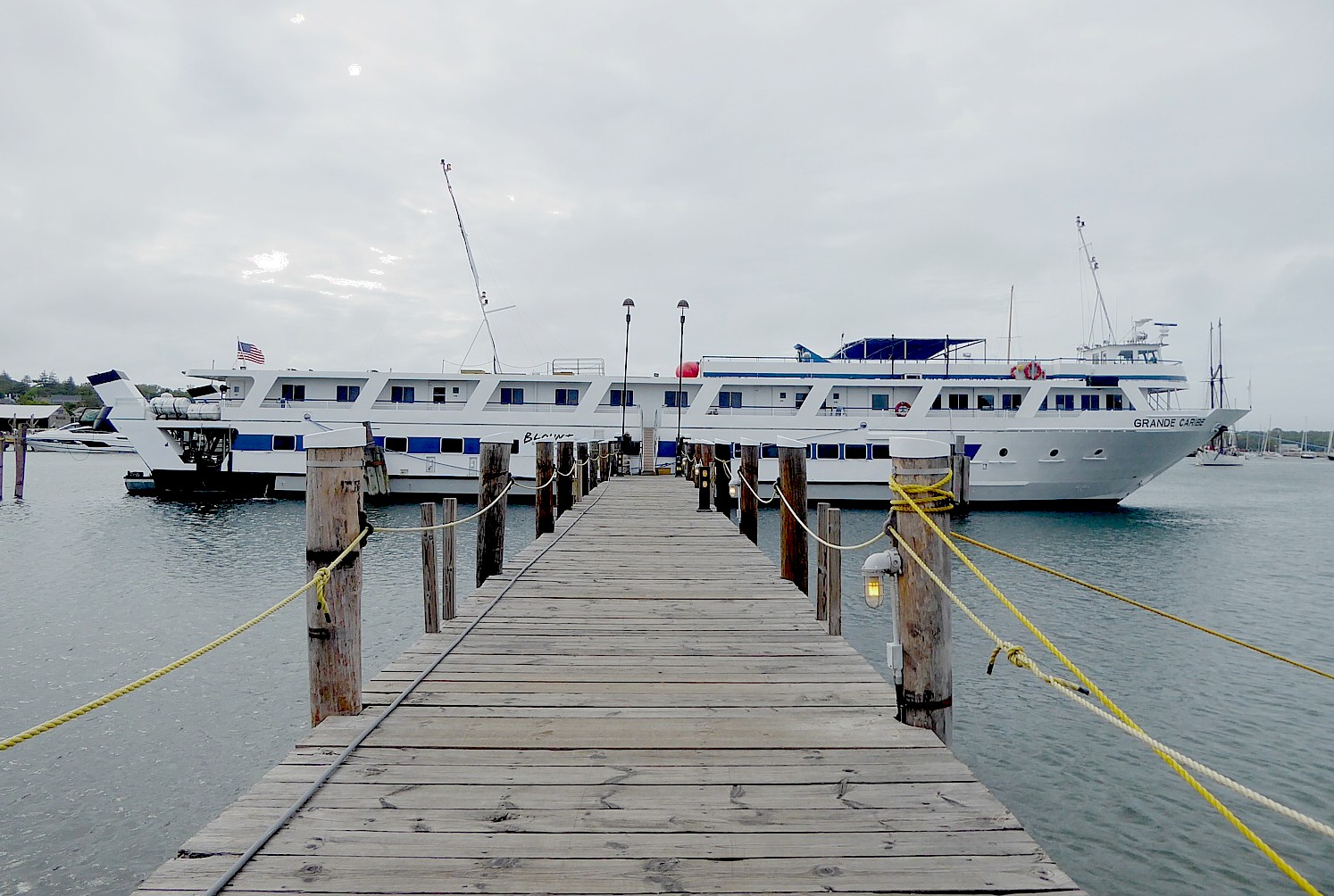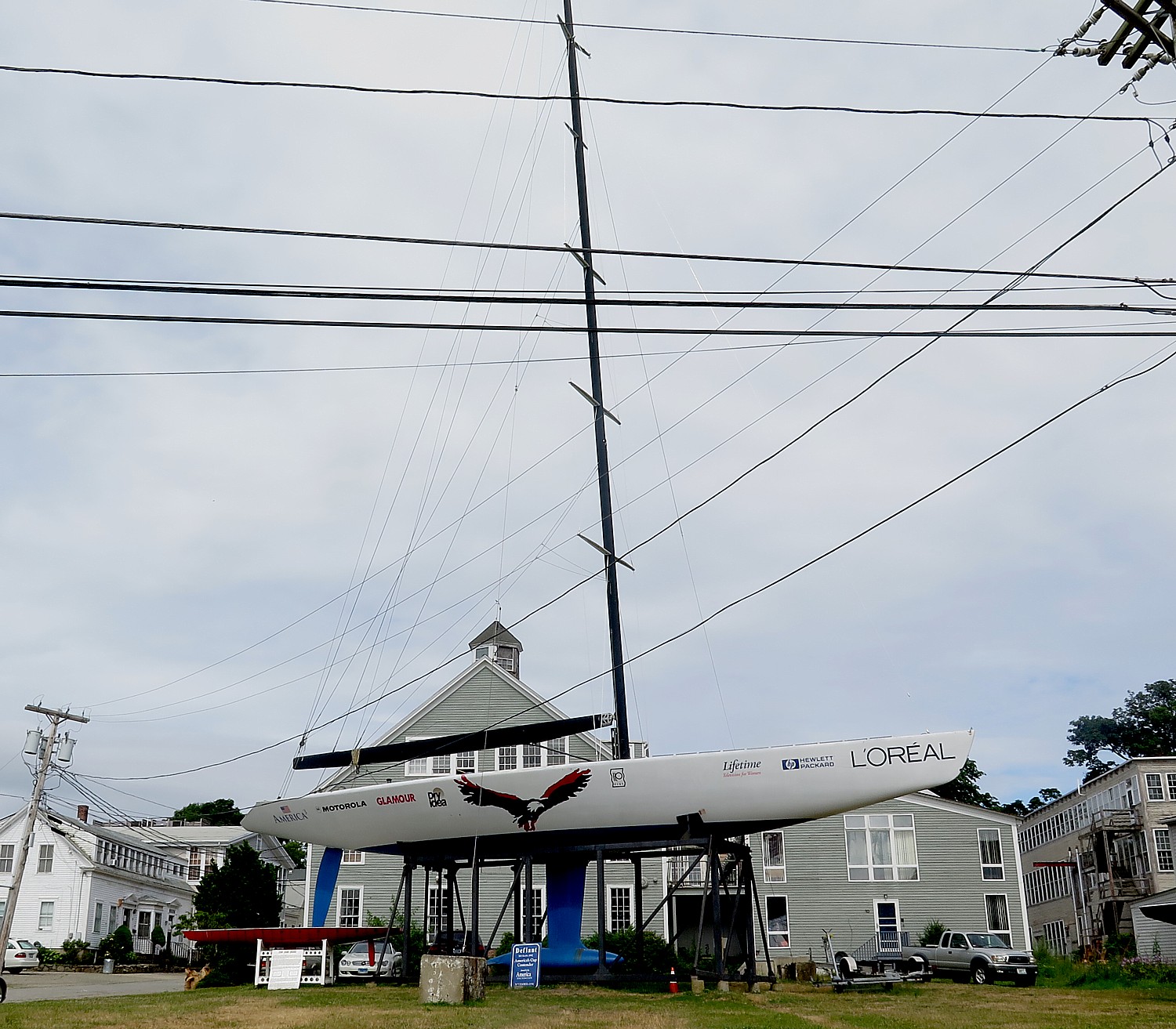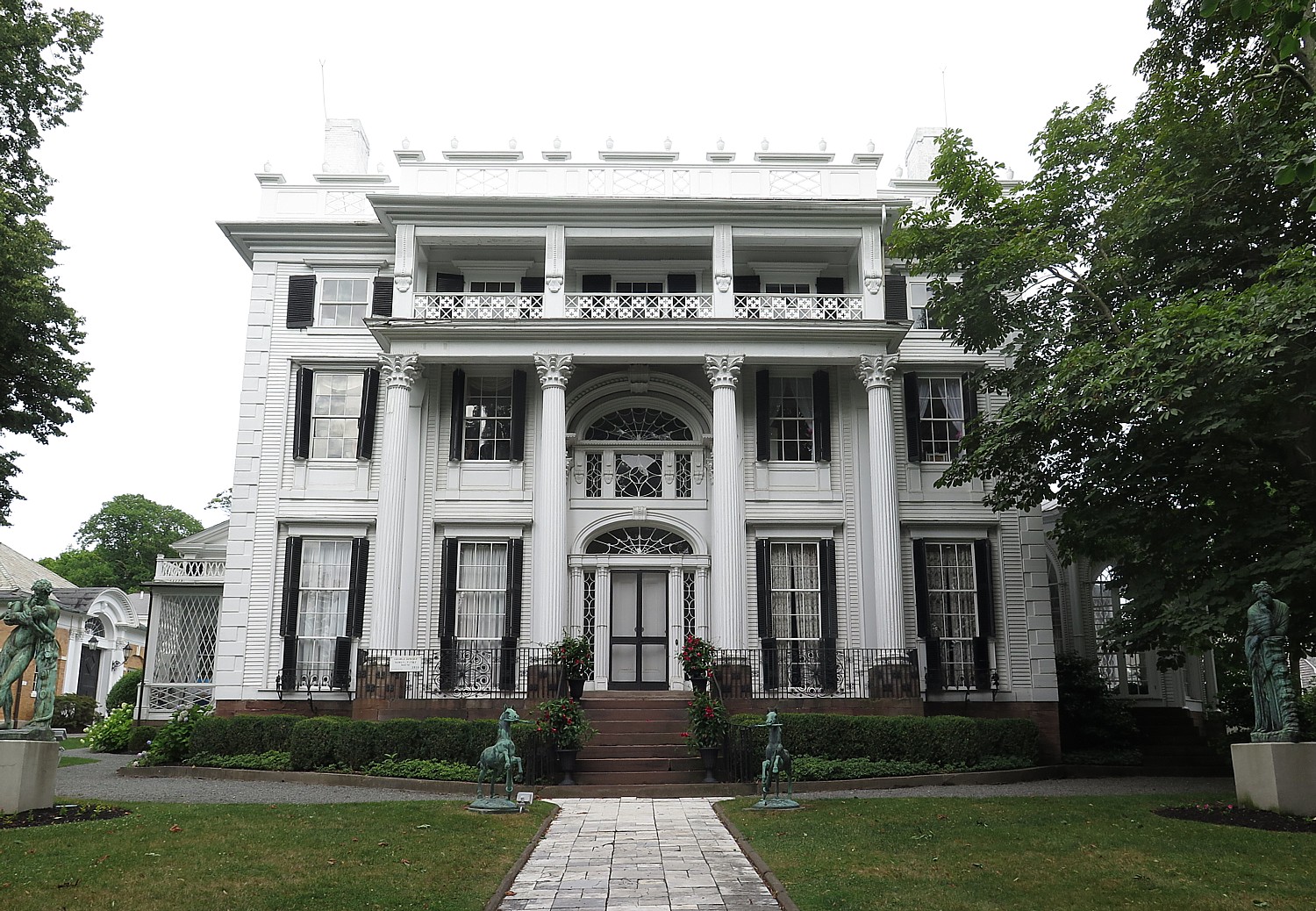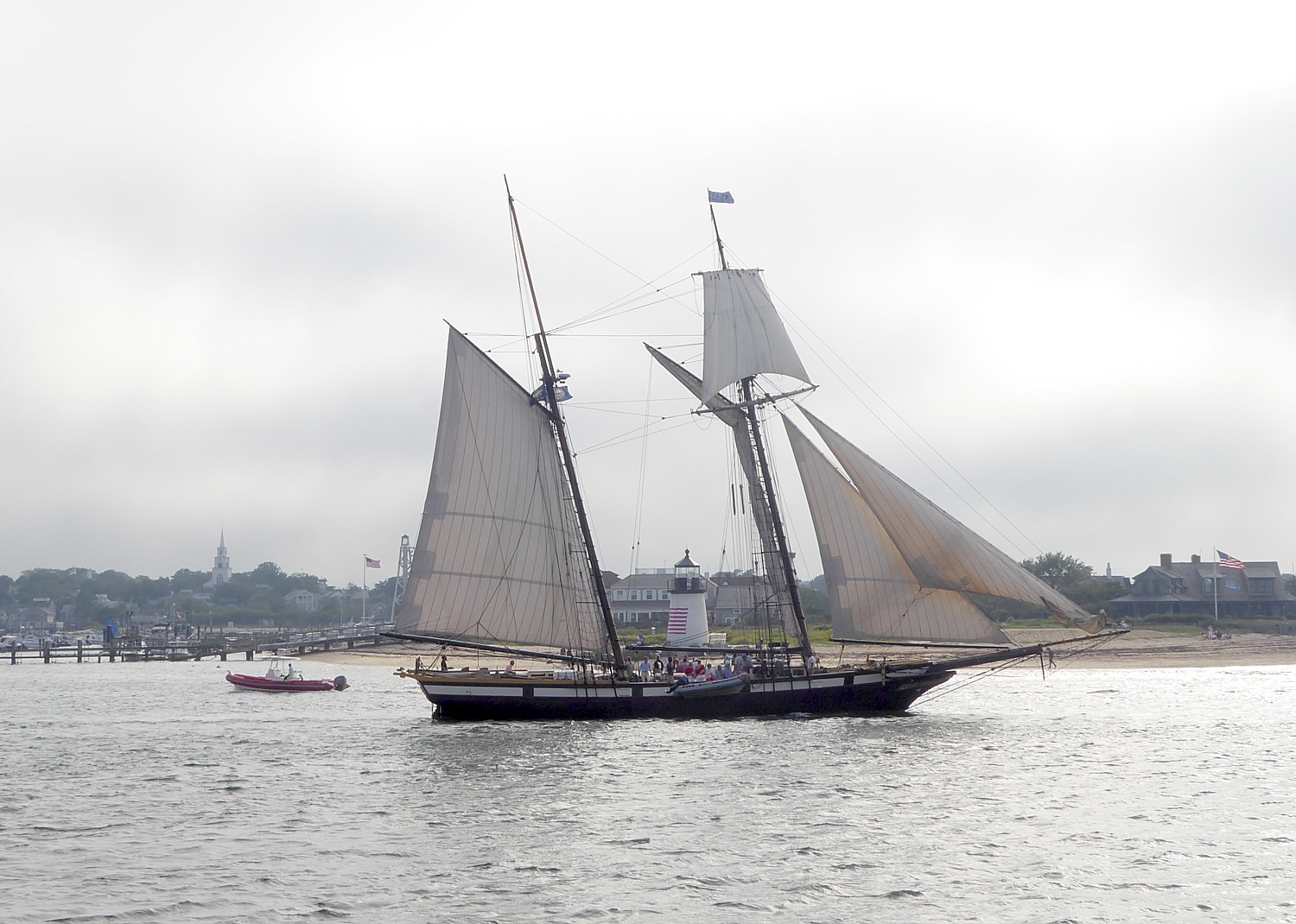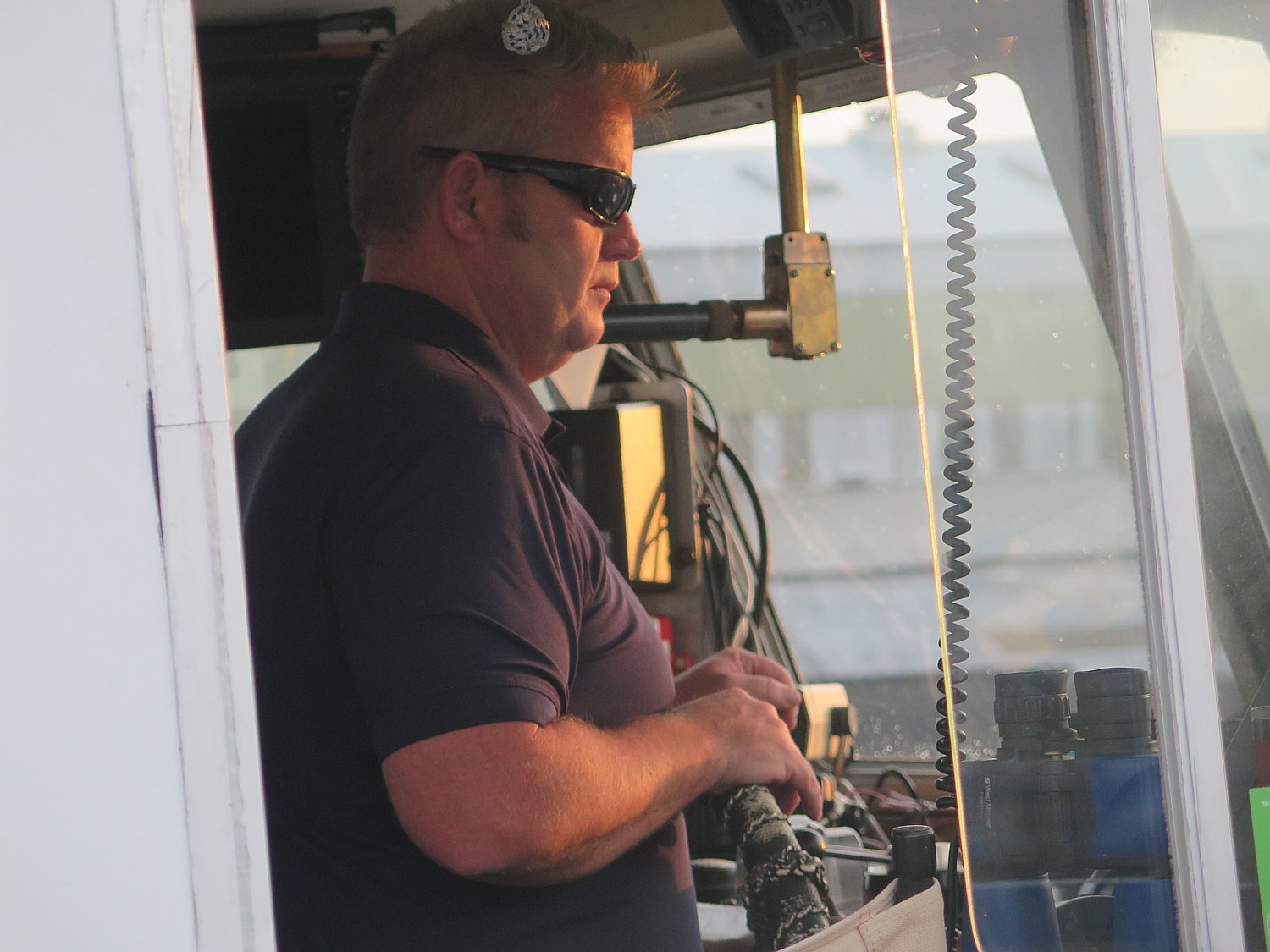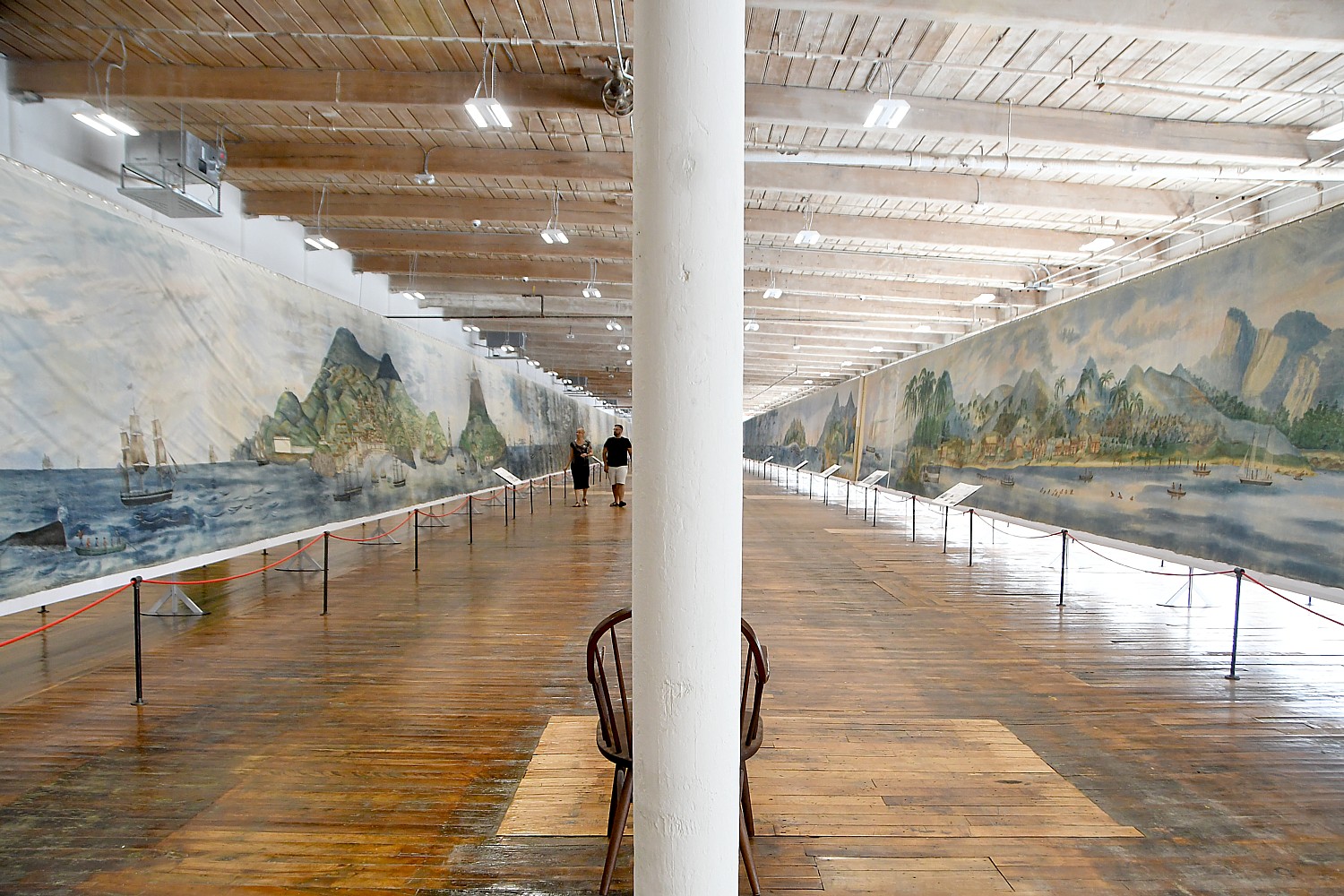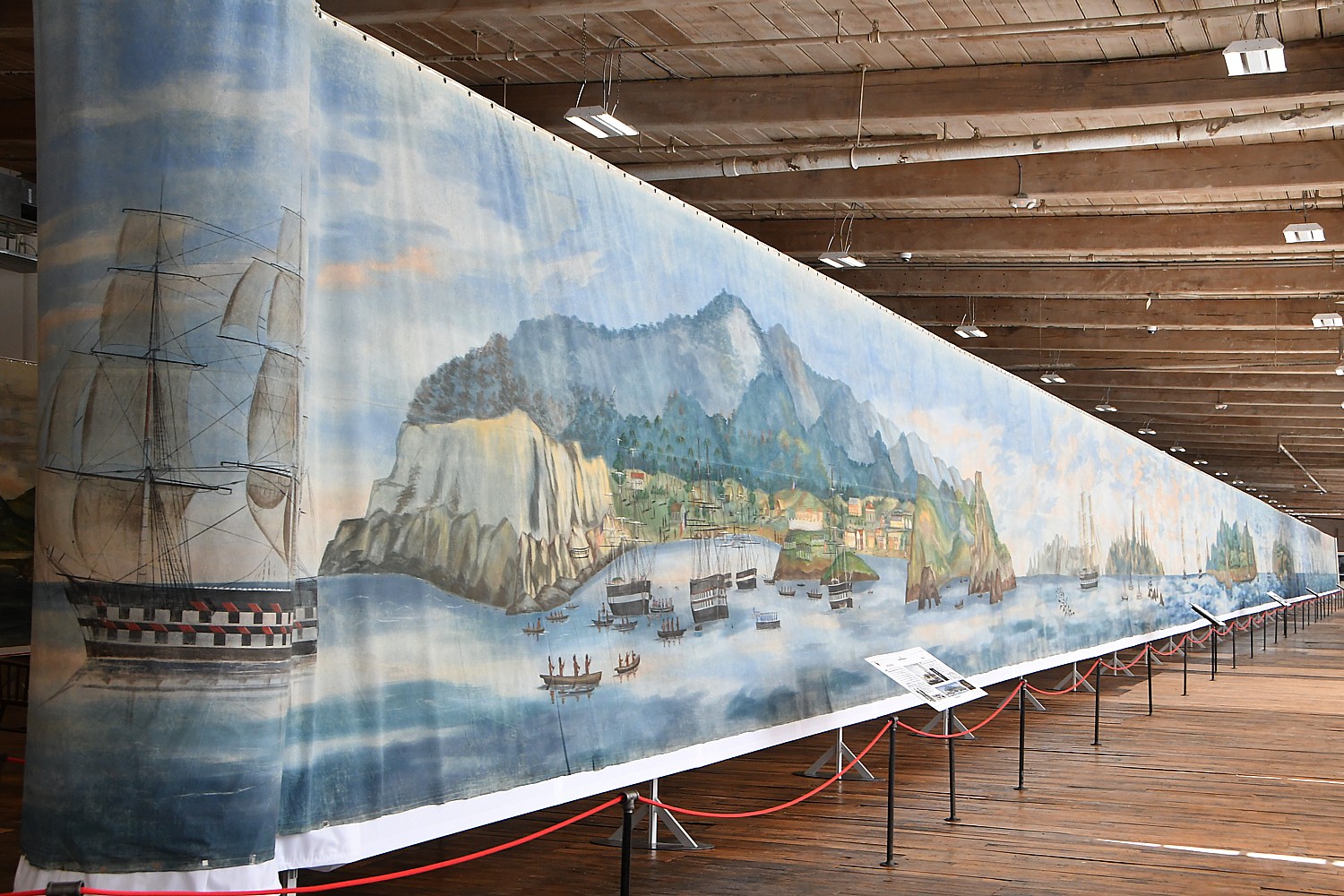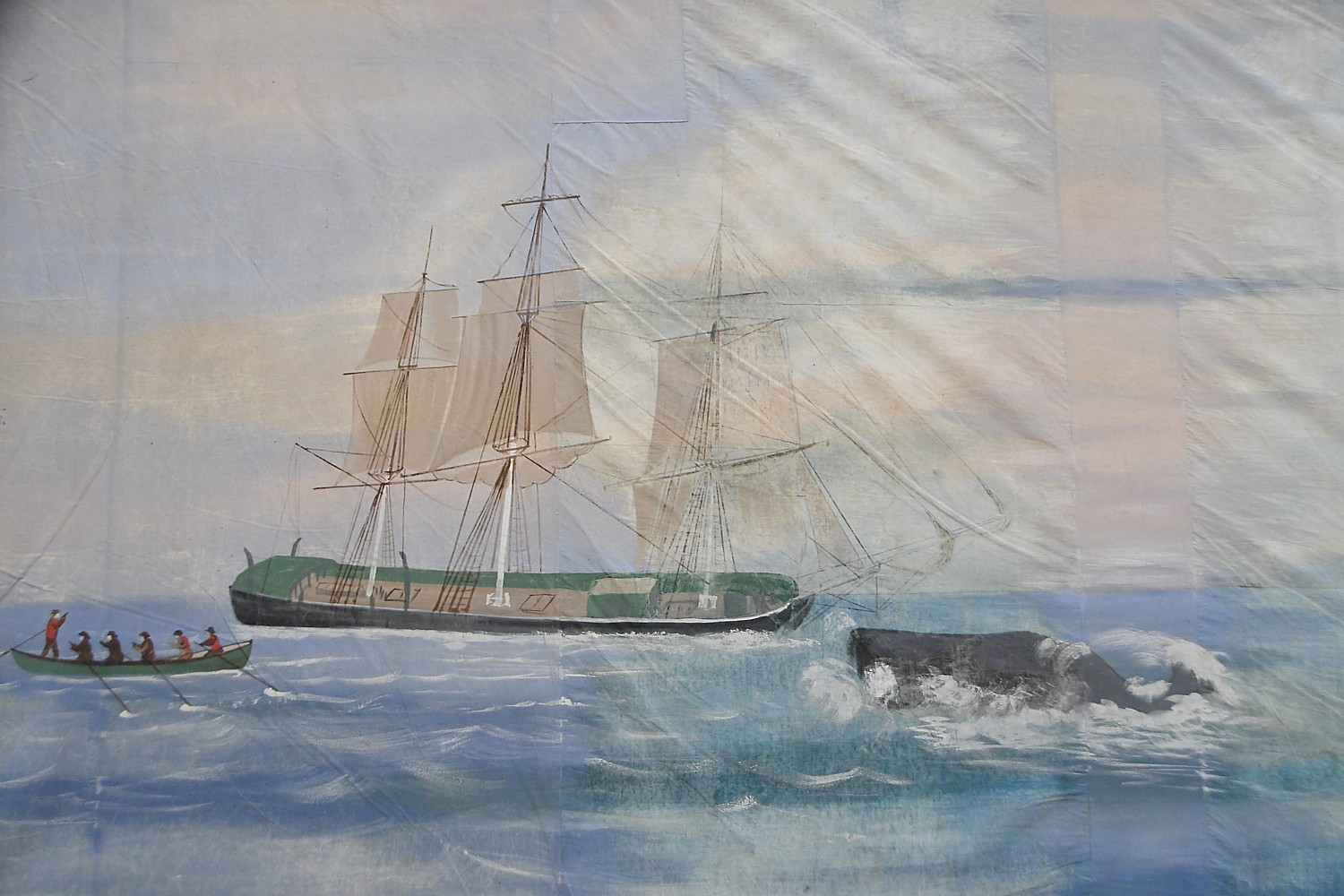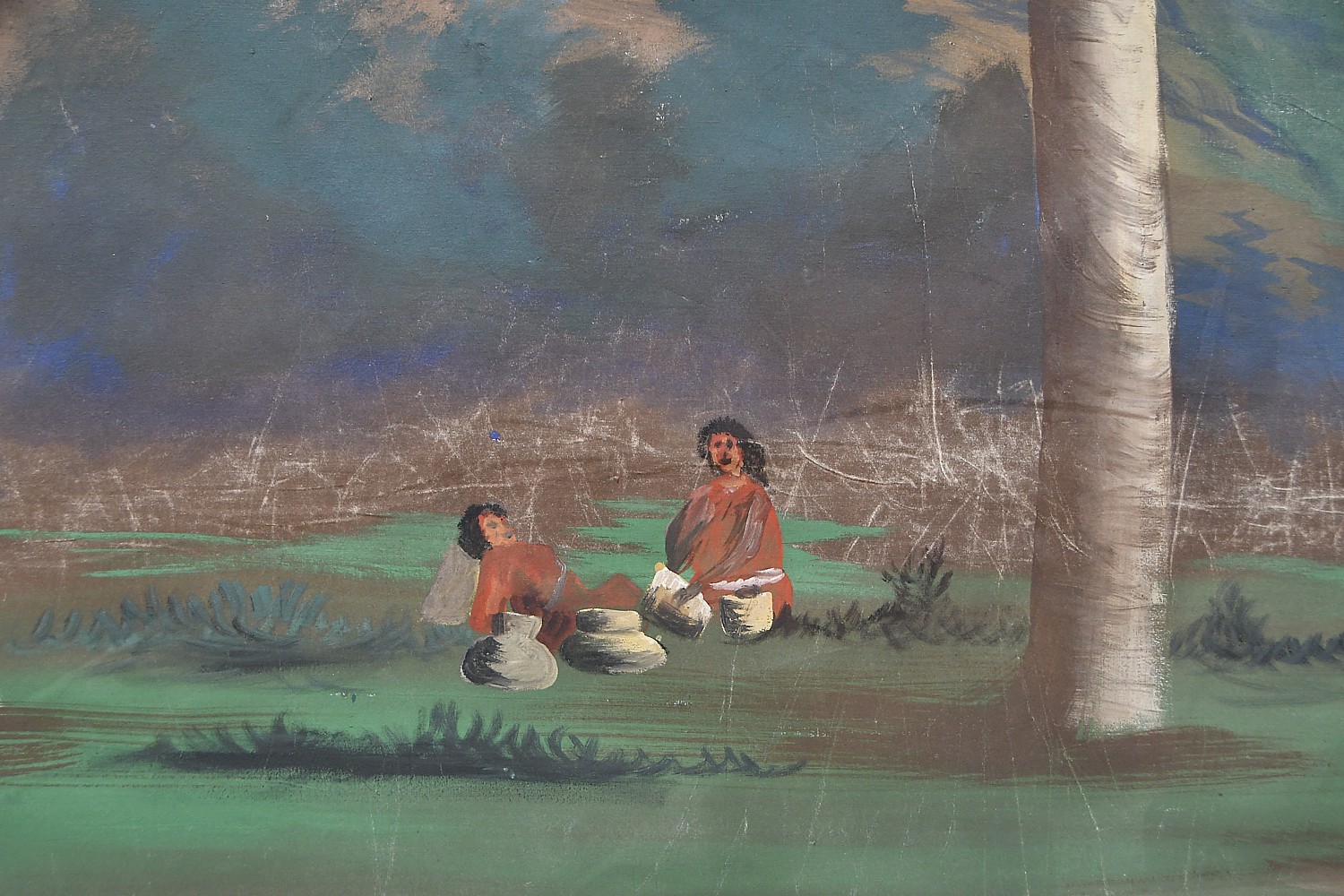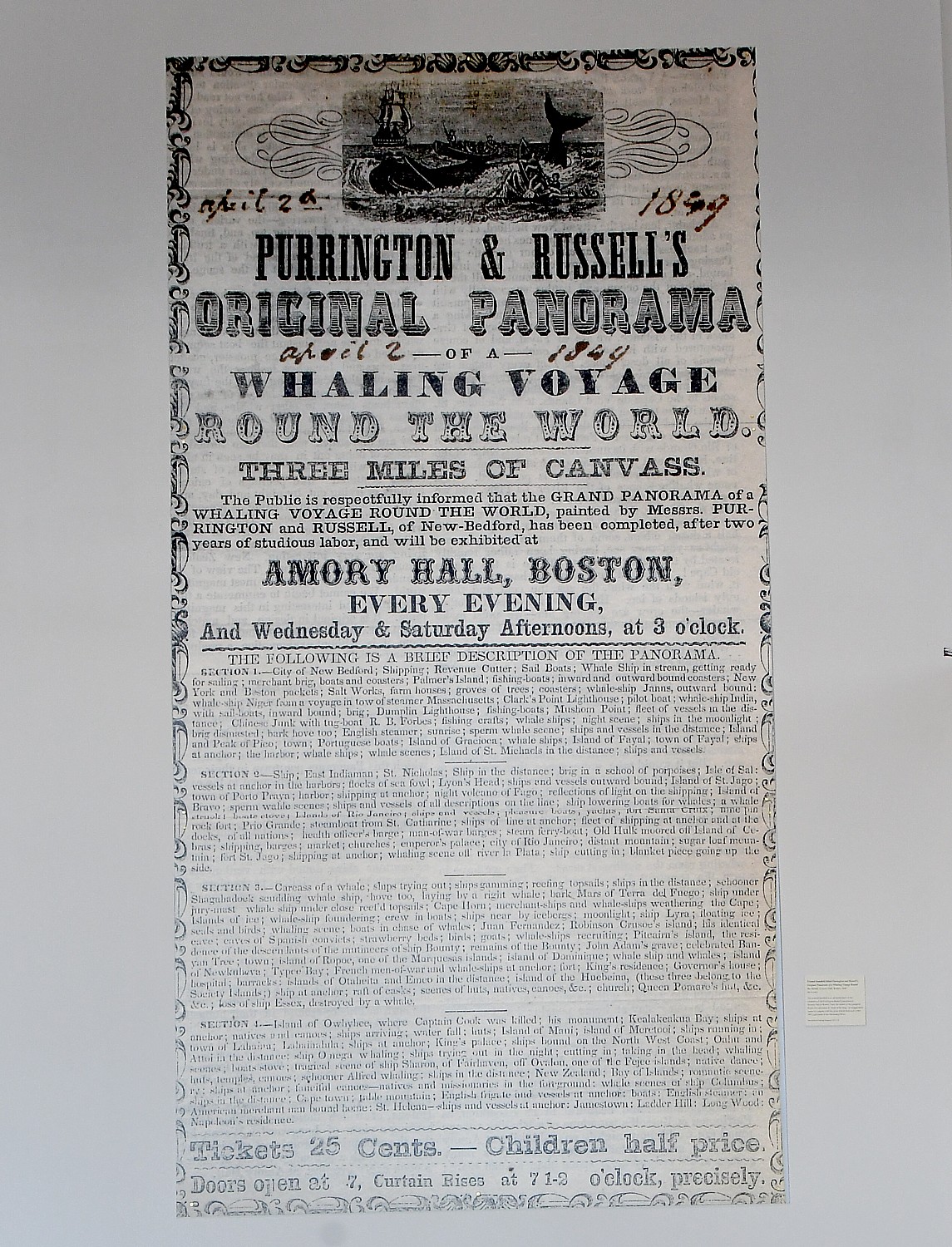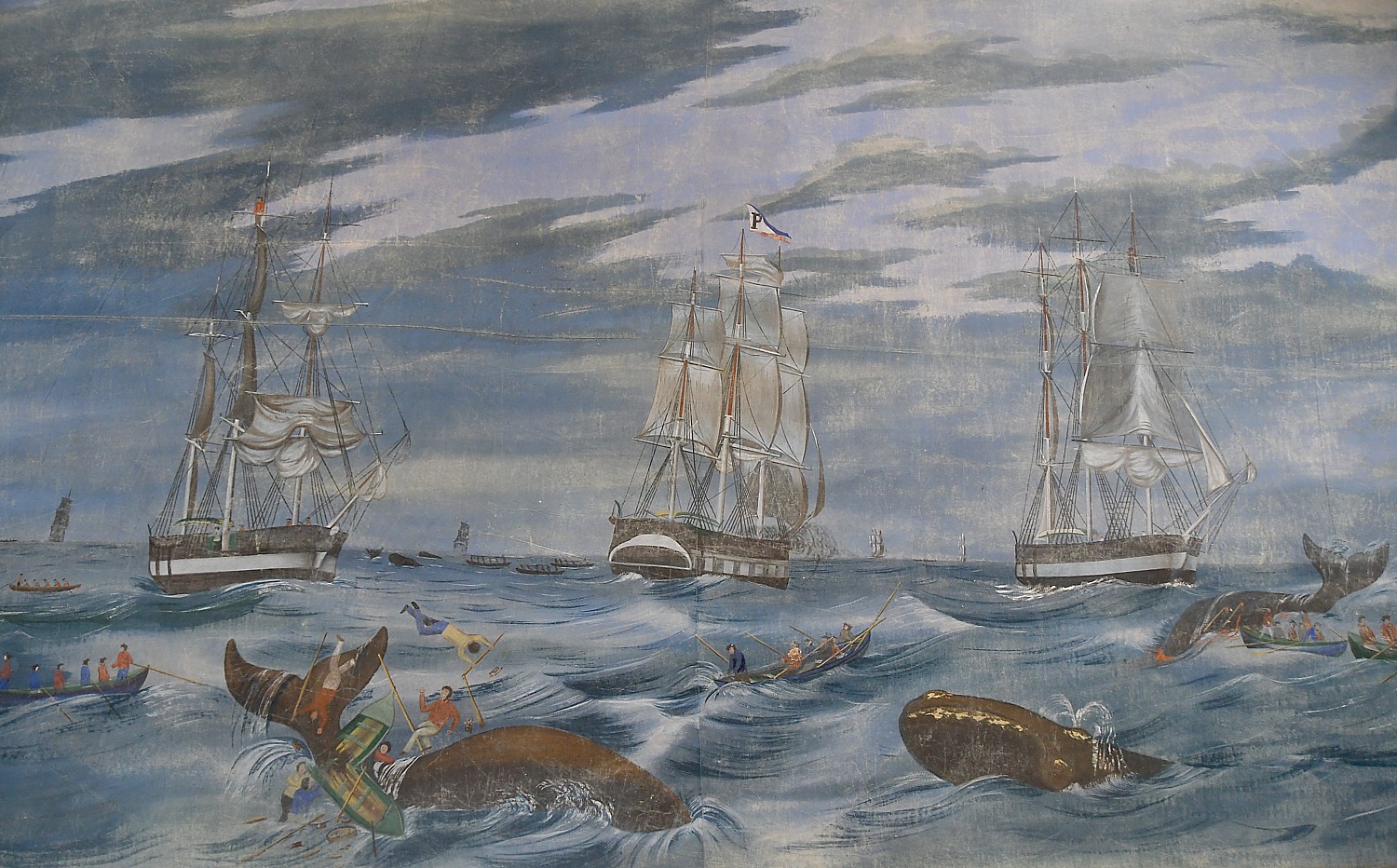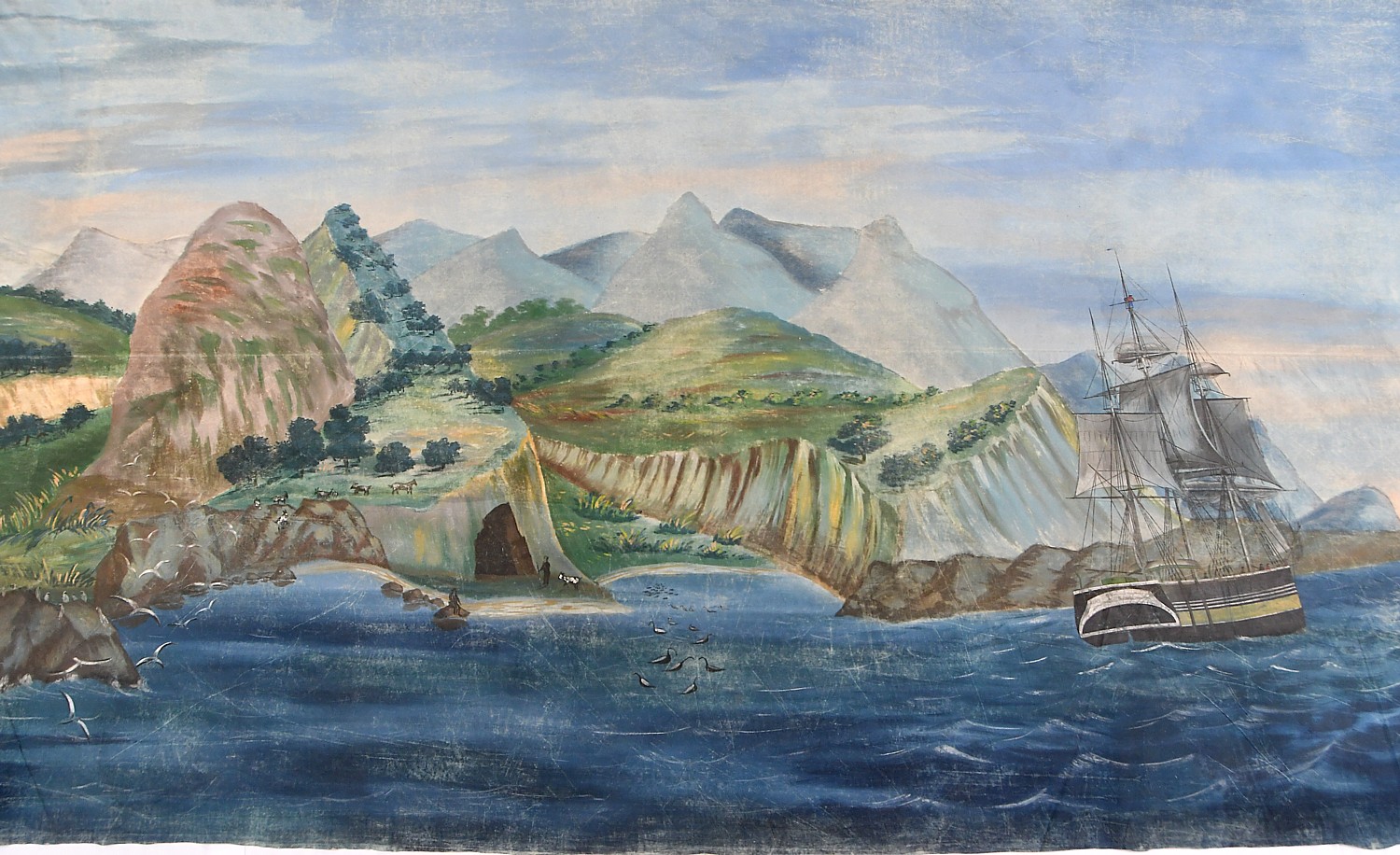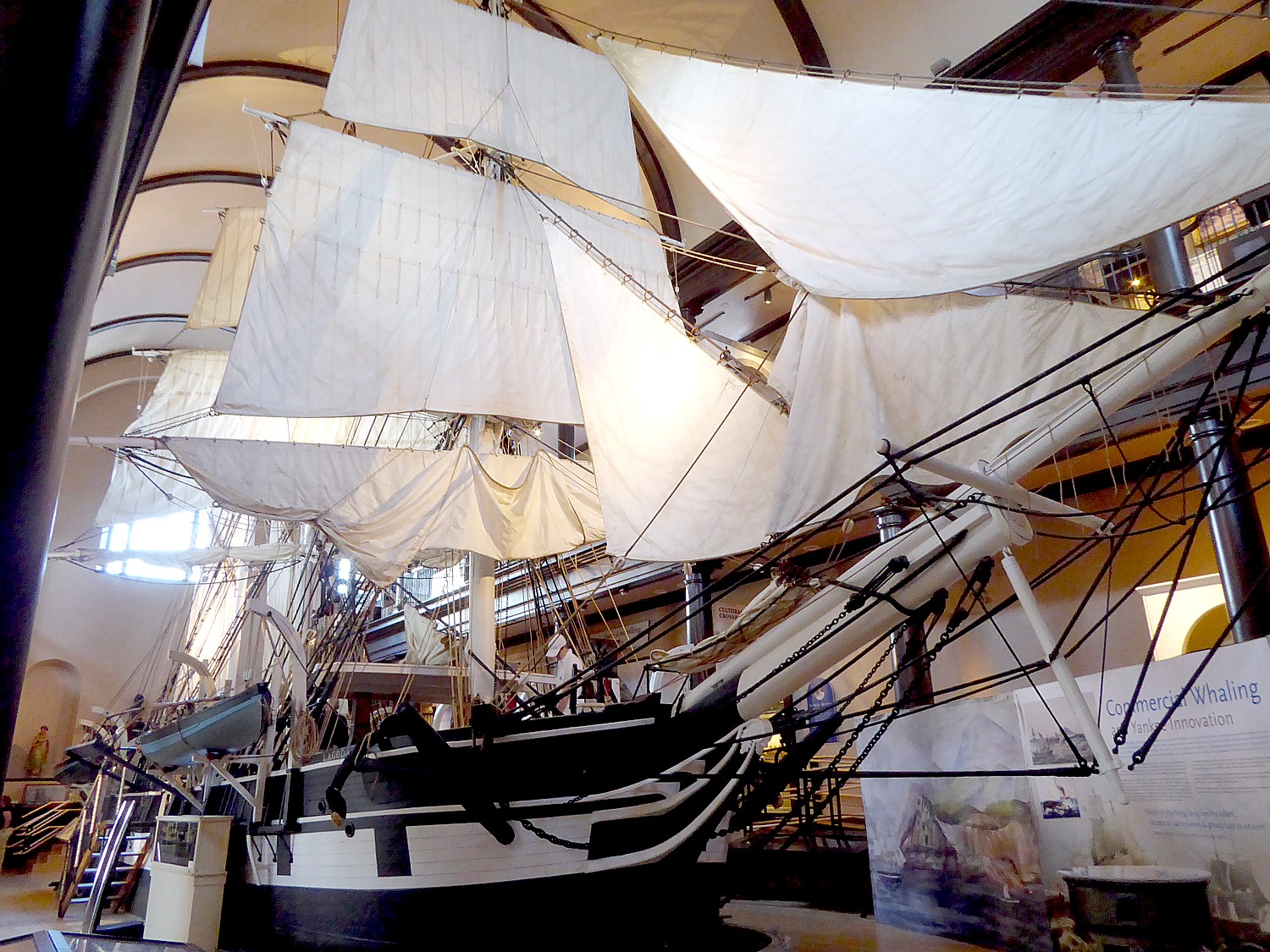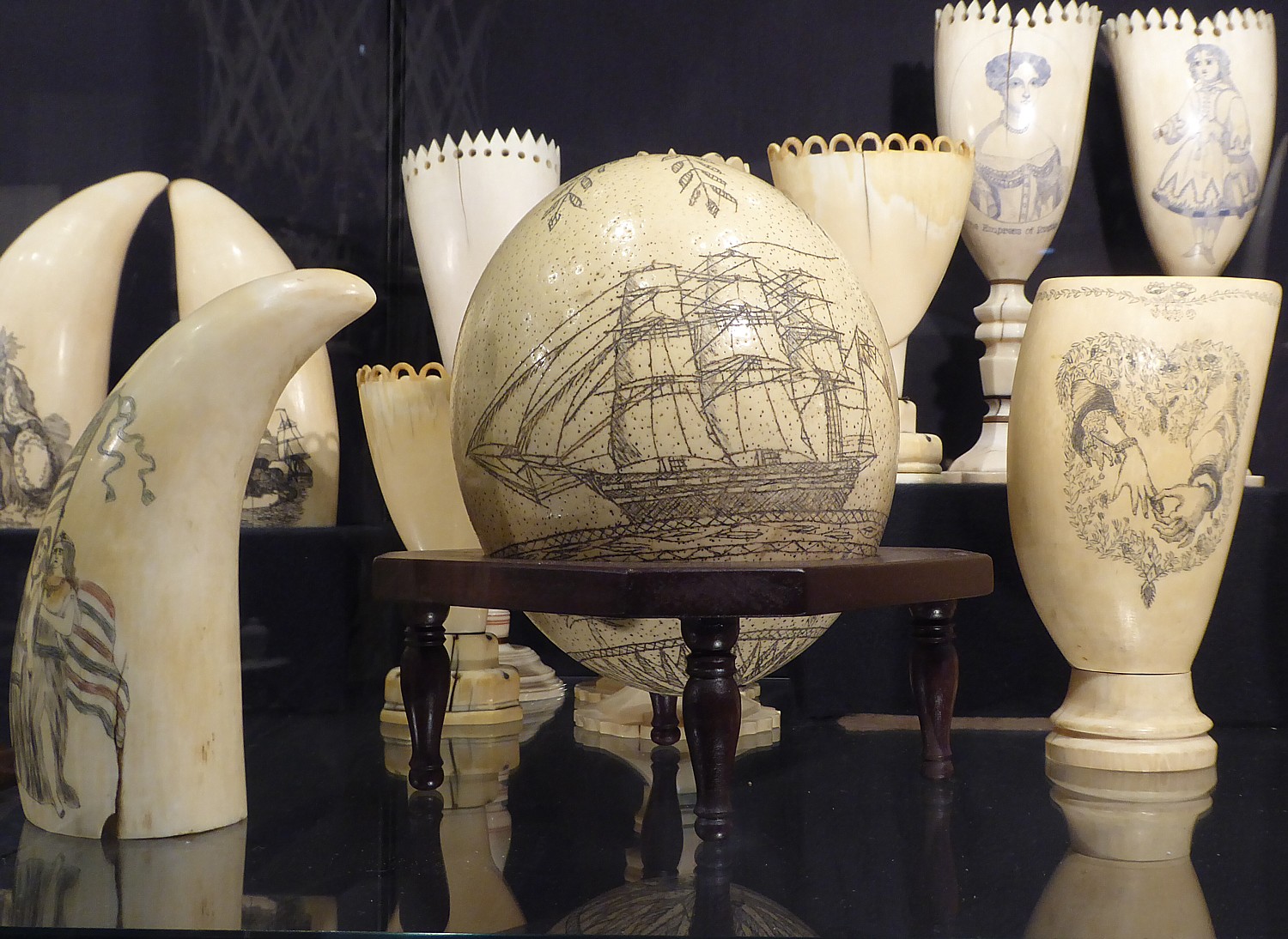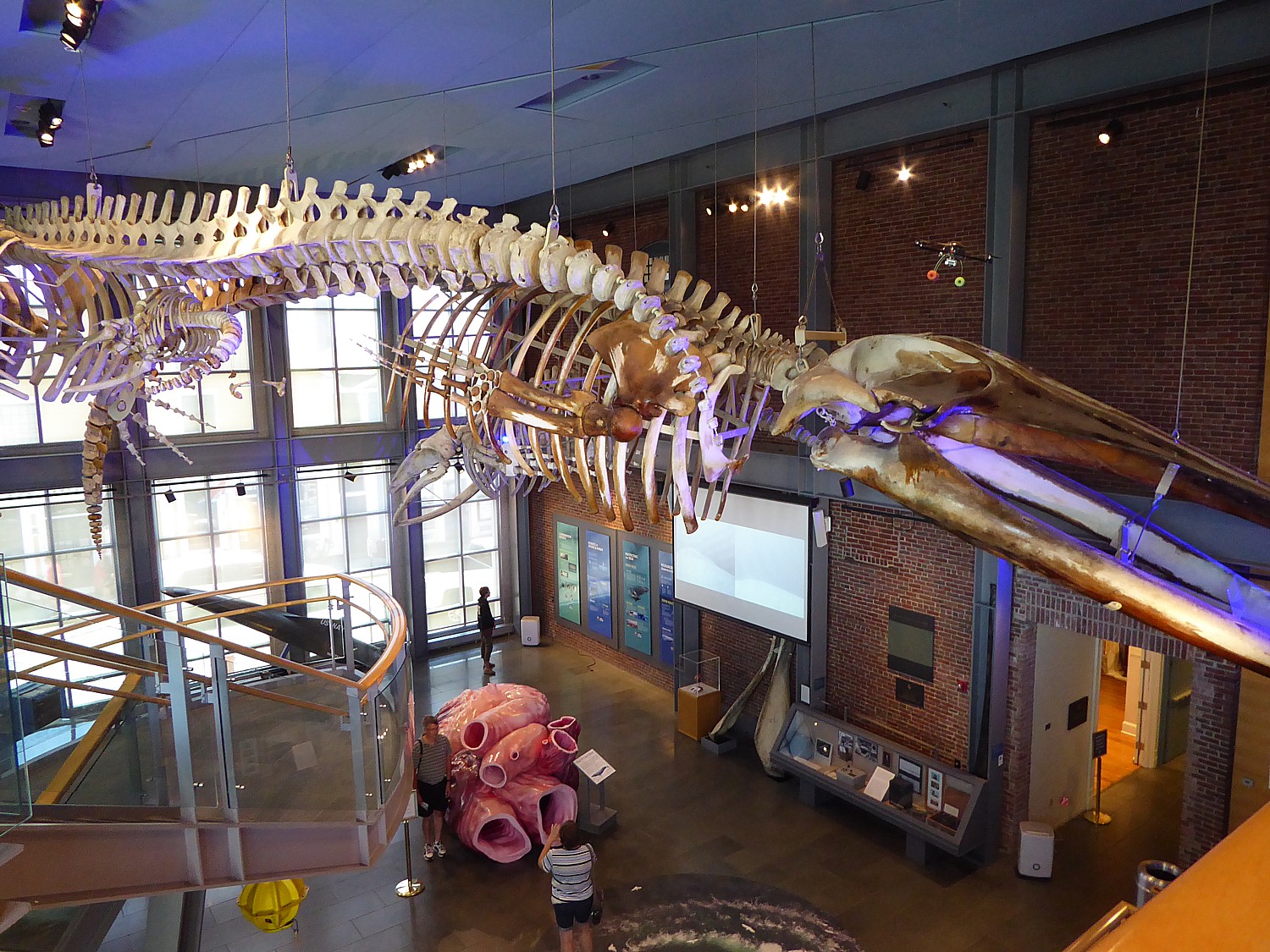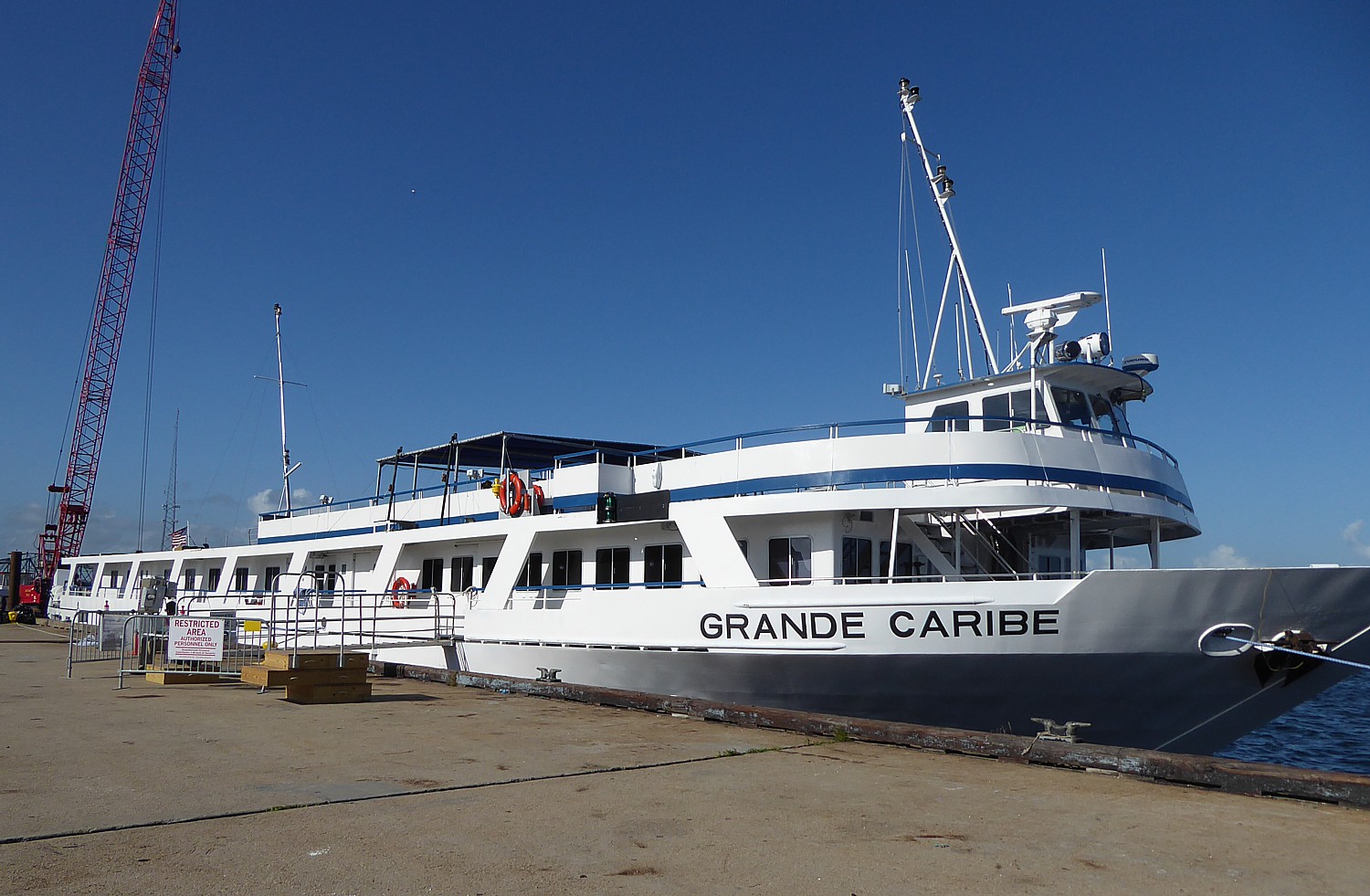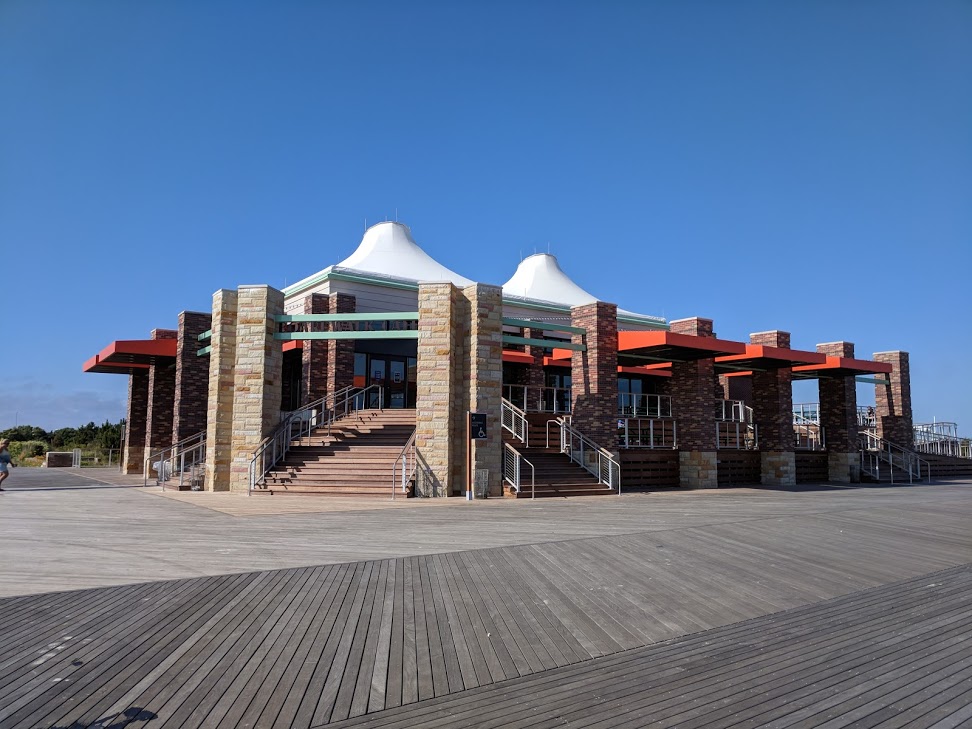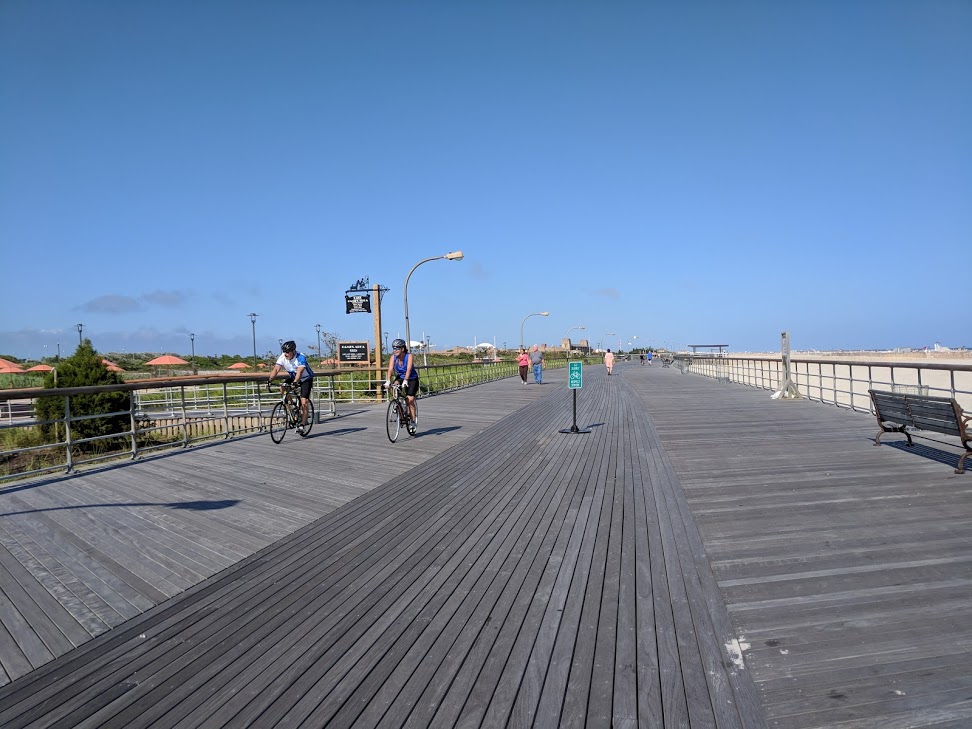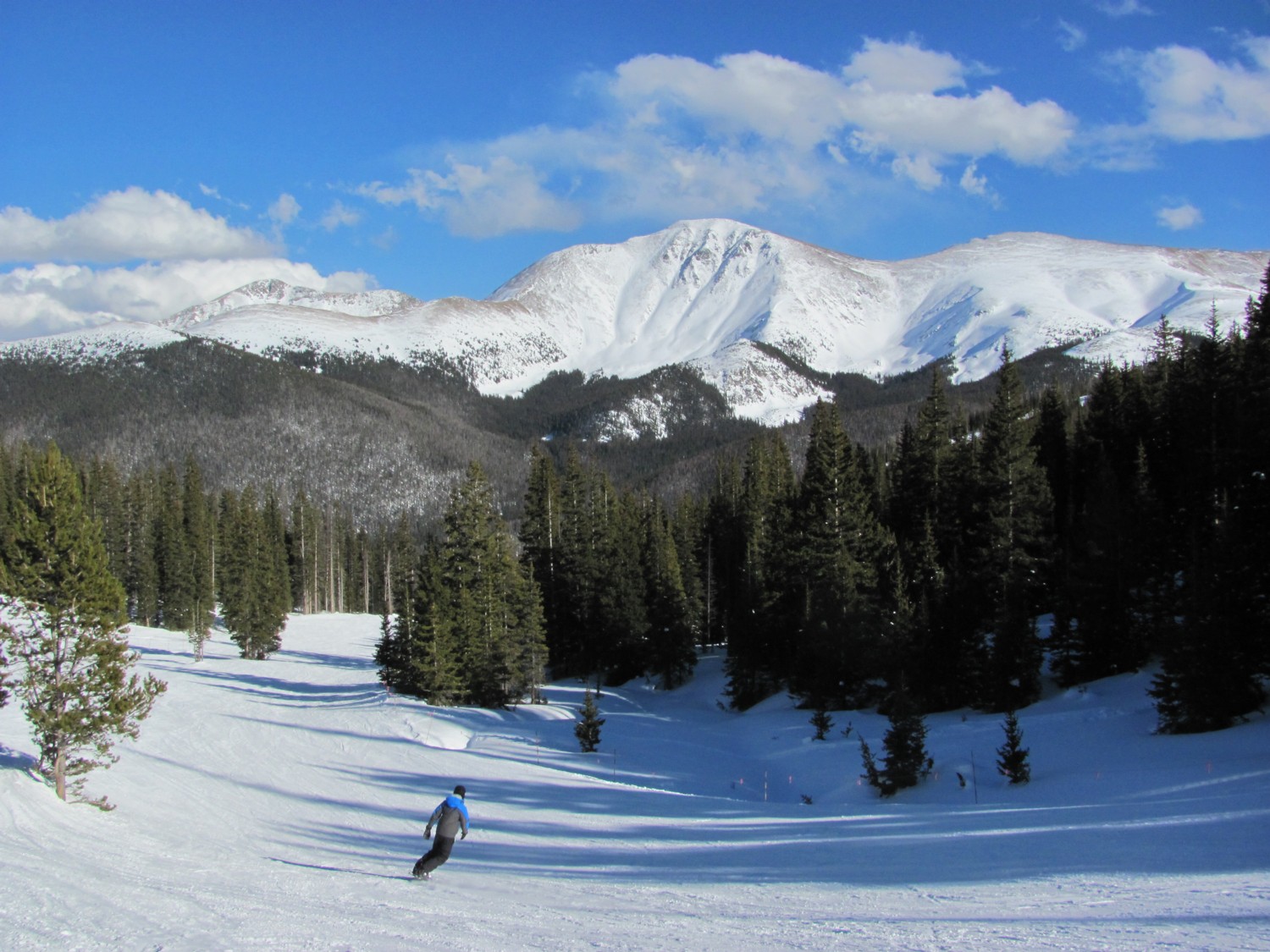
By Karen Rubin
Travel Features Syndicate, goingplacesfarandnear.com
The leaves have hardly started to fall here in the Northeast, let alone the first snowflakes, but eager skiers need to start planning for the upcoming season. Fall is the battle of the season passes, made much more interesting with the consolidation of ski resorts around two major titans: Vail Resorts and Alterra Mountain Company, a new company that emerged from the merger of Aspen Ski Company and KSL and a buying spree of a slew of other major resorts.
Both have done something extremely smart: they’ve burst out of the Rockies to acquire New England’s prime ski resorts –Vail acquiring Stowe and Okemo in Vermont, Alterra acquiring Stratton and forming a partnership with Powdr’s Killington, making their season passes that much more usable, and therefore more valuable for Eastern skiers. What is more, it creates an incentive to include a long-haul ski vacation during the season. Both passes even include access to international resorts – Epic Pass has offerings in Canada, Australia, Japan, France, Switzerland, Italy, and Austria and Ikon encompasses resorts in Canada, Australia and Japan.
This summer, Vail Resorts announced an agreement to purchase Triple Peaks, LLC, the parent company of Okemo Mountain Resort in Vermont, Mount Sunapee Resort in New Hampshire, and Crested Butte Mountain Resort in Colorado, and, in a separate acquisition, Stevens Pass Resort in Washington. Vail Resorts plans to invest $35 million over the next two years across the four resorts to continue to elevate the guest experience.
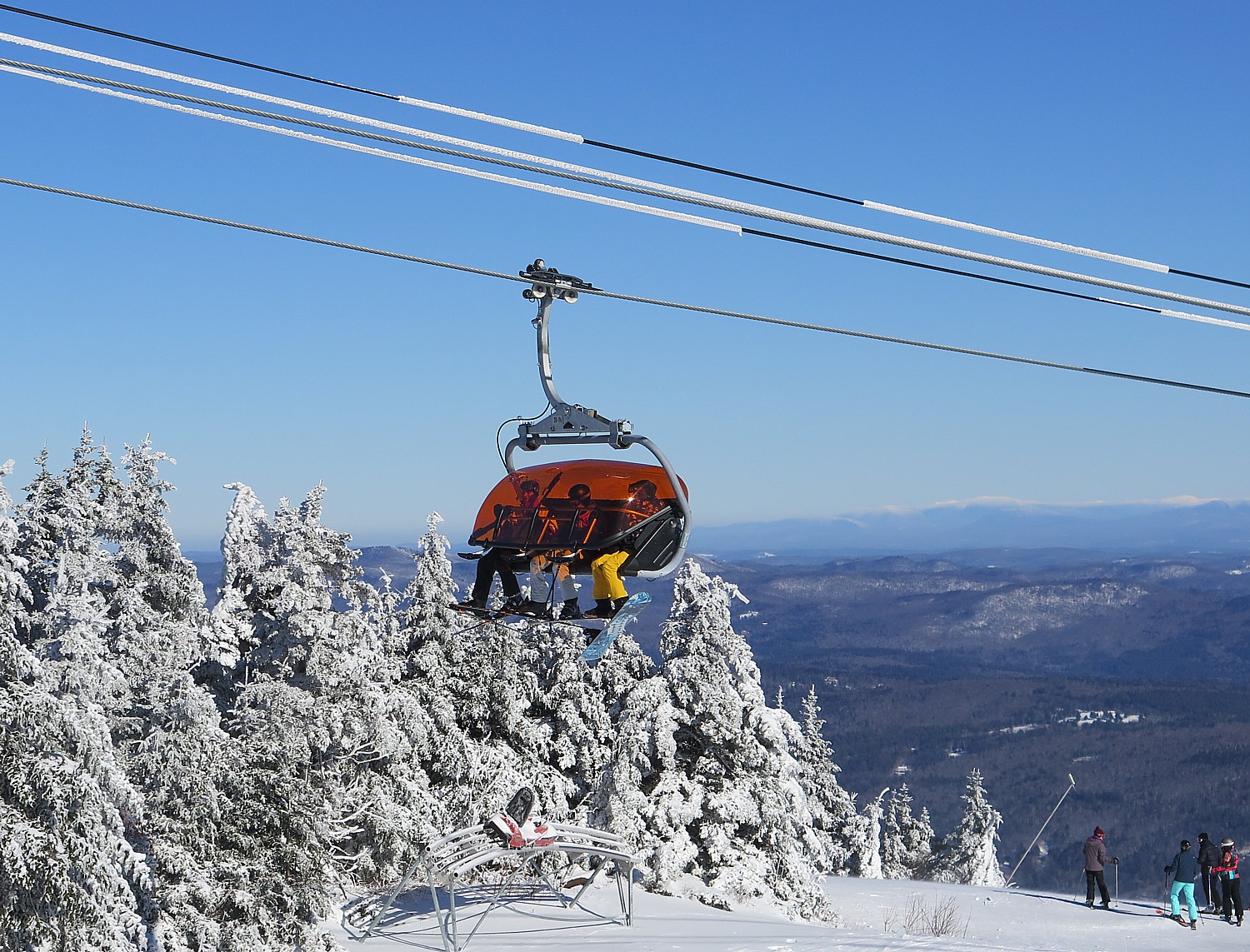
Alterra Mountain Company was created when affiliates of KSL Capital Partners, owners of Squaw Valley Alpine Meadows, and affiliates of Henry Crown and Company purchased Intrawest, Mammoth Resorts, and Deer Valley Resort in 2017. Its most recent acquisition, announced just last month, Crystal Mountain Resort in the Northeast edge of Mt. Rainier National Park, Washington, would bring the company’s total to 14 year-round mountain destinations throughout North America, including the world’s largest heli-skiing operation.
(A third powerhouse resort company, Powdr, now owns Killington and Pico in Vermont, as well as such major resorts as Copper Mountain and Eldora Mountain in Colorado (and the Woodward training programs at Copper Mountain and California), Mt. Bachelor in Oregon, among its portfolio, does not have its own network-wide season pass, but three of its properties, Killington, Eldora and Copper, are part of IKON pass as destination partners.)
But to get the best bang for the buck (before pass prices rise in October, so that the pass basically pays for itself after, say, four to six lift tickets), you need to act soon:
Ikon Pass: Access to 36 Destinations on 3 Continents
The Ikon Pass launched in January 2018 and is a collaboration of industry leaders – Alterra Mountain Company, Aspen Skiing Company, Boyne Resorts, POWDR, Jackson Hole Mountain Resort, Alta Ski Area, Snowbird, SkiBig3, Revelstoke Mountain Resort, Sugarbush Resort, Taos Ski Valley, Thredbo and Niseko United. It now offers skiers and riders access to 36 destinations across three continents.
The Ikon Pass incorporates Aspen Snowmass, Steamboat, Winter Park Resort, Copper Mountain and Eldora in Colorado; Squaw Valley Alpine Meadows, Mammoth Mountain, June Mountain and Big Bear Mountain Resort in California; Jackson Hole Mountain Resort in Wyoming; Big Sky in Montana; Stratton, Killington and Sugarbush Resort in Vermont; Snowshoe in West Virginia; Boyne Highlands and Boyne Mountain in Michigan; Crystal Mountain Resort and The Summit at Snoqualmie in Washington; Tremblant in Quebec and Blue Mountain in Ontario, Canada; SkiBig3 in Alberta, Canada; Revelstoke Mountain Resort and Cypress Mountain in British Columbia, Canada; Sunday River and Sugarloaf in Maine; Loon Mountain in New Hampshire; Deer Valley Resort, Solitude Mountain Resort, Brighton Resort, Alta, and Snowbird in Utah; Thredbo in Australia; and Niseko United in Japan. Special offers are available at CMH Heli-Skiing & Summer Adventures, the world’s largest heli-skiing operation. For more information on the Ikon Pass, visit www.ikonpass.com.
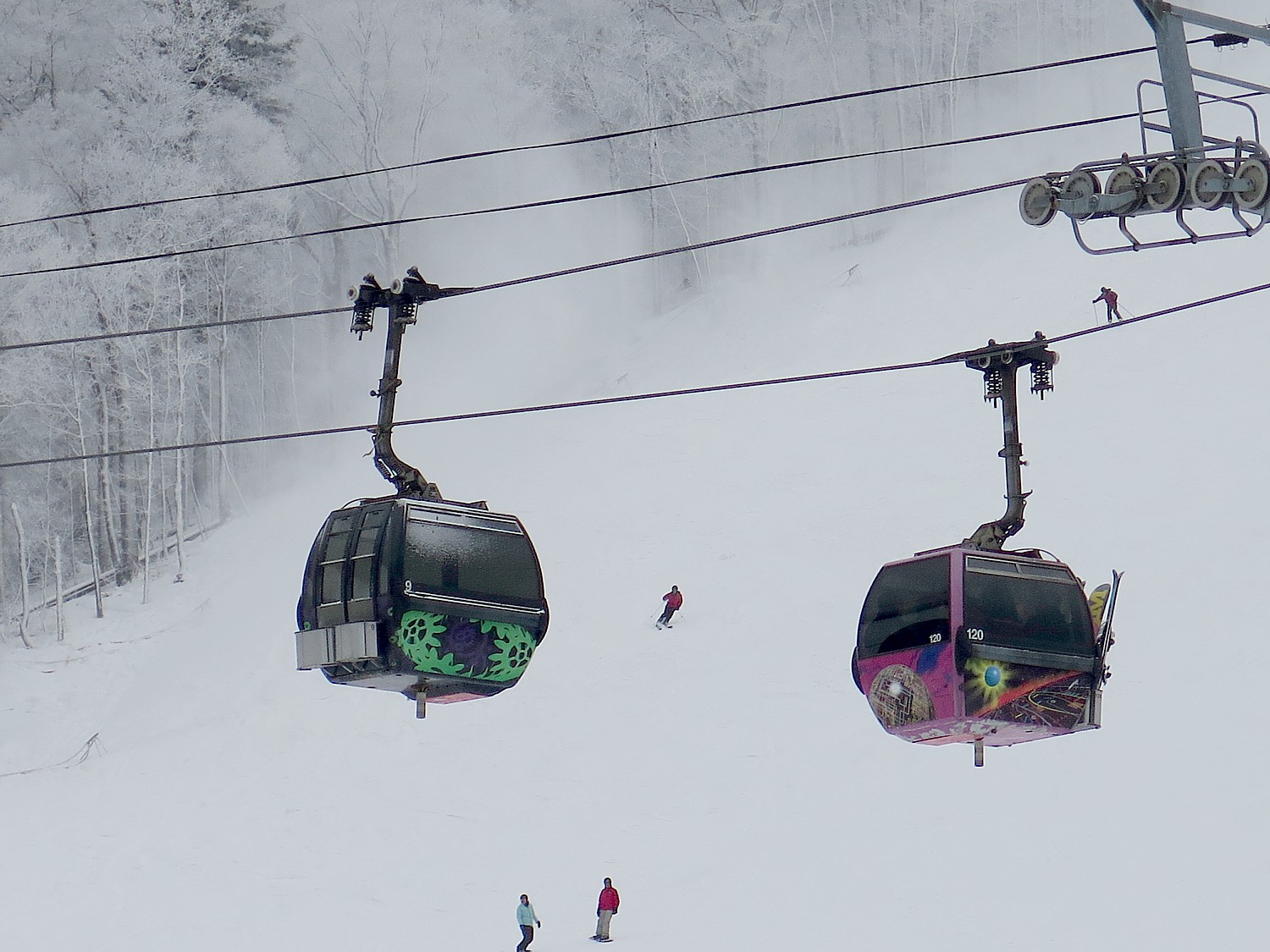
Two pass products are available for purchase at www.ikonpass.com, the Ikon Pass and the Ikon Base Pass, with varying levels of access and benefits. (The pass price will increase of $50 on October 10, 2018.)
Ikon Pass: Unlimited access to 14 destinations and 7-days or 7-days combined at 21 destinations, with zero blackout dates.
Unlimited Access/Zero Blackout Dates: Steamboat, Winter Park Resort, Copper Mountain Resort, Eldora Mountain Resort, Squaw Valley Alpine Meadows, Mammoth Mountain, Big Bear Mountain Resort, June Mountain, Stratton, Snowshoe Mountain, Tremblant, Blue Mountain, Solitude Mountain Resort, Crystal Mountain Resort.
7-Days: Deer Valley Resort, Jackson Hole Mountain Resort, Big Sky Resort, Killington Resort, Revelstoke Mountain Resort, Sugarbush Resort, Sunday River, Sugarloaf, Loon Mountain, Brighton Resort, Boyne Mountain, Boyne Highlands, The Summit at Snoqualmie, Cypress Mountain, Taos Ski Valley, Thedbo, Niseko United
7-Days Combined: Aspen Snowmass: Aspen Mountain, Snowmass, Aspen Highlands, Buttermilk; AltaSnowbird; SkiBig3: Banff Sunshine, Lake Louise, Mt. Norquay
More Benefits: 10 Friends & Family lift tickets offering 25% off of the window rate at any Ikon Pass destination (excluding CMH), with no blackout dates; Free one-year $50-value membership to Protect Our Winters that includes POW die cut stickers, 20% off POW store merchandise, a monthly POW newsletter, and a subscription to the biweekly email newsletter, “The Line”.
The price before October 10, 2018: Adult = $999; Teen = $819; Child = $549; 4 & Under = $29
As of October 10, 2018: Adult = $1,049; Teen = $869; Child = $599; 4 & Under = $29

Ikon Base Pass: Unlimited access to 12 destinations and 5-days or 5-days combined at 23 destinations, with 10 blackout dates.
Unlimited Access/10 Blackout dates: Winter Park Resort, Copper Mountain Resort, Eldora Mountain Resort, Squaw Valley Alpine Meadows (holiday restrictions), Mammoth Mountain (holiday restrictions), June Mountain (holiday restrictions), Big Bear Mountain Resort, Tremblant, Blue Mountain, Snowshoe Mountain, Solitude Mountain Resort, Crystal Mountain Resort.
5-Days: (Holiday restrictions at all) Deer Valley Resort, Jackson Hole Mountain Resort, Big Sky Resort, Killington Resort, Revelstoke Mountain Resort, Sugarbush Resort, Sunday River, Sugarloaf, Loon Mountain, Brighton Resort, Boyne Mountain, Boyne Highlands, The Summit at Snoqualmie, Cypress Mountain, Taos Ski Valley, Thedbo, Niseko United
5-Days Combined (Holiday restrictions at all): Aspen Snowmass: Aspen Mountain, Snowmass, Aspen Highlands, Buttermilk; AltaSnowbird; SkiBig3: Banff Sunshine, Lake Louise, Mt. Norquay
Blackout dates: Dec. 26 – 31, 2018; Jan. 19 – 20, 2019; and Feb. 16 – 17, 2019
More Benefits: 8 Friends & Family lift tickets, good for 25% off the window rate at any Ikon Pass destination (excluding CMH), with select blackout dates; Free one-year membership to Protect Our Winters ($50-value) that includes POW die-cut stickers, 20% off POW store merchandise, a monthly POW newsletter, and a subscription to the biweekly email newsletter, “The Line”.
The price before October 10, 2018: Adult = $699; Teen = $579; Child = $399; 4 & Under = $29
As of October 10, 2018: Adult = $749; Teen = $629; Child = $449; 4 & Under = $29
For more information visit www.ikonpass.com.
Headquartered in Denver, Alterra Mountain Company’s family of resorts spans five U.S. states and three Canadian provinces: Steamboat and Winter Park Resort in Colorado; Squaw Valley Alpine Meadows, Mammoth Mountain, June Mountain and Big Bear Mountain Resort in California; Stratton in Vermont; Snowshoe in West Virginia; Tremblant in Quebec, Blue Mountain in Ontario; Deer Valley Resort and Solitude Mountain Resort in Utah; and CMH Heli-Skiing & Summer Adventures in British Columbia. The company owns and operates a range of recreation, hospitality, real-estate development, food and beverage and retail businesses. For more information visit www.alterramtnco.com.
Vail Resorts’ Epic Pass
Ski as much as much as you want, whenever you want. The Epic Pass offers unlimited, unrestricted access to 19 mountain resorts plus additional access to 46 more, including 20 new mountains for the 2018-19 season. Epic Pass provides access to 65 of the world’s premier resorts throughout the United States, Canada, Australia, Japan, France, Switzerland, Italy, and Austria.
The pass now incorporates Telluride, Crested Butte, Okemo, Mount Sunapee, Stevens Pass, Fernie, Kicking Horse, four additional resorts in Canada, and nine resorts within Hakuba Valley, Japan. Among the special advantages the pass affords are opportunities to get the lowest price at most resorts, direct-to-lift access, discounted tickets for family and friends. The Epic Local pass offers access to 27 resorts as well as limited restrictions at world-class resorts around the world.
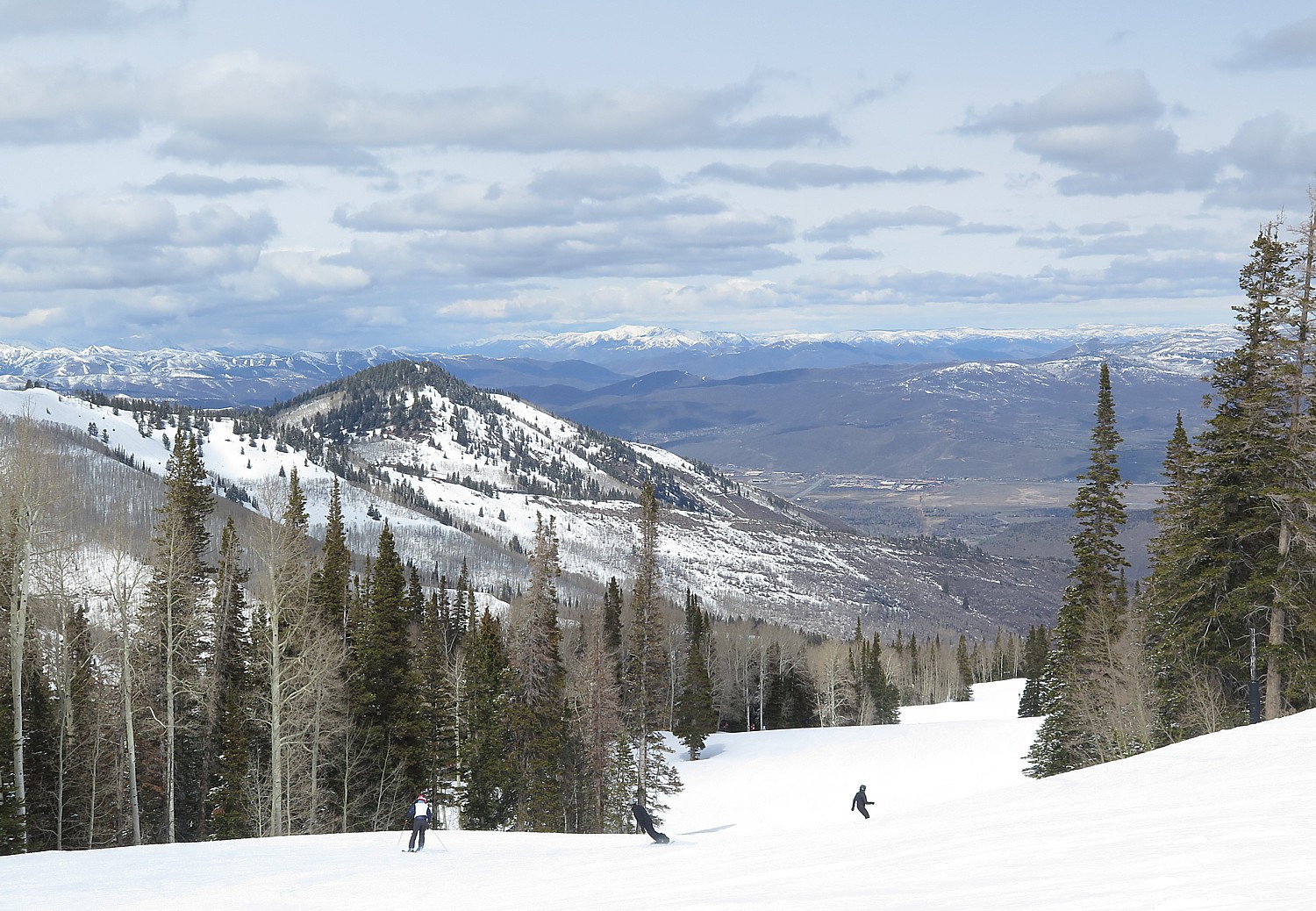
Epic Pass holders enjoy unlimited, unrestricted access to Vail, Beaver Creek, Breckenridge, Keystone, Crested Butte and Arapahoe Basin in Colorado; Park City in Utah; Heavenly, Northstar and Kirkwood at Lake Tahoe; Stowe and Okemo in Vermont; Mount Sunapee in New Hampshire; Stevens Pass in Washington; Afton Alps in Minnesota; Mt. Brighton in Michigan; Wilmot Mountain in Wisconsin; Whistler Blackcomb in Canada; and Perisher in Australia for the 2019 season.
New for the 2018-19 season, Epic Pass holders receive seven days of skiing or snowboarding with no blackout dates at both Telluride in Colorado and at Resorts of the Canadian Rockies (Fernie Alpine Resort, Kicking Horse Mountain Resort and Kimberley Alpine Resort in British Columbia, Nakiska in Alberta, and Mont-Sainte Anne and Stoneham in Quebec), in addition to five total consecutive days with no blackout dates at Hakuba Valley’s nine ski resorts in Japan. The Epic Pass also grants limited access to Les 3 Vallées, Paradiski and Tignes-Val D’Isere in France; 4 Vallées in Switzerland; Arlberg in Austria and Skirama Dolomiti in Italy.
The Epic Pass before the price hike Oct. 7 is $929 (adult, $479 (child). Passholders also get access to 20% off the best available rate including sale prices where available at Vail Resorts locations. (www.epicpass.com/Passes/Epic-Pass).

Here’s a snapshot of what’s new at Vail Resorts:
Emma Digital Mountain Assistant
This spring, Vail Resorts introduced Emma, the Epic Mountain Assistant, and the world’s first digital mountain assistant to help guide guests visiting participating Vail Resorts locations. Using artificial intelligence and natural language processing, Emma has the ability to answer a wide range of guests’ questions in real time about their vacation through SMS text. Emma demonstrates Vail Resorts’ commitment to providing its guests with the best possible experience as on-demand information, such as weather and grooming conditions. From the early planning stages to arrival and all the way through departure, Emma offers guests an unprecedented breadth of information tailored to each resort. Emma will debut for the 2018-19 winter season at Vail, Beaver Creek, Breckenridge and Keystone in Colorado; Park City in Utah; Heavenly, Northstar and Kirkwood in Tahoe; and Whistler Blackcomb in British Columbia, Canada. As Emma evolves, she will be able to support summer at the resorts as well. More information can be found at www.EmmaIsEpic.com.
Stowe
New for the 2018-19 winter season at Stowe Mountain Resort are the ‘Kids Adventure Zones.’ An on-mountain sign package will at long last identify the best low-angle gladed areas on Mt. Mansfield. Intermediate skiers and riders of all ages can explore these side-country trails directly from the top-to-bottom, blue and green cruisers that made Stowe famous.
This is only the second season for Stowe’s $30 million Adventure Center. This state-of-the art facility literally sets a new standard in the industry for kids and family amenities. Located at Spruce Peak, Stowe’s Adventure Center is home to all its children’s programs, from daycare facilities to ski and ride programs for kids ages three and up. The building also includes new shops, an Indoor Climbing Center (called Stowe Rocks) and family-friendly dining in The Canteen restaurant.
Also new at Stowe is the Spruce Peak outdoor Ice Skating rink. Open 11 a.m. to 9 p.m. daily, ice skating is complementary and open to the public. Skate rentals are available.
Whistler/Blackcomb: The new Cloudraker Suspension Bridge and Raven’s Eye Viewing Platform is now the highest suspension bridge in North America at the top of Whistler Mountain, some 2,182 m /7,160 feet above sea level. Spanning 130 m /426.5 feet from the Peak to West Ridge, the Cloudraker Suspension Bridge thrills the sightseer, mountain biker, skier or snowboarder’s world all year round᷾. Four cables tensioned to 80,000 lbs. support 101 500-lb. steel modules to cover the span. Get out midway on a busy day, and your knees wobble with the bridge as you hang above Whistler Bowl. The cantilevered walkway at its pinnacle is well worth the daring traverse. The triangular Raven’s Eye platform extends 12.5 m /40.7 feet out from the West Ridge and is 50 m /164 feet above the ski run below. Take in views of Rainbow Mountain, Alta Lake and Black Tusk from a bird’s eye perspective.
New Blackcomb Gondola: Running from the Upper Village to the Rendezvous Lodge on Blackcomb Mountain, the new Blackcomb Gondola rises 3.86 kilometers from bottom to top. This 10- person Doppelmayr lift carries 184 cabins and transports 4,000 people per hour. Primarily manufactured in Saint-Jérôme, Quebec, its mid-station will load 200 meters below the mid-point of the Wizard and Solar Chairs it replaces. Connecting to the PEAK 2 PEAK and Village gondolas, it completes the longest circuitous lift system in the world, at a ride just shy of 12km.
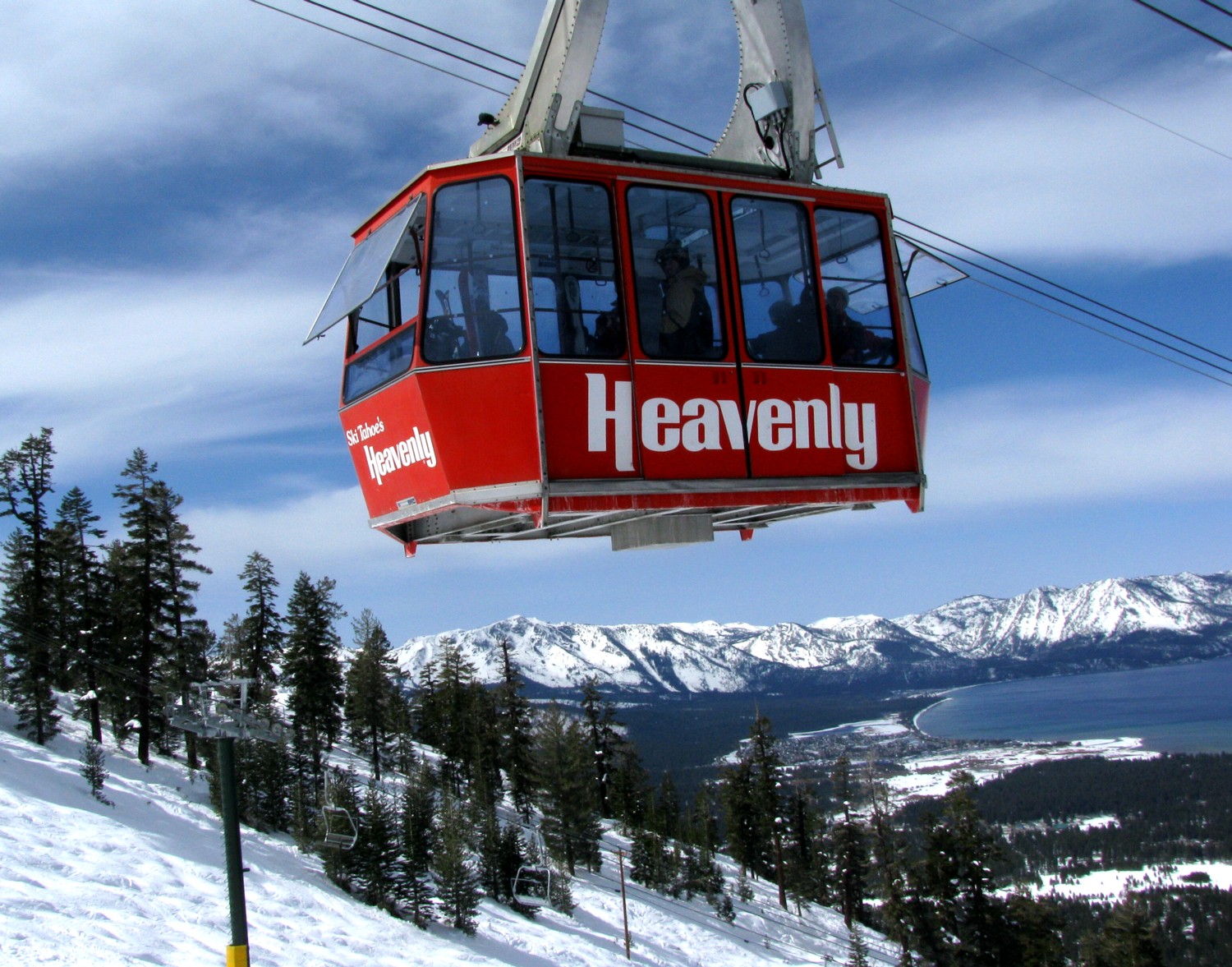
Heavenly Lake Tahoe: New at Heavenly Lake Tahoe are guided UTV Tours. The winter tours leave from the top of the gondola for a 45-minute ride accessing scenic viewpoints at 10,000 feet elevation. Guides traverse to Blue Sky Terrace and stop along the way to discuss Lake Tahoe, environmental interpretation aspects, along with photo opportunities that are otherwise inaccessible.
Lakeland Village Resort, an expansive retreat right on the shores of Lake Tahoe, opens this season. This beautiful townhome property boasts 19 acres of lakeside woodlands, and stunning views of Lake Tahoe and the Sierra, making it an incredibly scenic place to stay less than a mile from Heavenly Resort. Hop on the onsite shuttle to nearby casinos, restaurants and downtown. As a Heavenly operated property, guests can buy lift tickets, book ski school and plan the entire stay right on location.
Park City, Utah: Slated to debut at Park City in time for the 2018-19 winter season, the new High Meadow Park at Canyons Village will offer guests a dedicated learning area designed exclusively for beginner skiers. The existing High Meadow four-passenger lift is being replaced with a high-speed, four-passenger lift, increasing uphill capacity by 50 percent and shortening overall ride time by 70 percent. Additional snowmaking throughout the area will further ensure guests ideal snow surface conditions for learning.
Keystone, Colorado: Keystone’s popular Kidtopia Signature Event Series will feature three distinct events throughout the winter to complement the family experience at Keystone. The Kidtopia Spectacular, Nov. 24-Dec. 24, marks the first signature event of the winter and welcomes the holiday season with a mountaintop celebration and lighting ceremony of the world’s largest snow fort. The Kidtopia Culinary Festival, Feb. 9-17, features a savory lineup tailored to the youngest of foodies. The Kidtopia Music Experience, March 1-10, begins the spring skiing and snowboarding season with music-themed fun including the Snow Pants Dance Party, a live outdoor music performance by popular family-friendly acts.
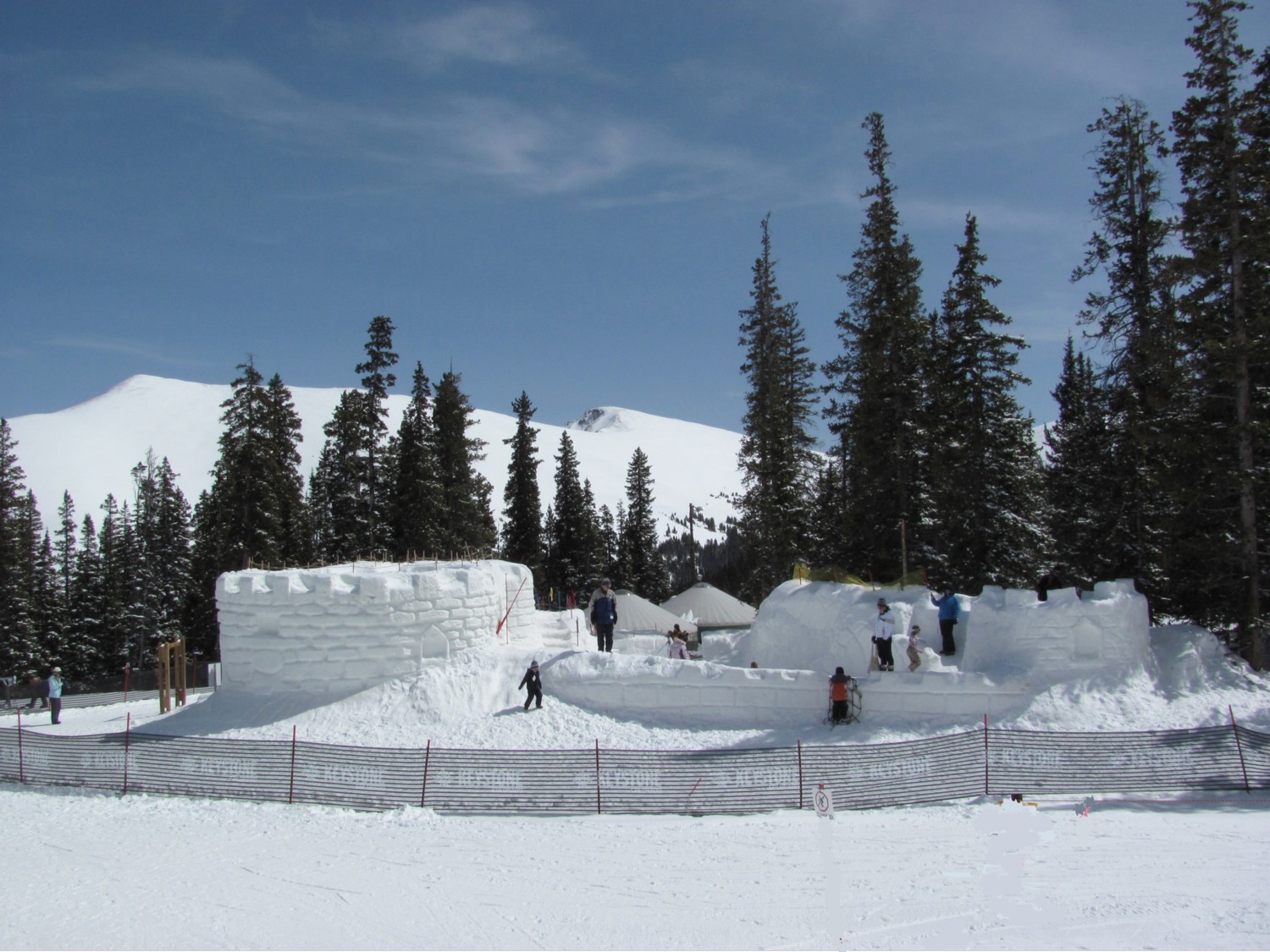
Beaver Creek, Colorado: Beaver Creek’s New Haymeadow Park Learning Area: Following the debut of Red Buffalo Park during the 2017-18 season, Beaver Creek Resort is debuting a second signature learning area in 2018-19. At the heart of Haymeadow Park are a beginner gondola and lift, Haymeadow Express Gondola (#1) and Highlands Lift (#2), plus adjacent magic carpets designed for beginner skiers and riders of all ages. Beaver Creek’s innovative learning terrain is designed around creating the most enjoyable beginner experience with snow terrain features perfectly sculpted to ensure a guests’ first skiing and riding experience is positive. Terrain improvements include a learning area with small terrain features, a beginner race course, Buffalo Bumps and Berms, and Ske-Cology environmental learning. Haymeadow Park amenities also include culinary delights such as the new Ice Cream Parlour located at the The Ranch offering nostalgic ice cream novelties or a quick soup and sandwich lunch. An exclusive specialty kid-designed restaurant lunch area is also provided at The Ranch for kids enrolled in Ski School. For more discerning palates, guests can enjoy gourmet, ski-in lunch service at SaddleRidge Restaurant, renowned for its gourmet Colorado regional cuisine.
More information at snow.com.
__________________
© 2018 Travel Features Syndicate, a division of Workstyles, Inc. All rights reserved. Visit goingplacesfarandnear.com, www.huffingtonpost.com/author/karen-rubin, and travelwritersmagazine.com/TravelFeaturesSyndicate/. Blogging at goingplacesnearandfar.wordpress.com and moralcompasstravel.info. Send comments or questions to FamTravLtr@aol.com. Tweet @TravelFeatures. ‘Like’ us at facebook.com/NewsPhotoFeatures


